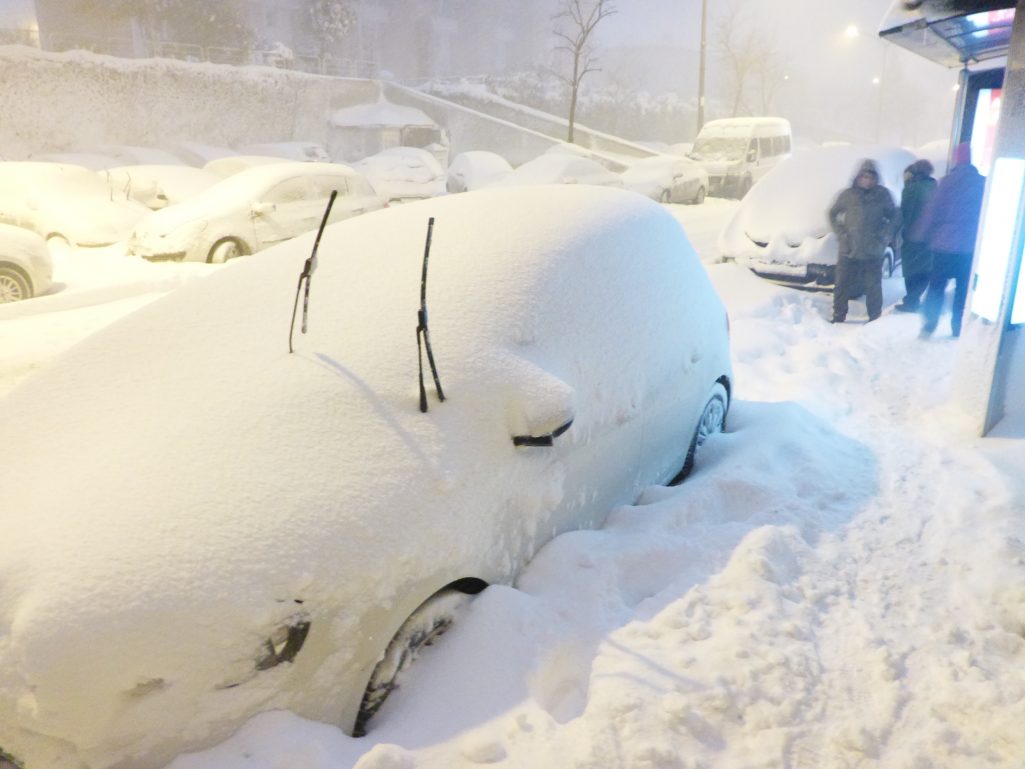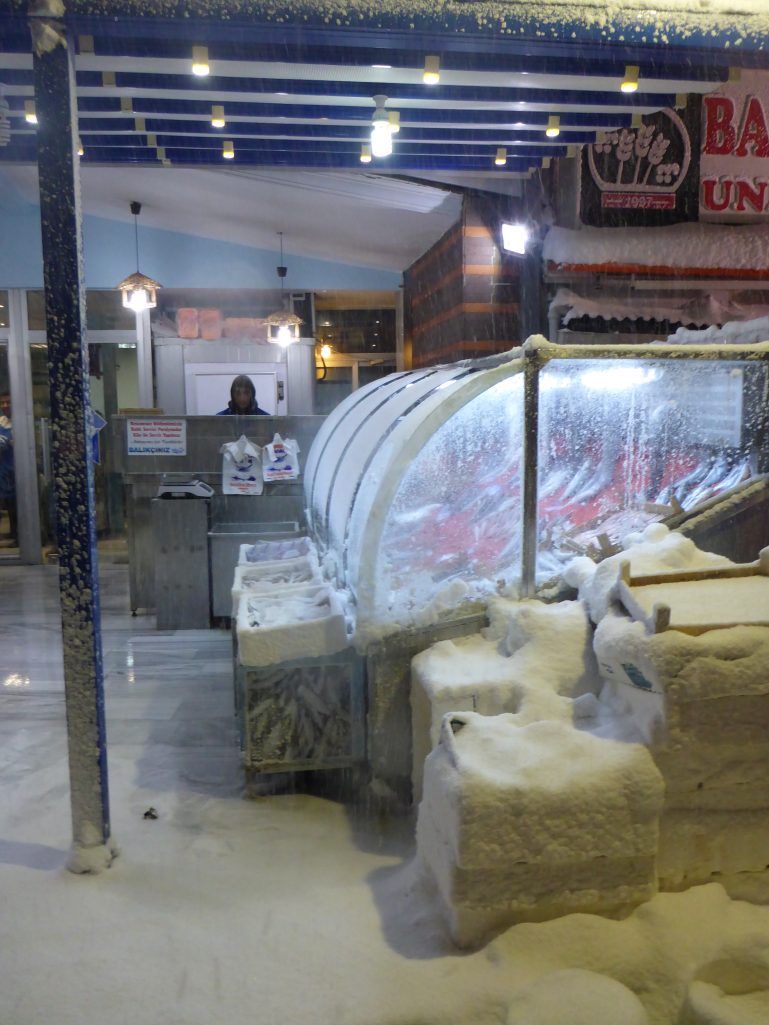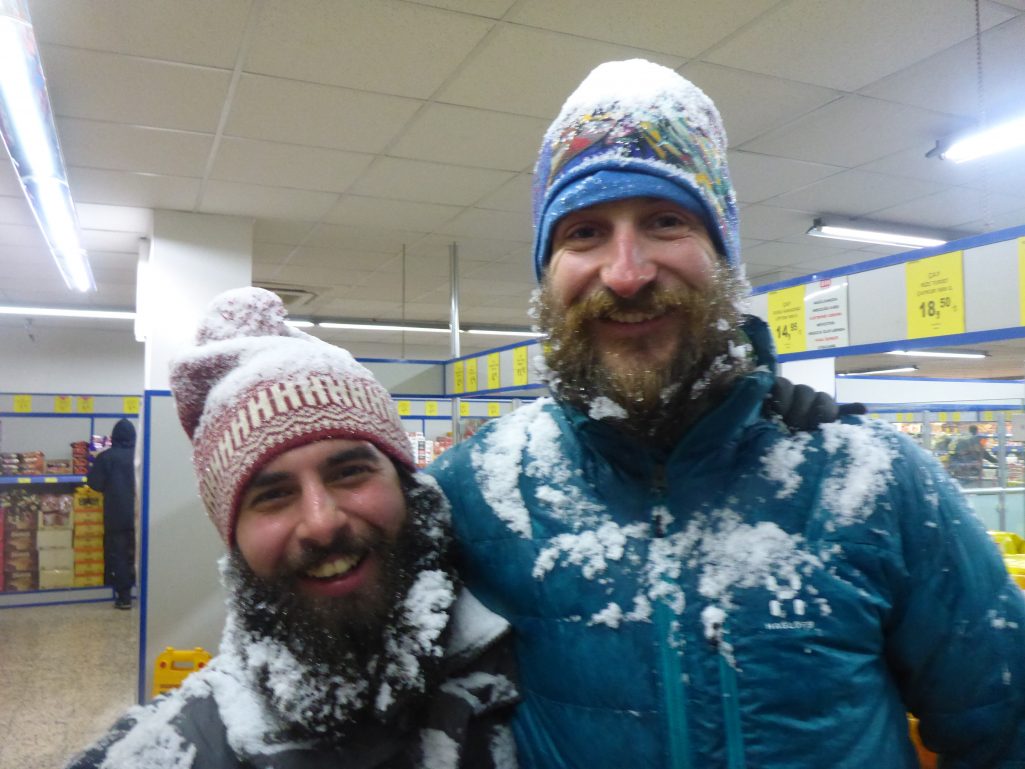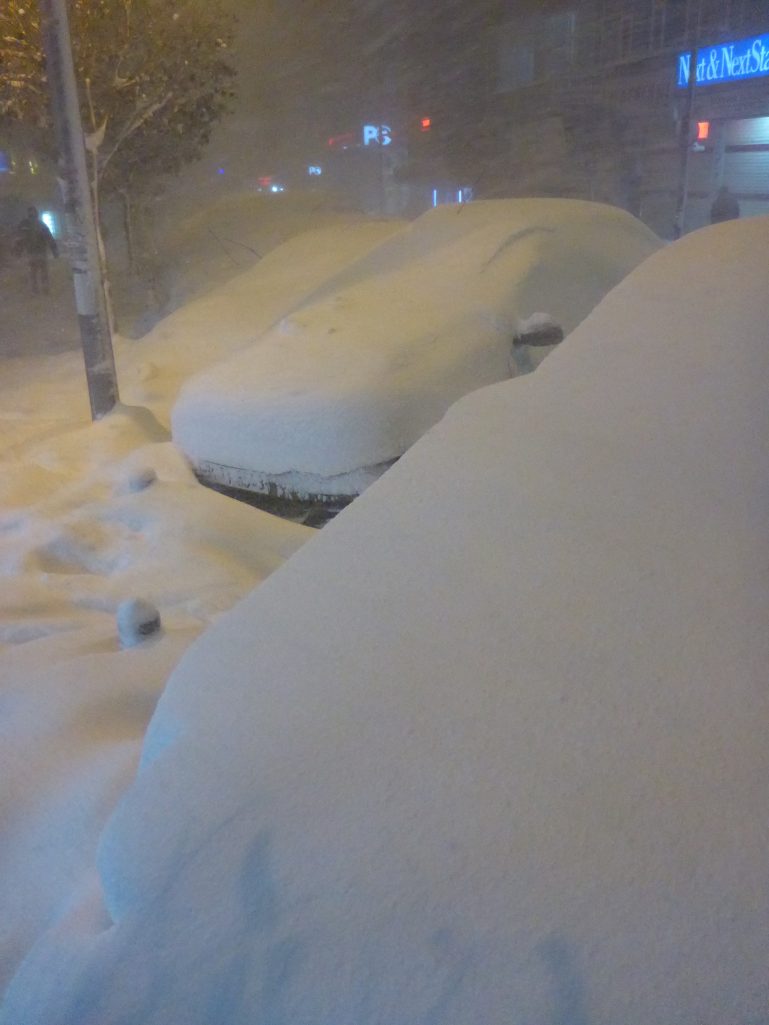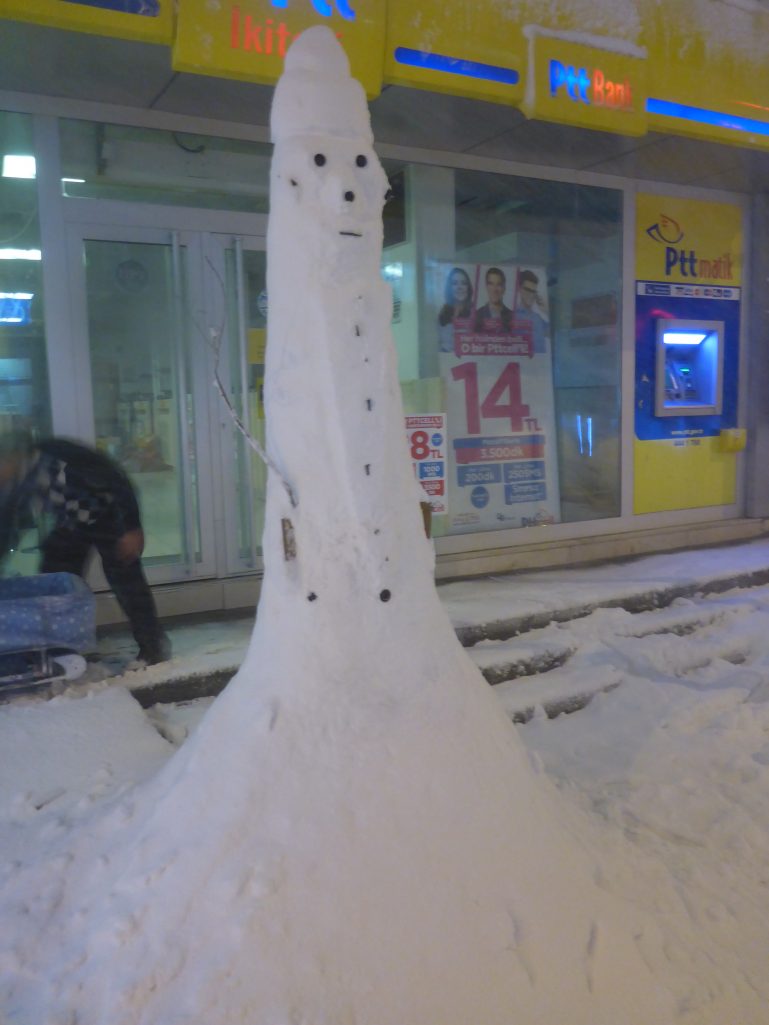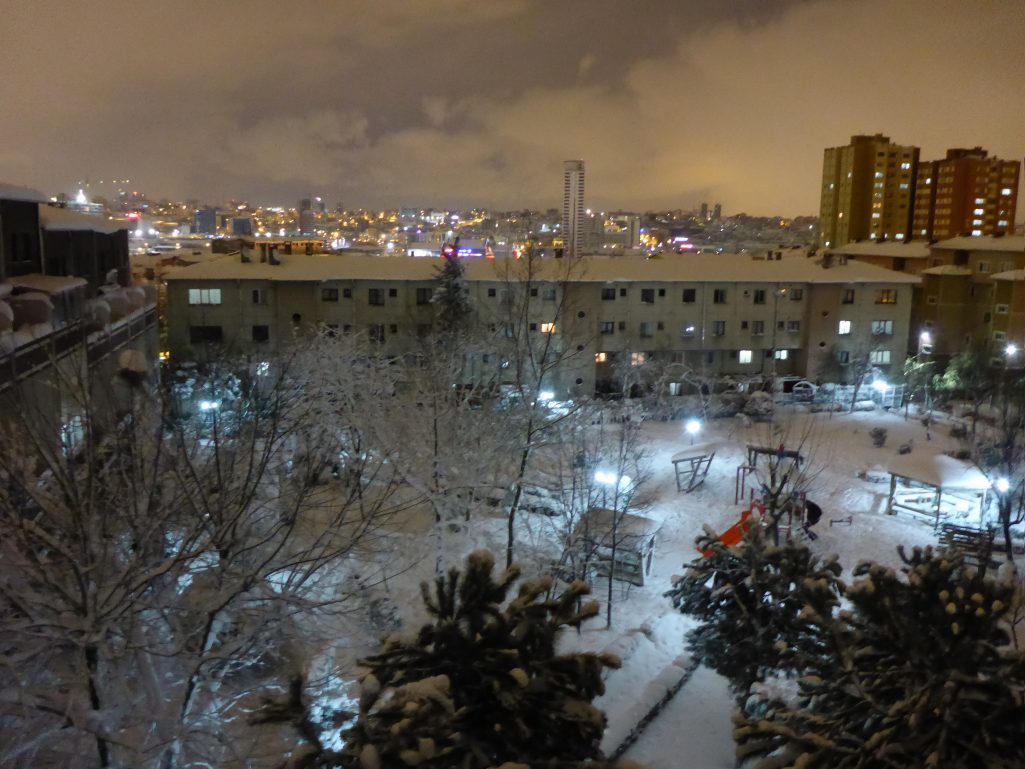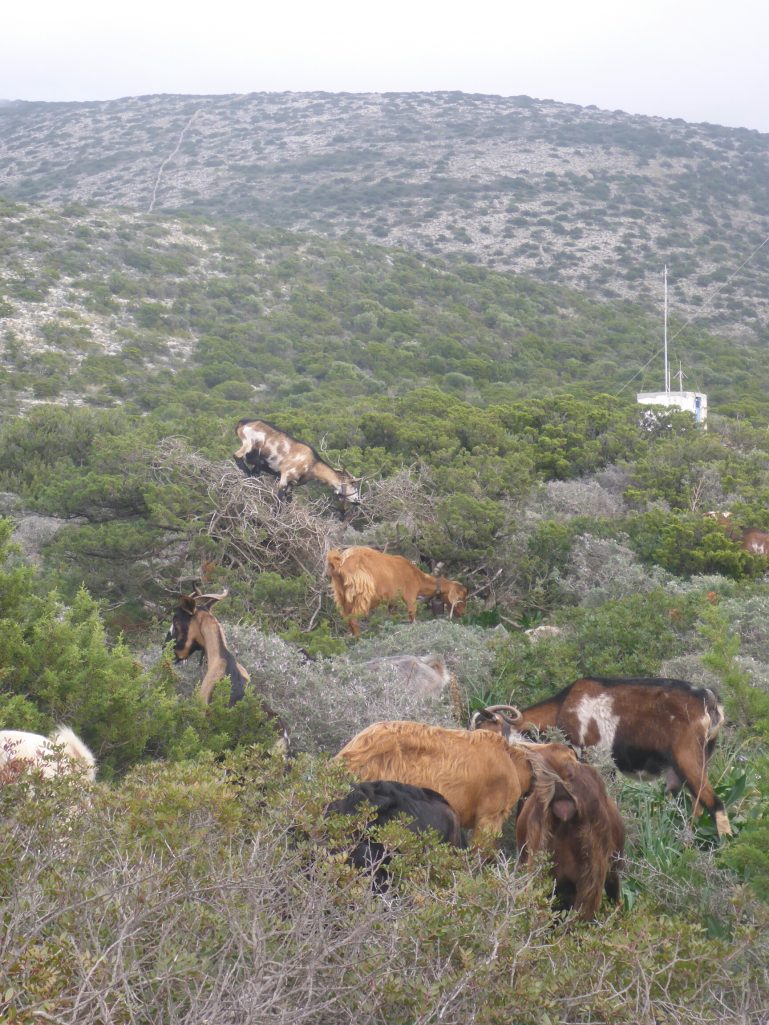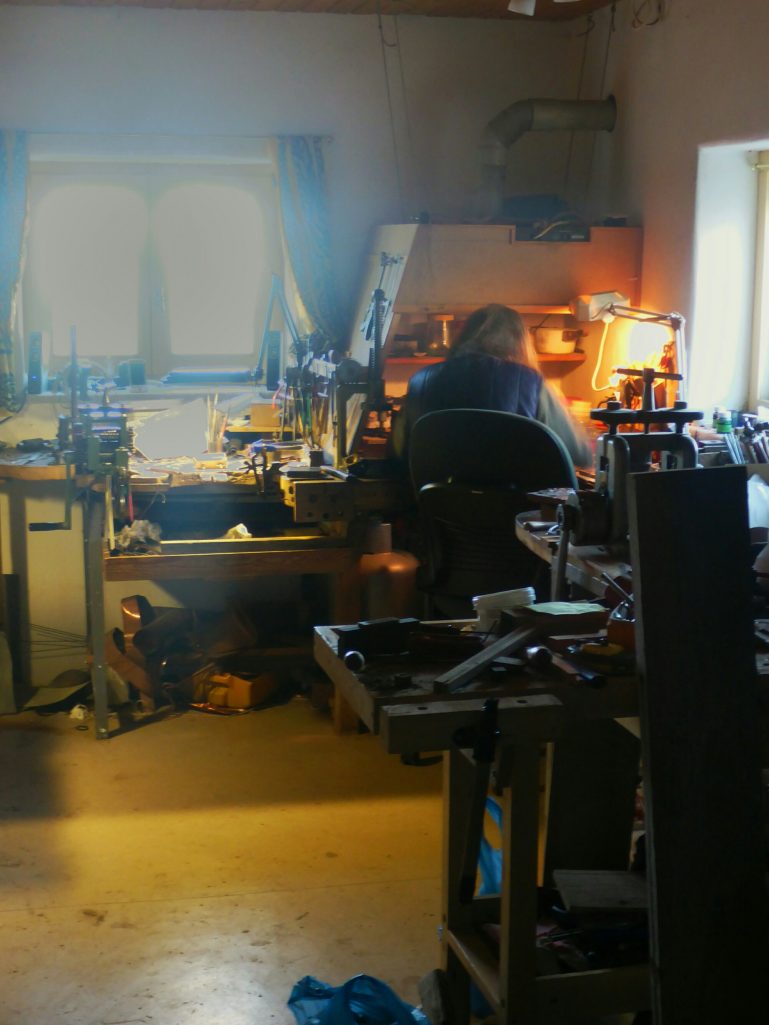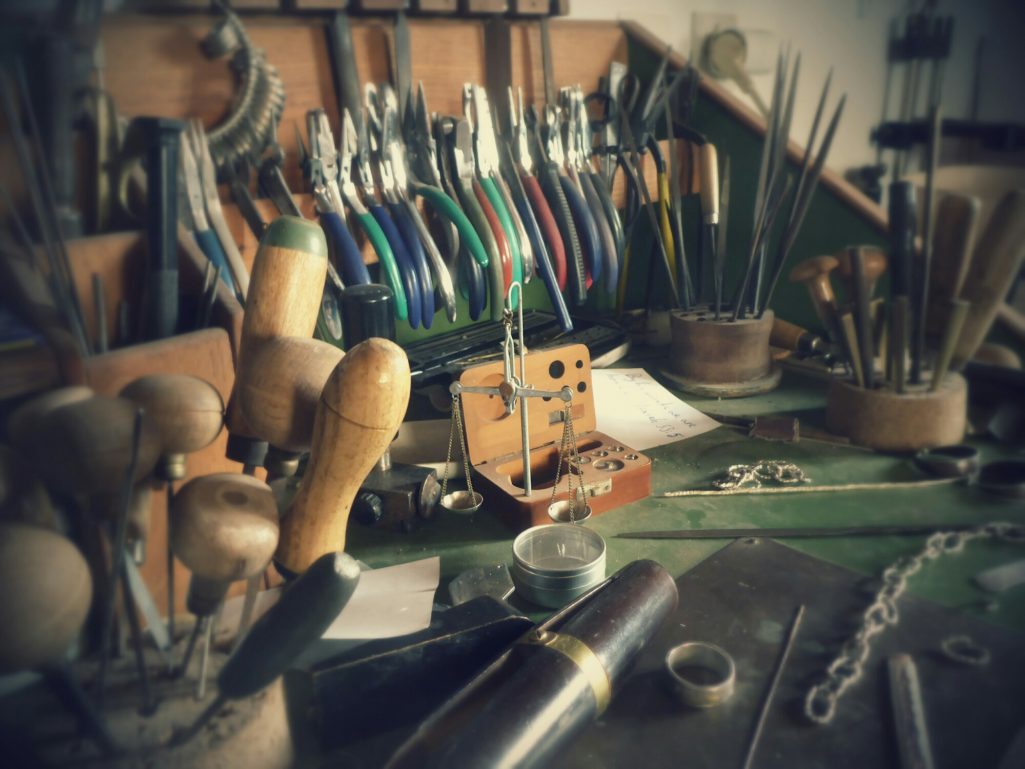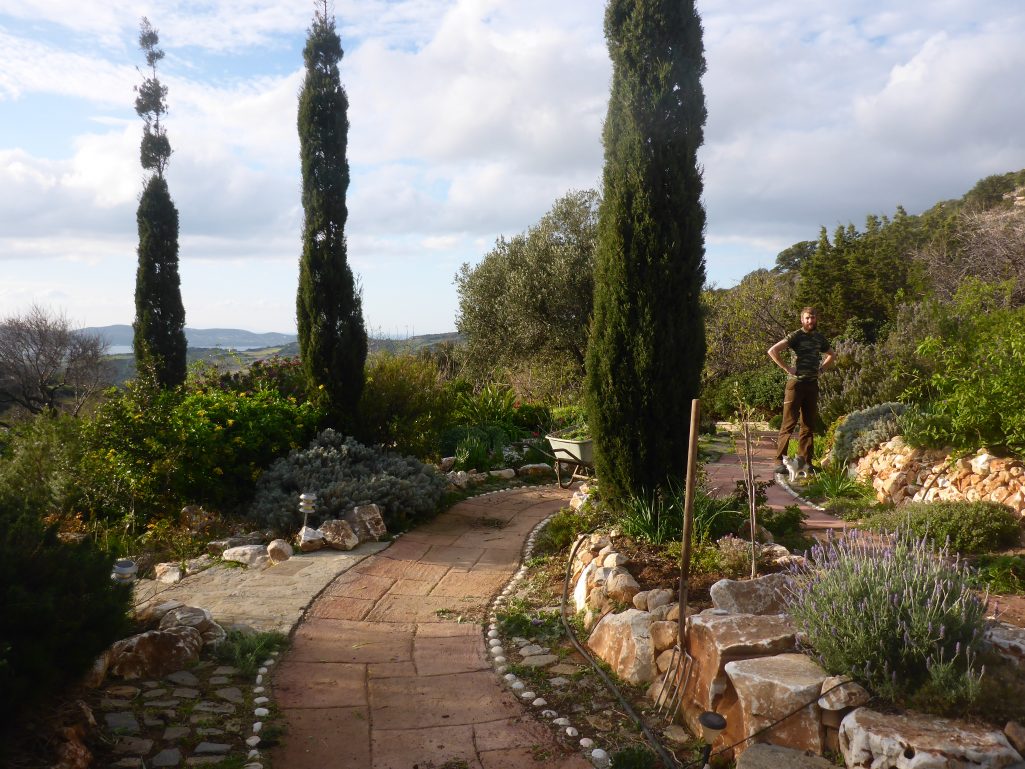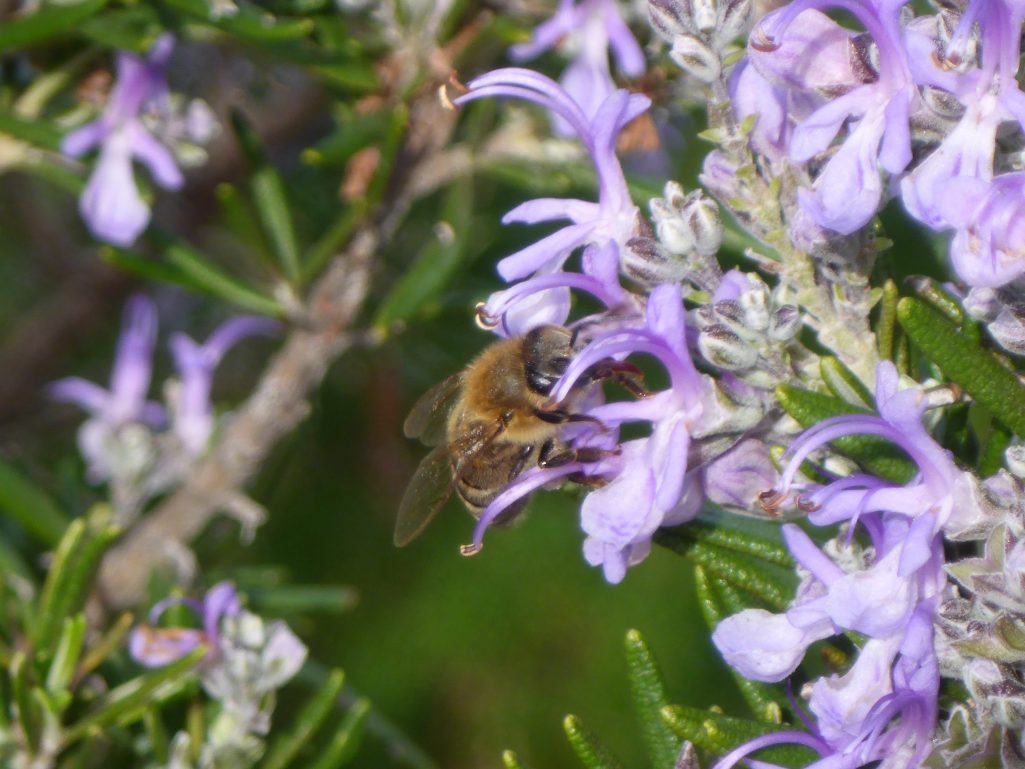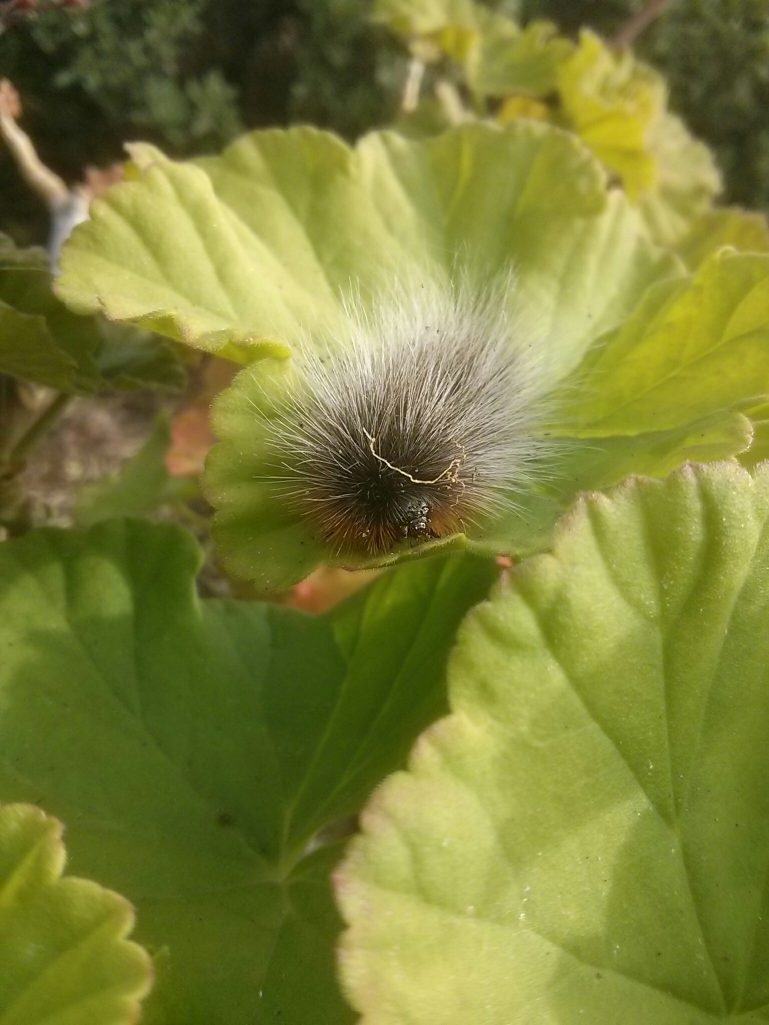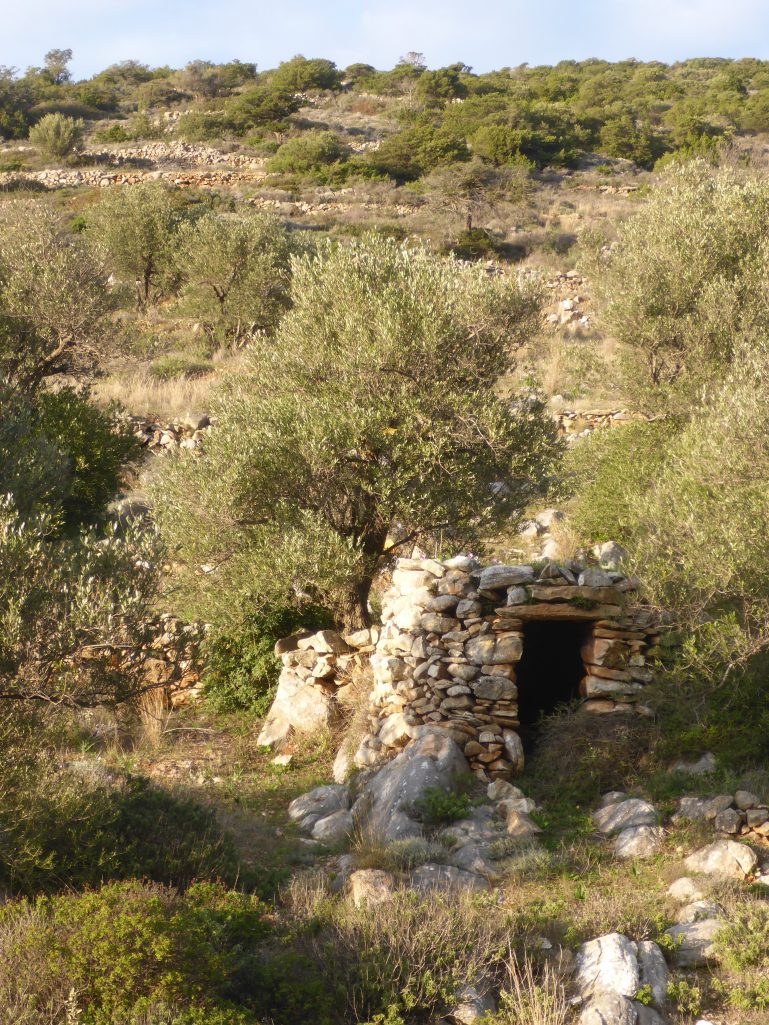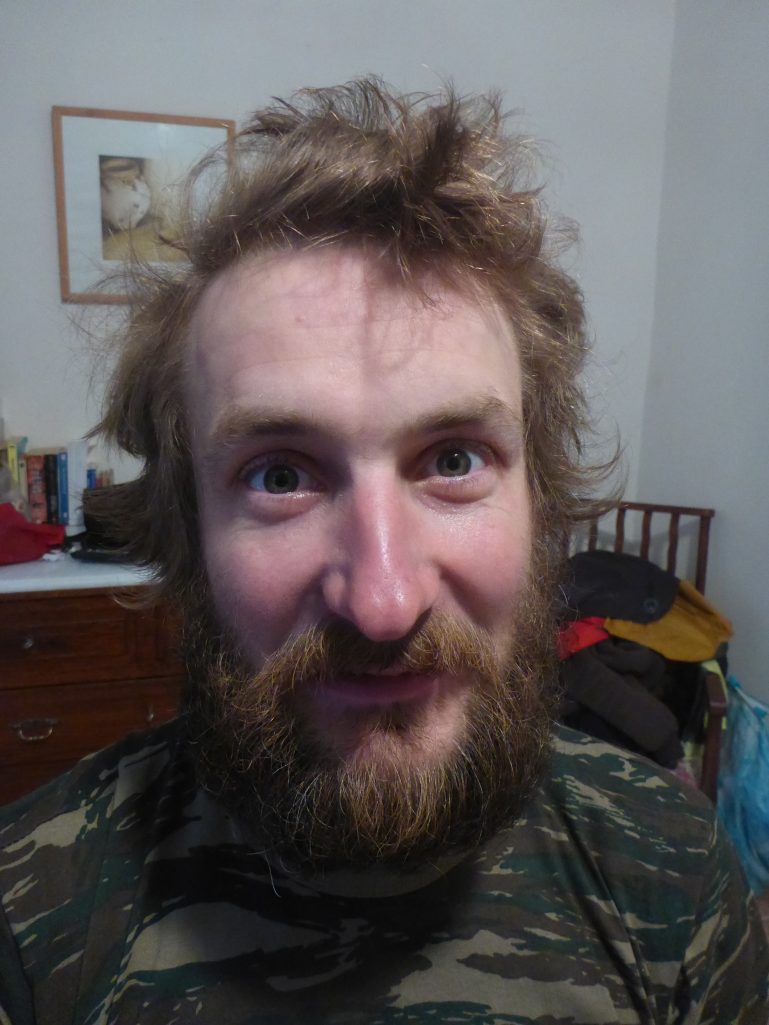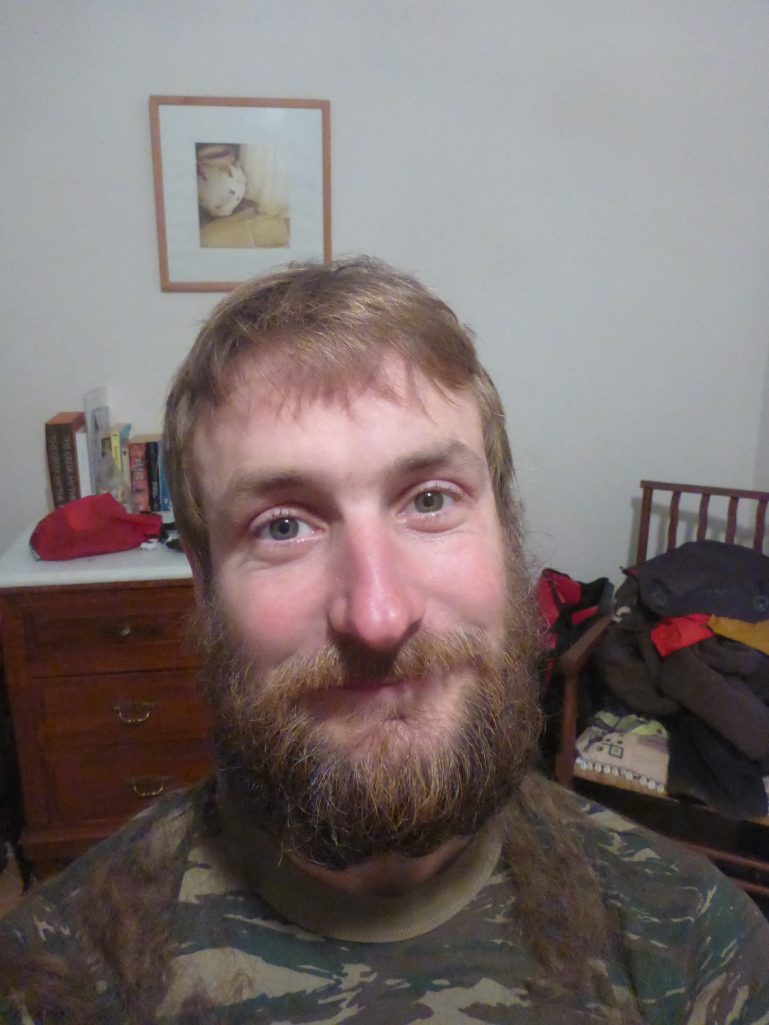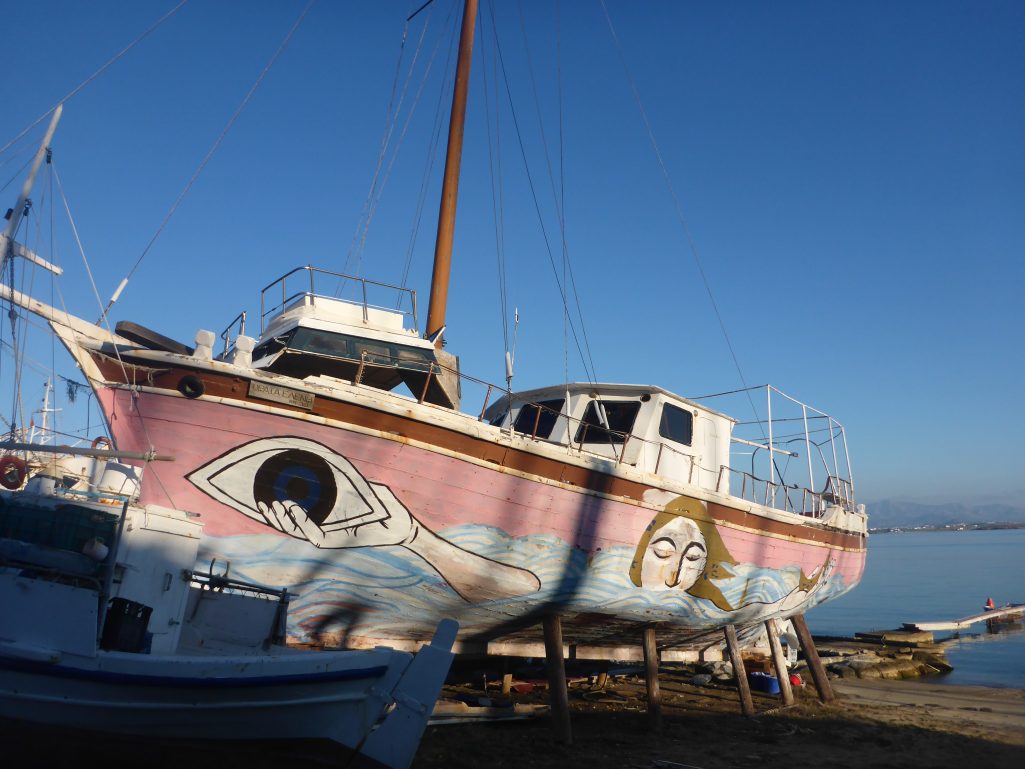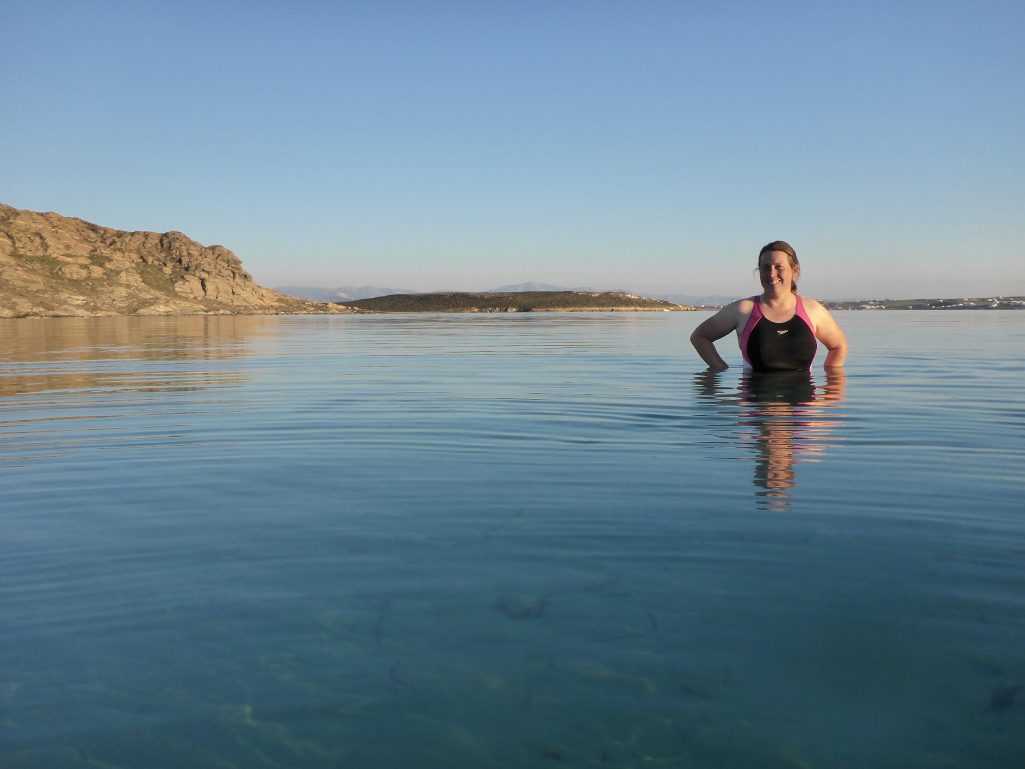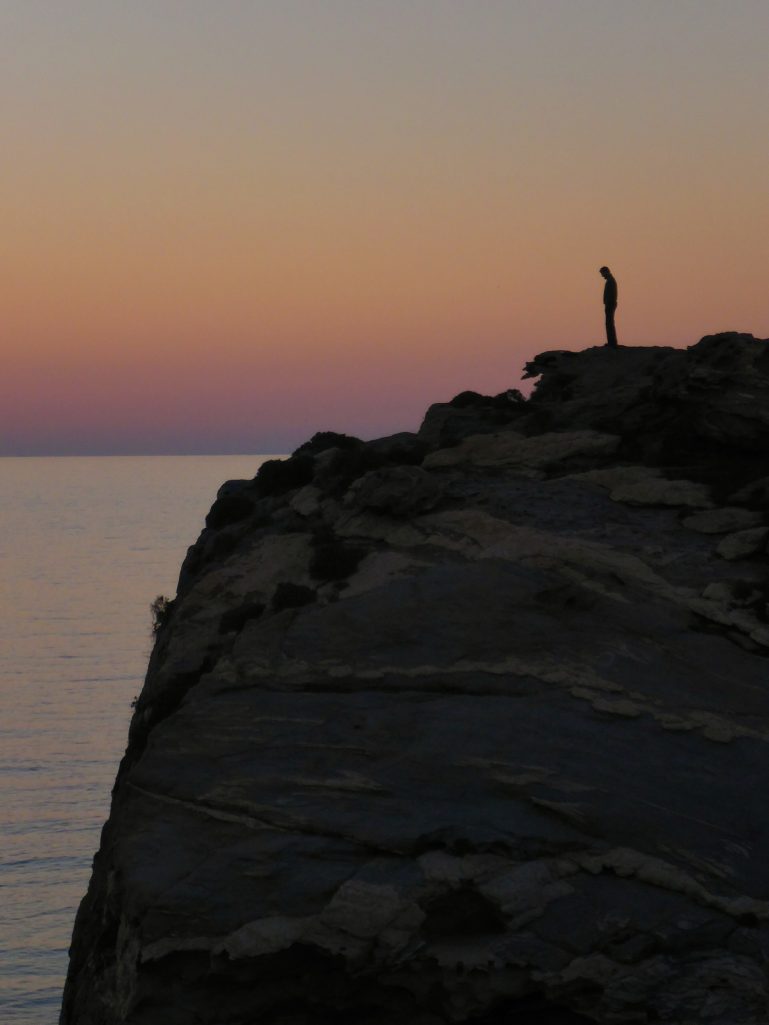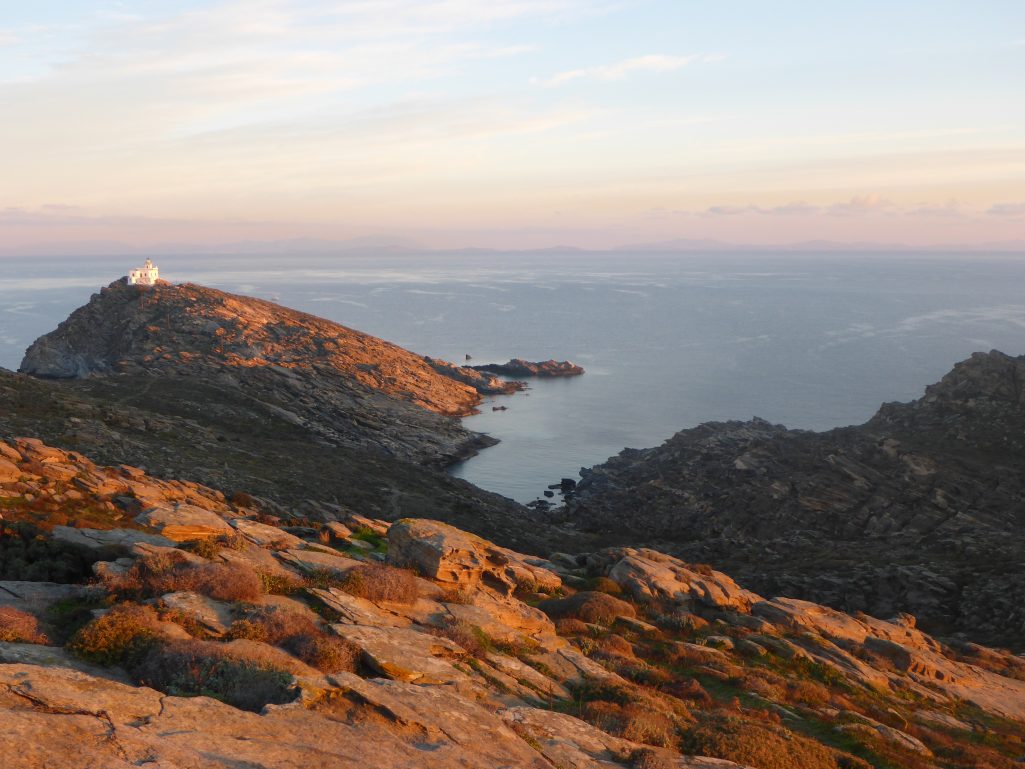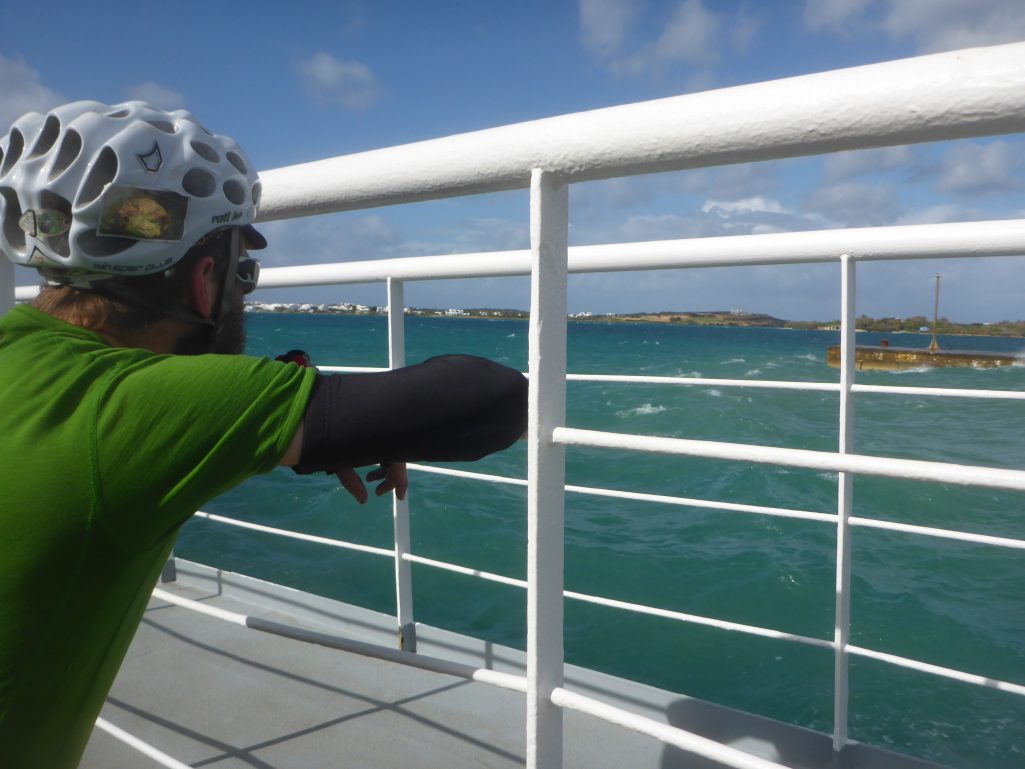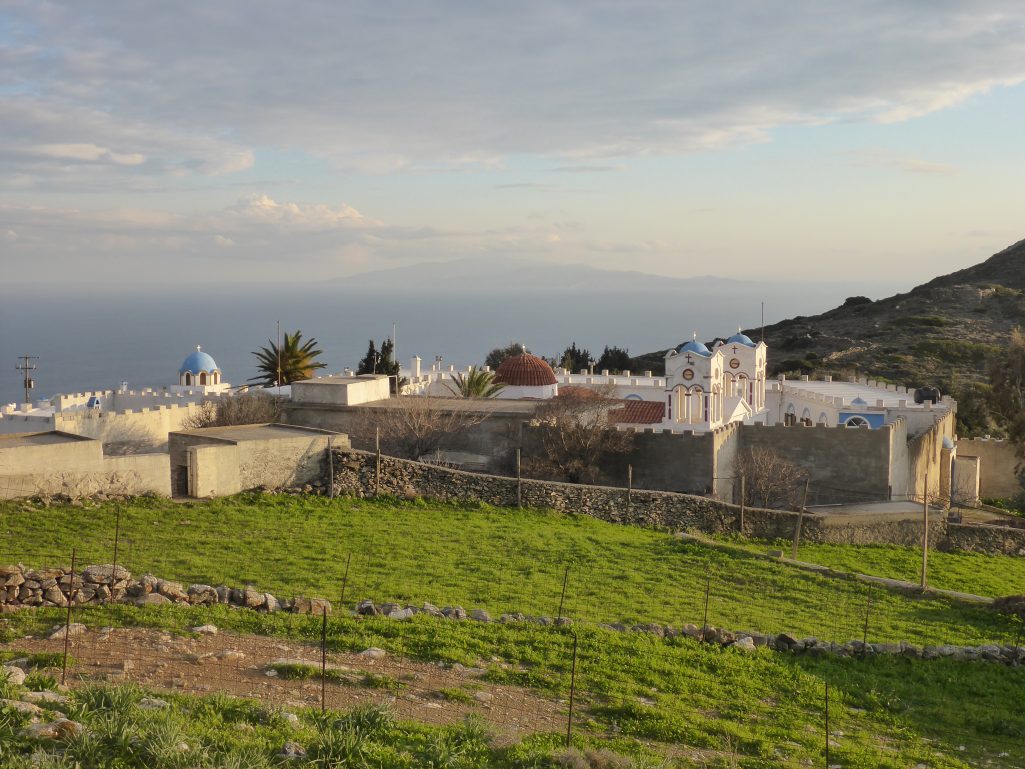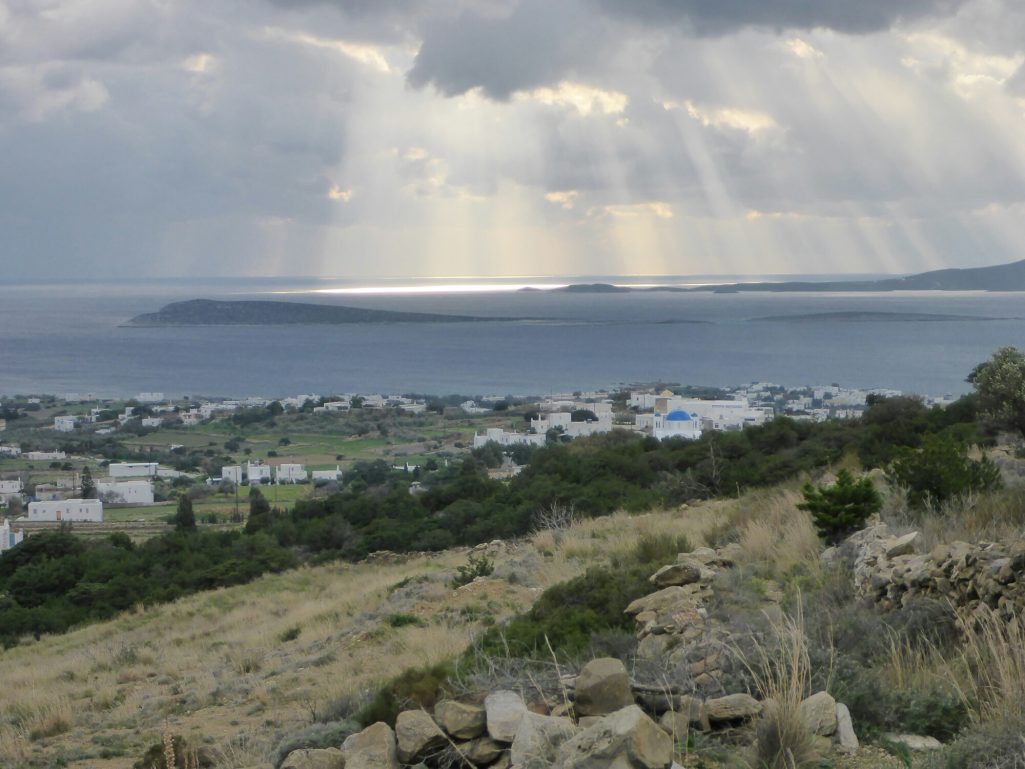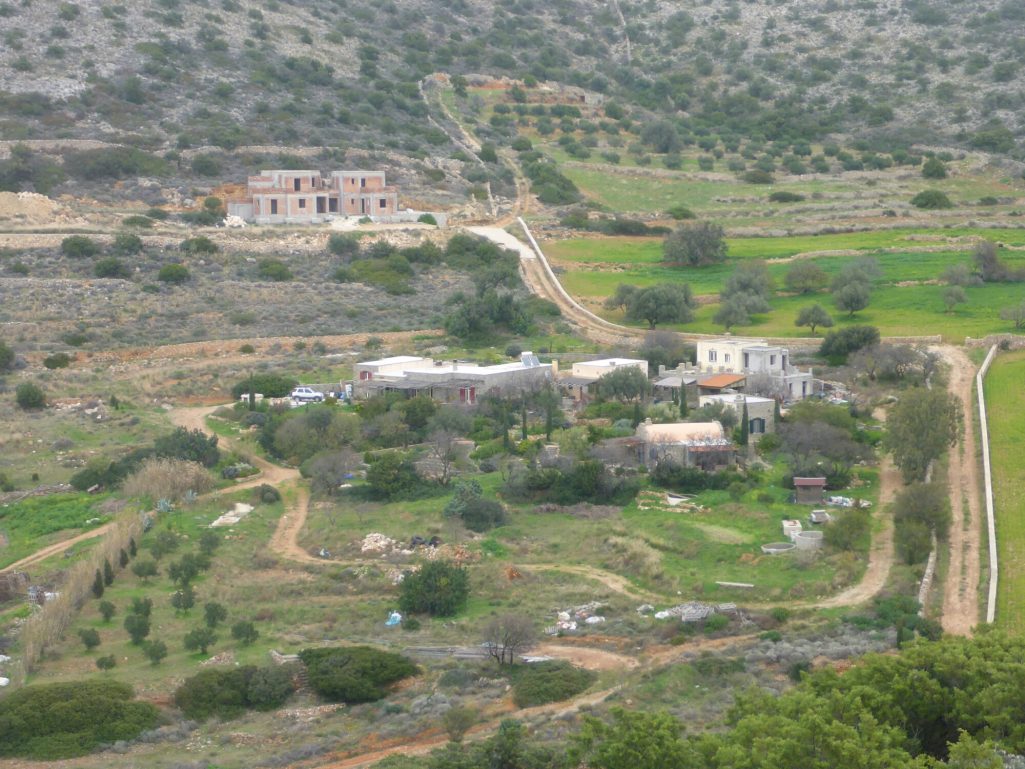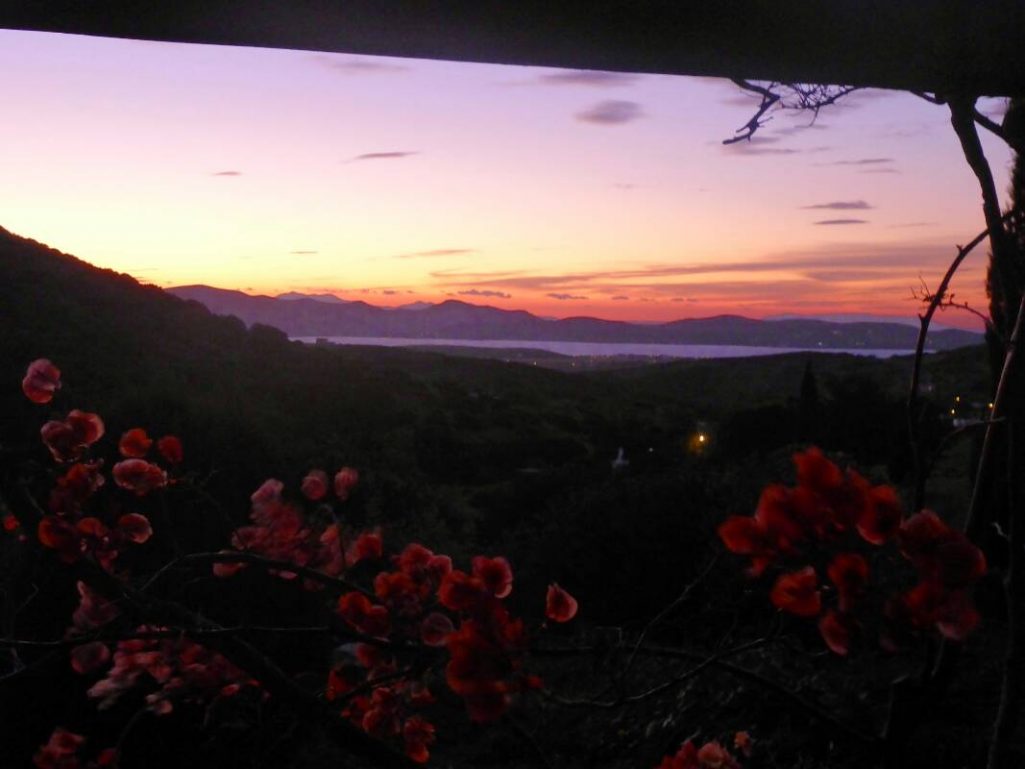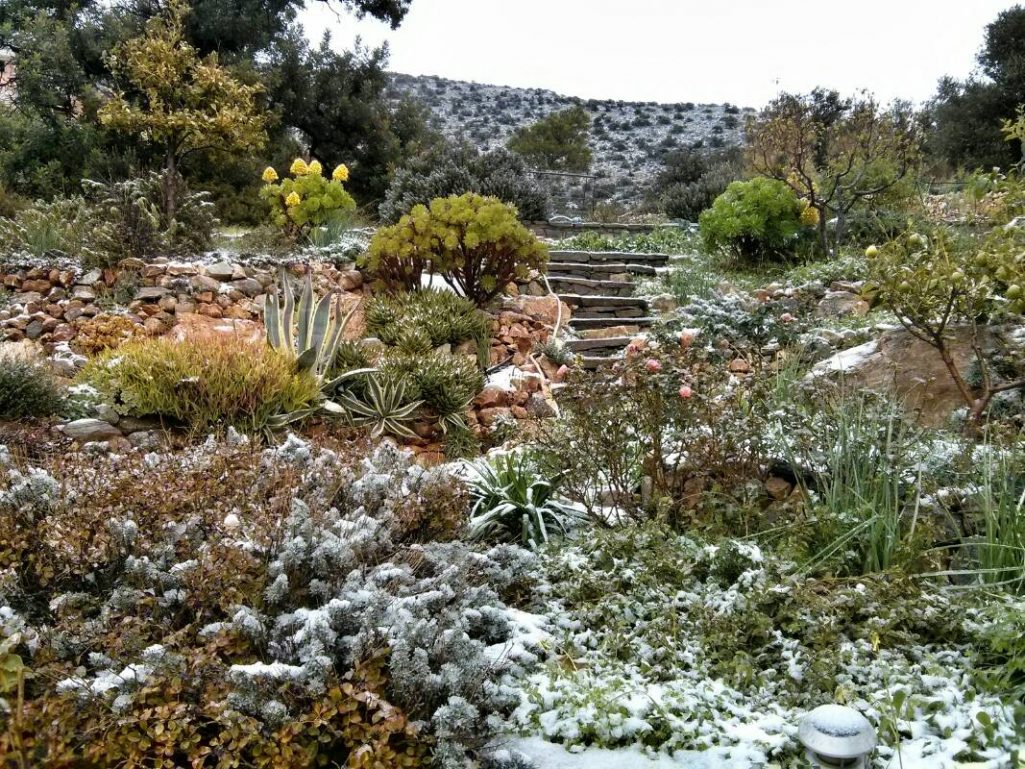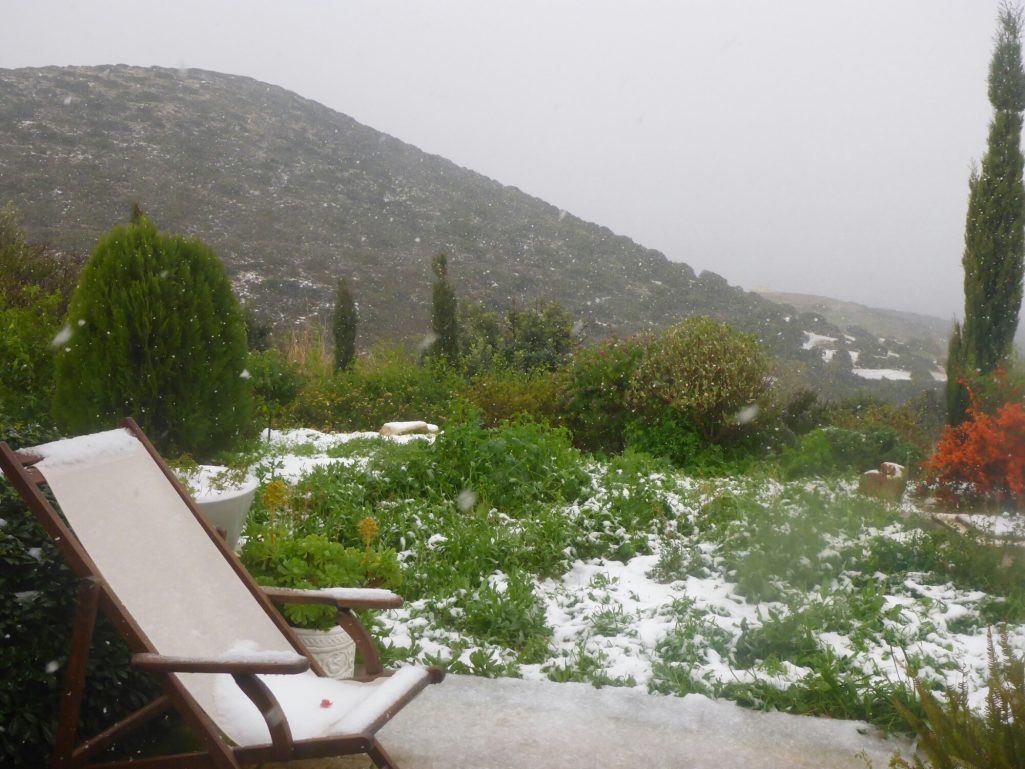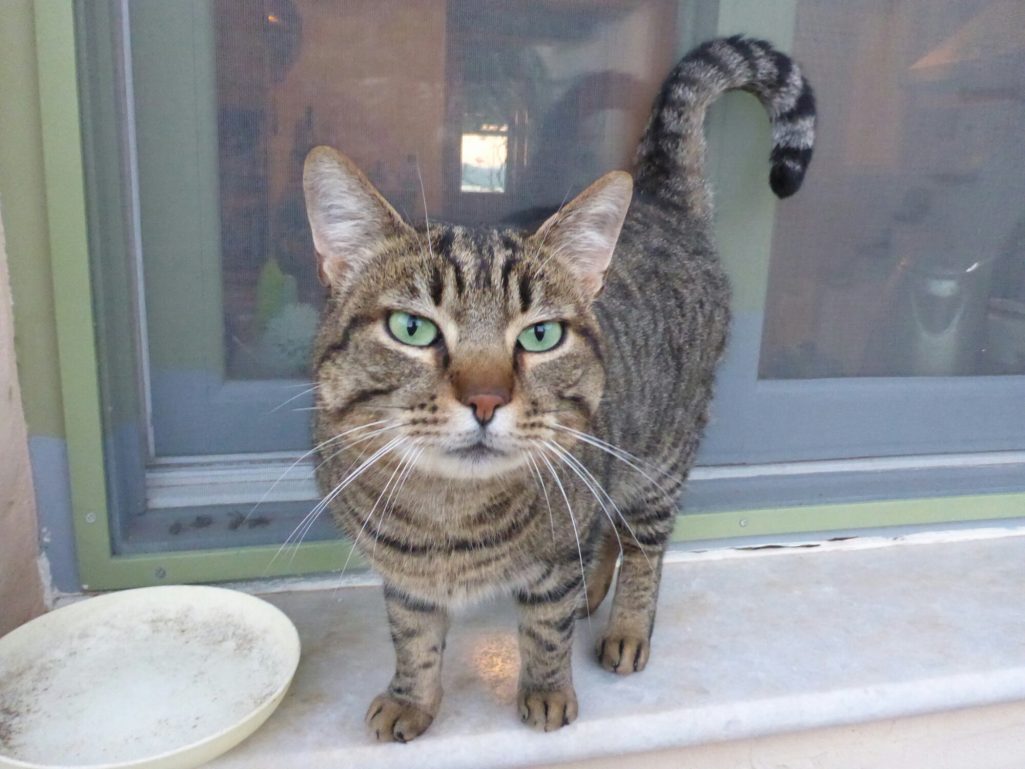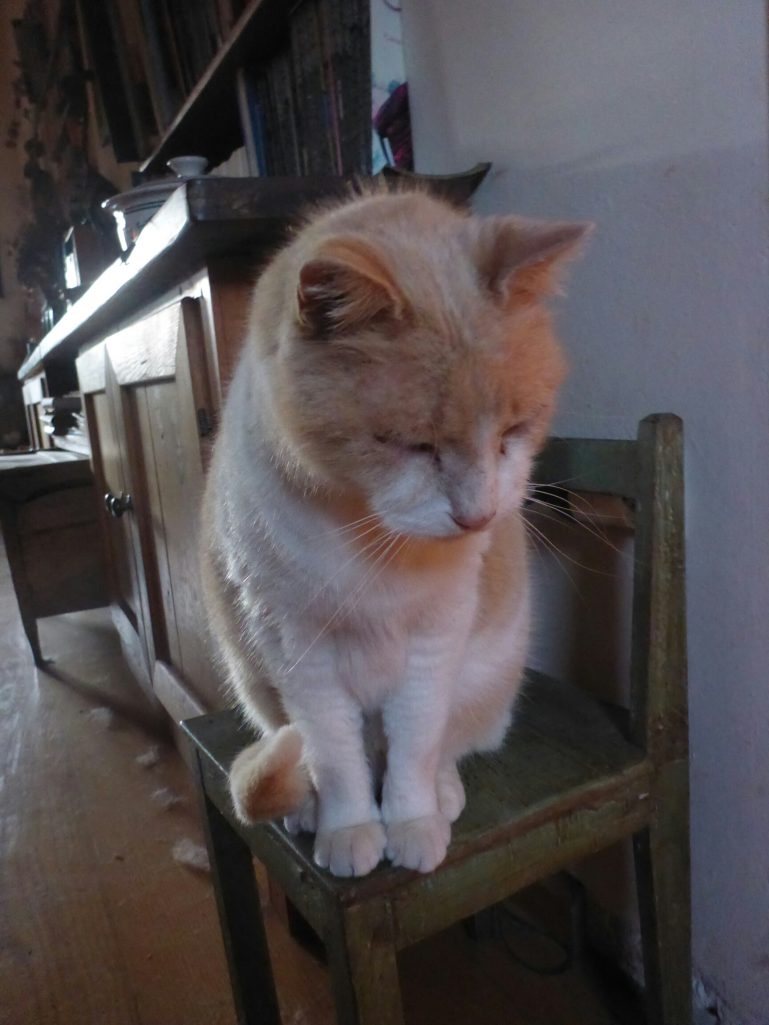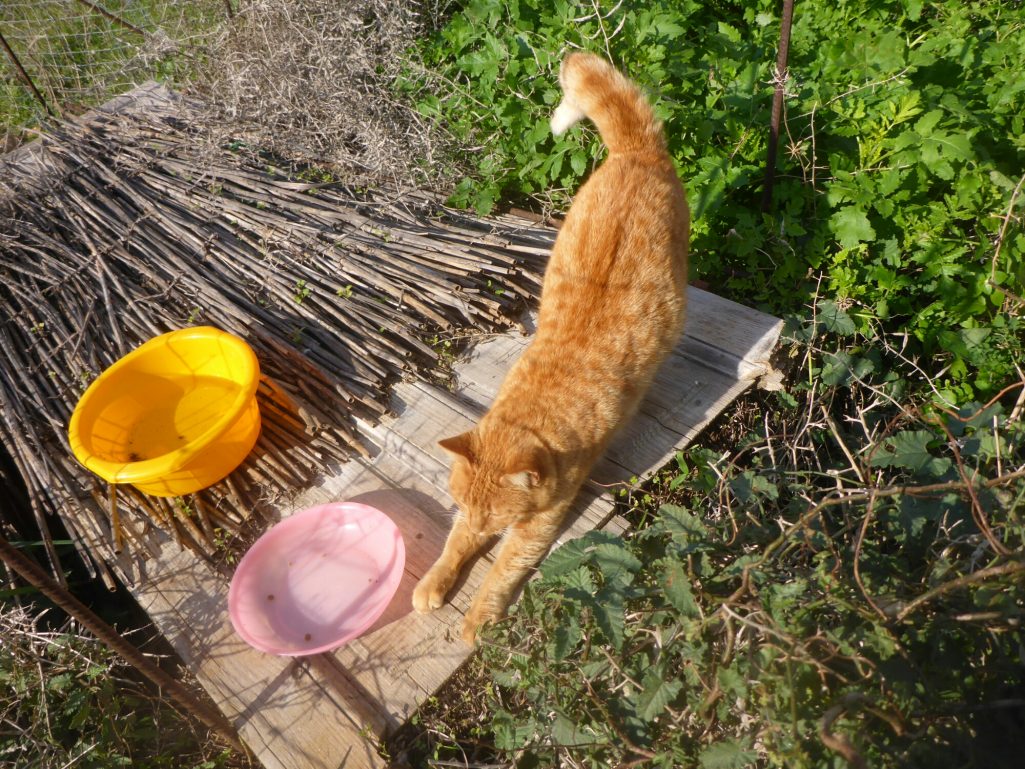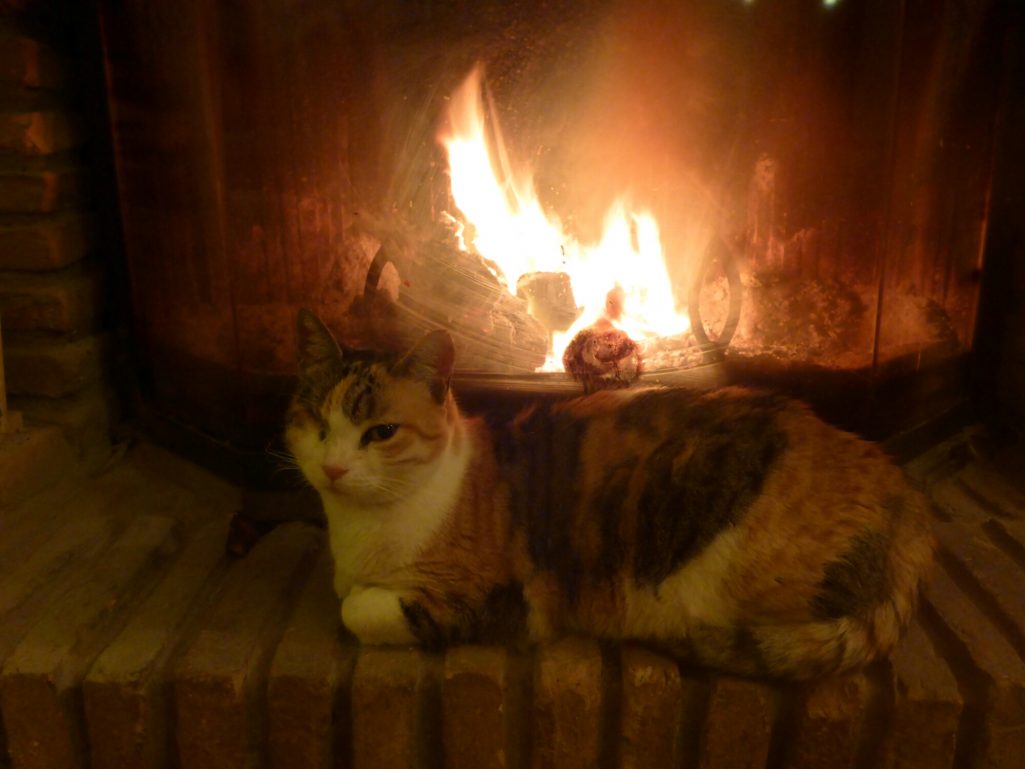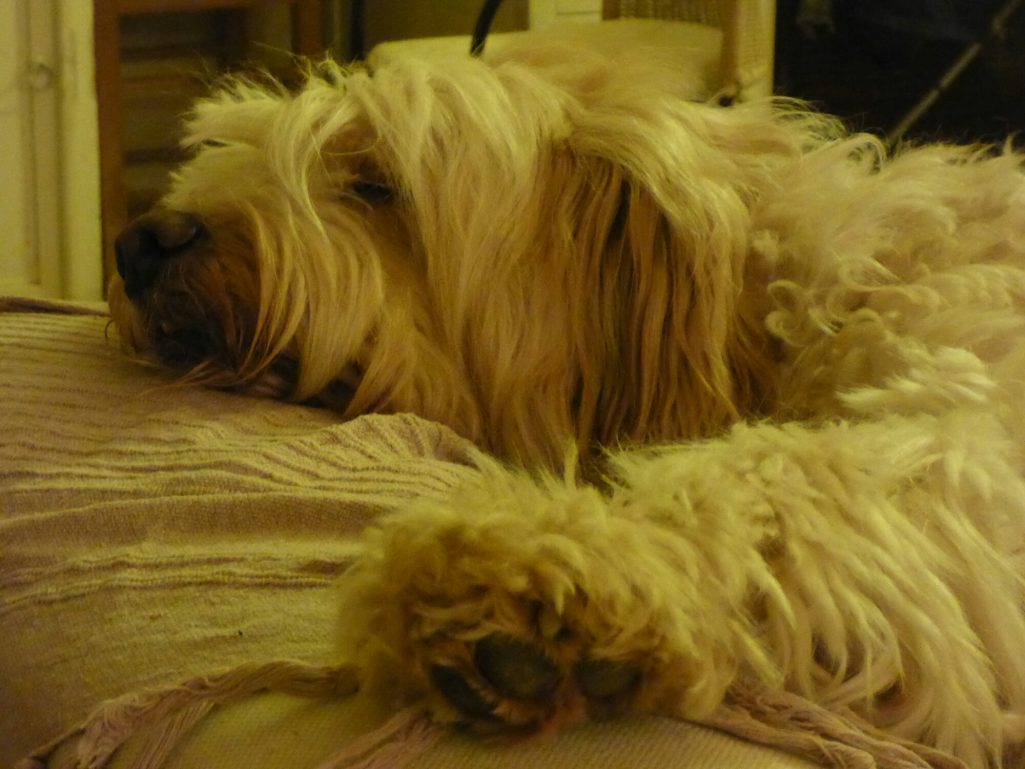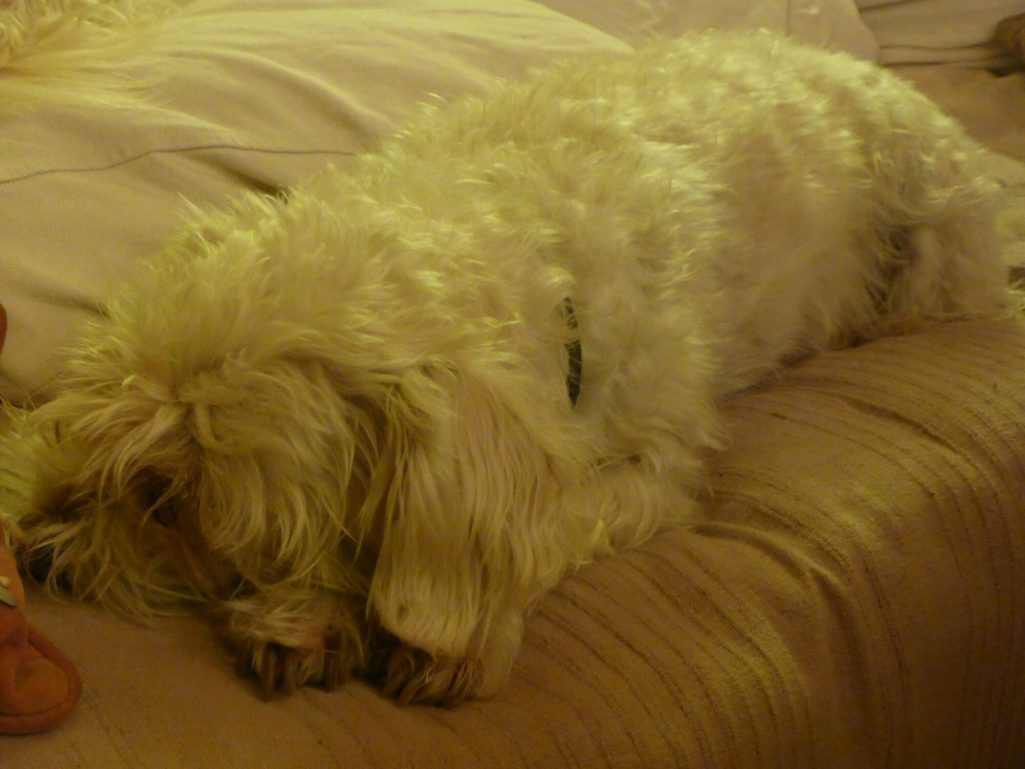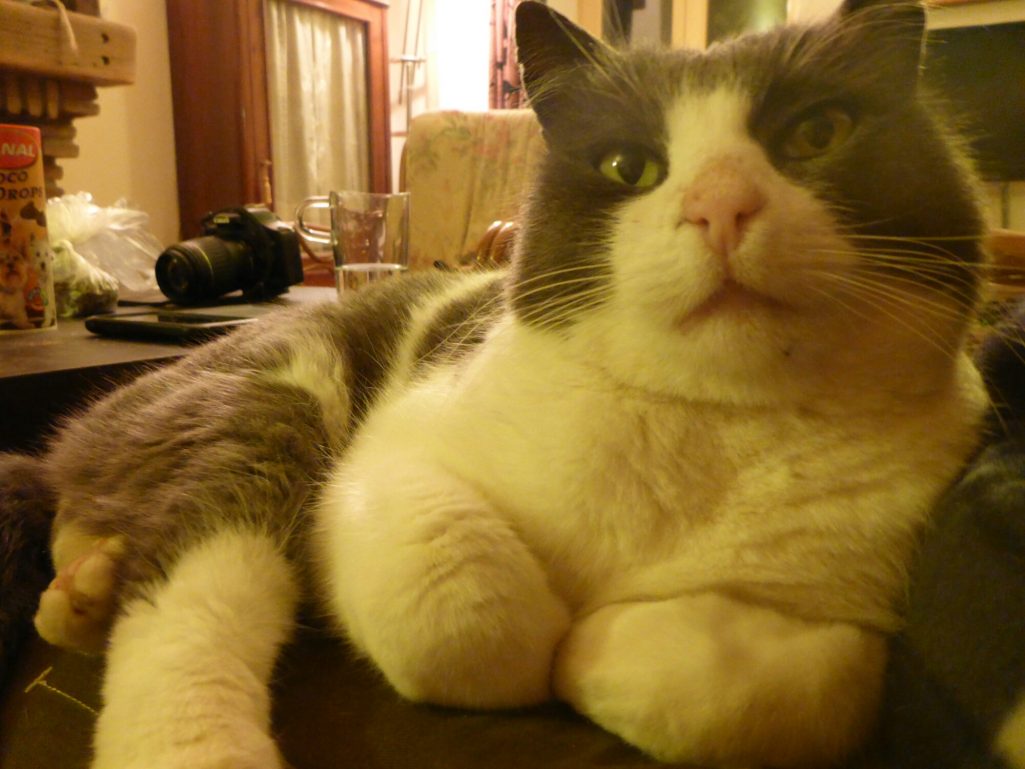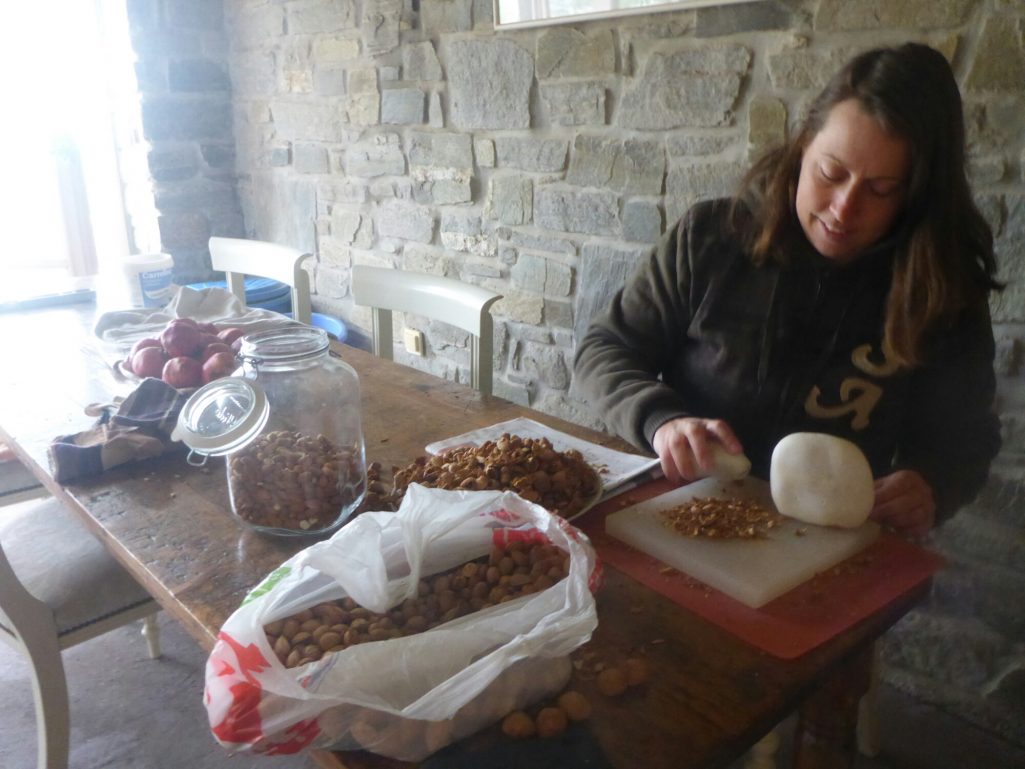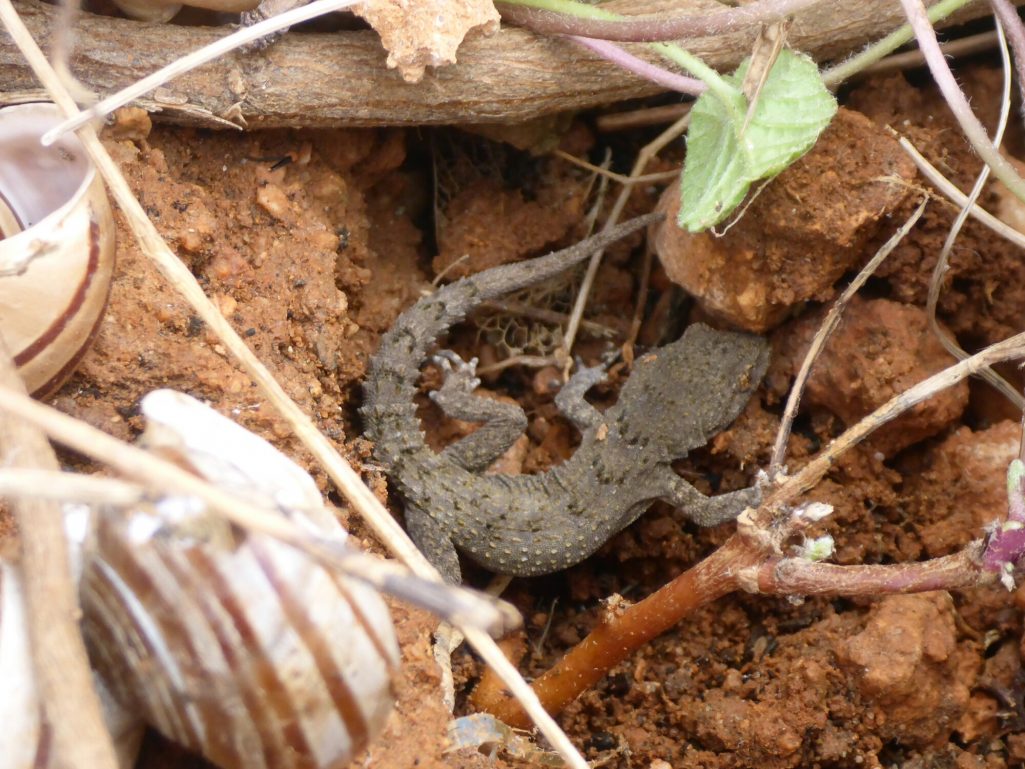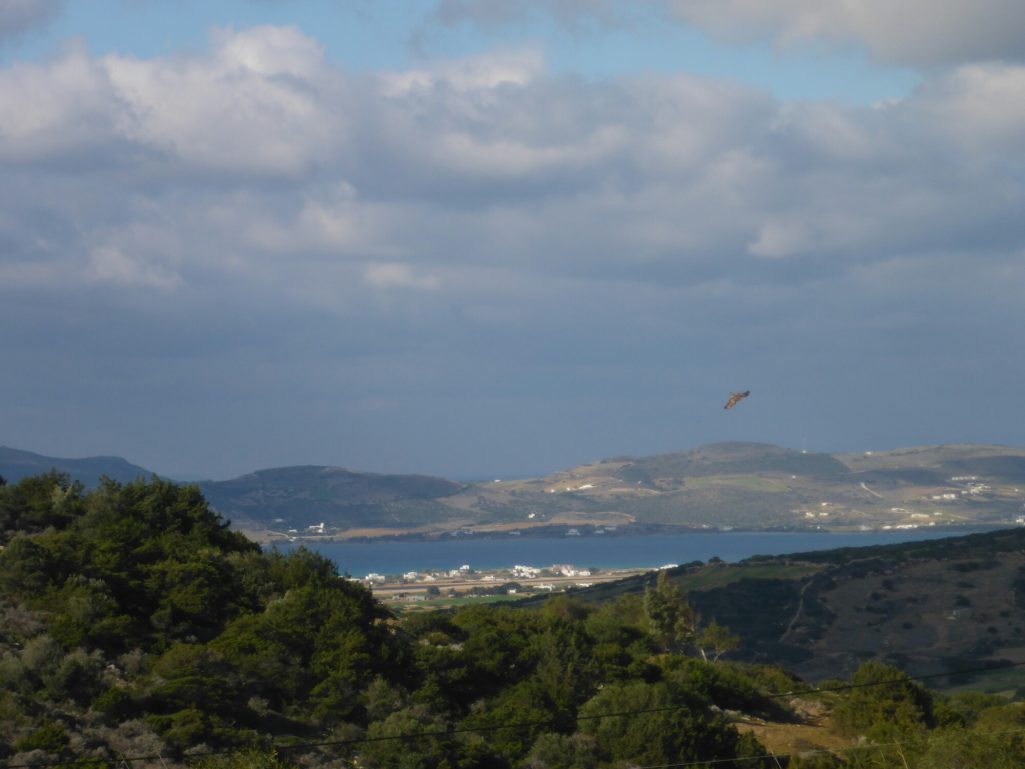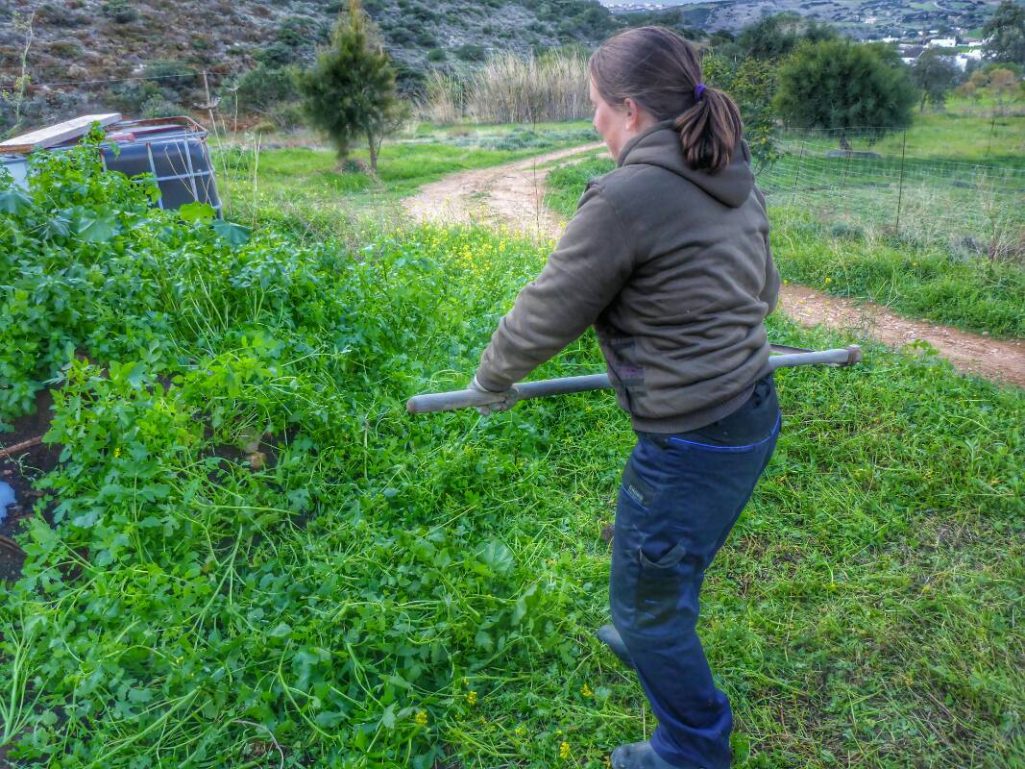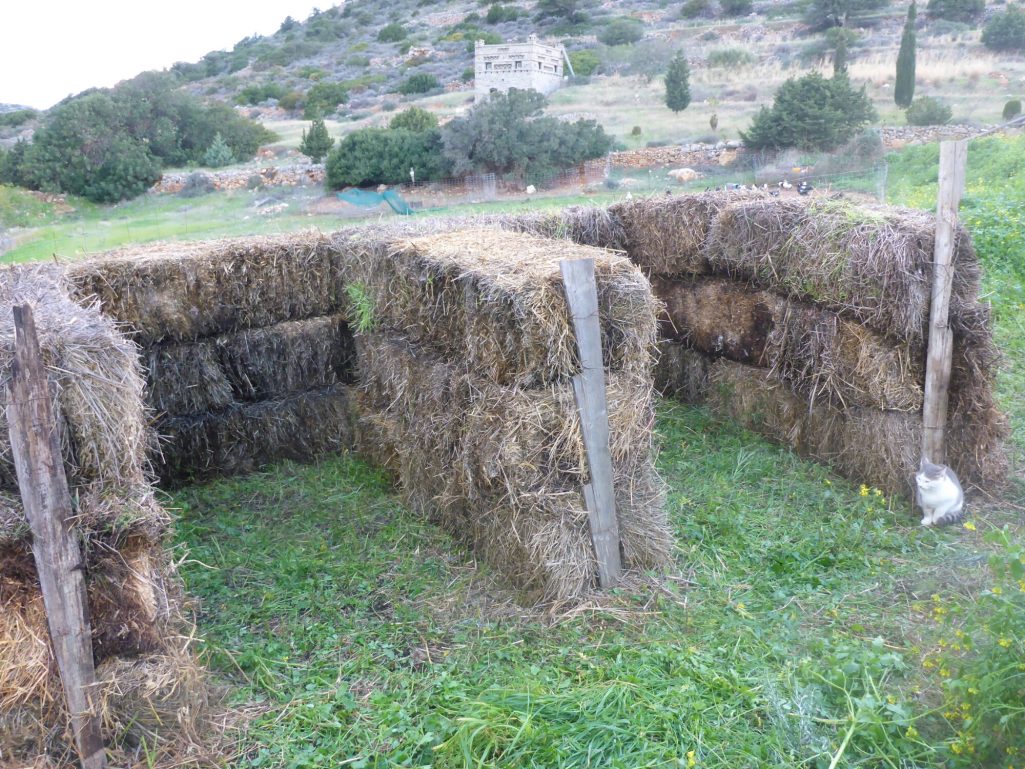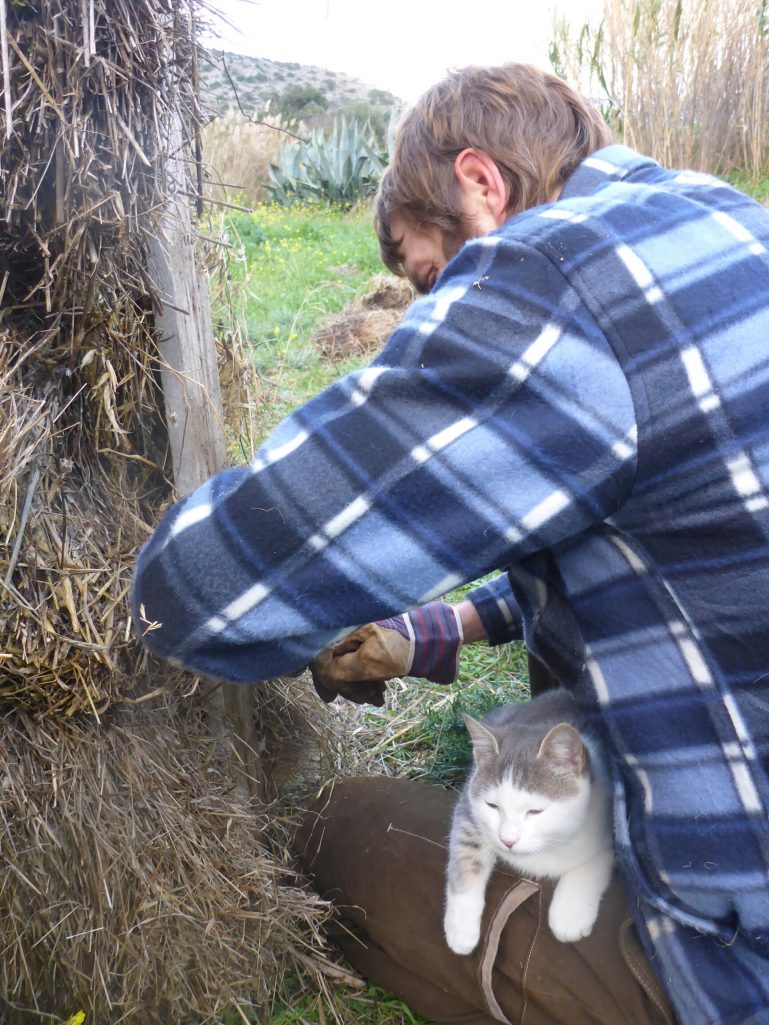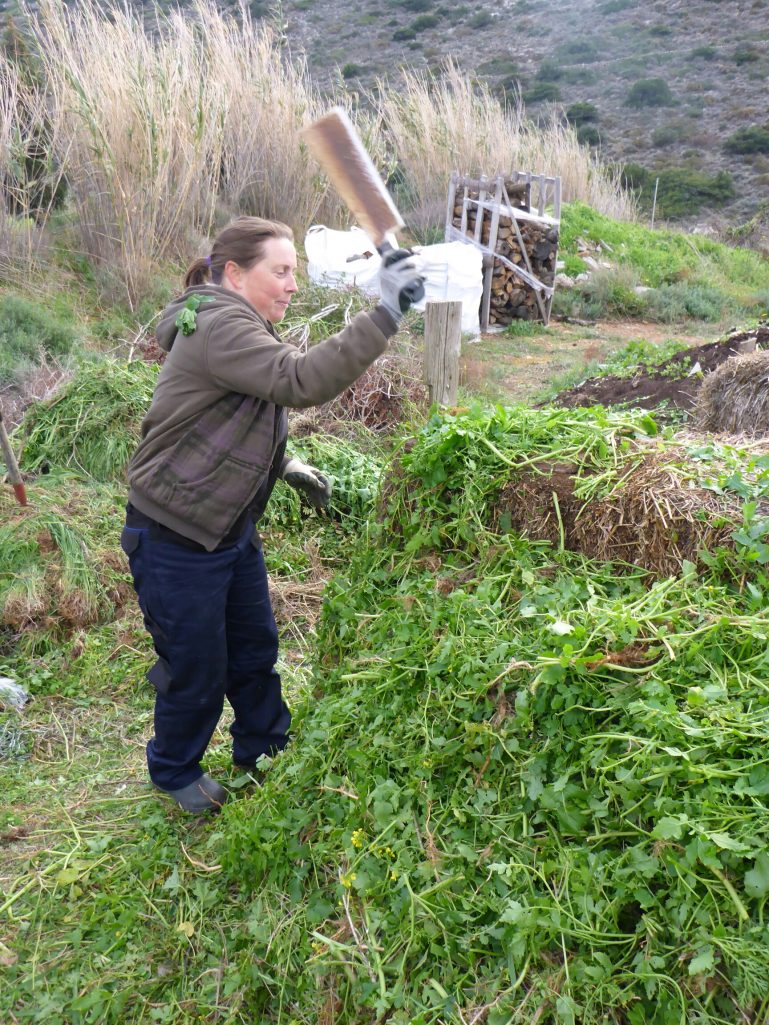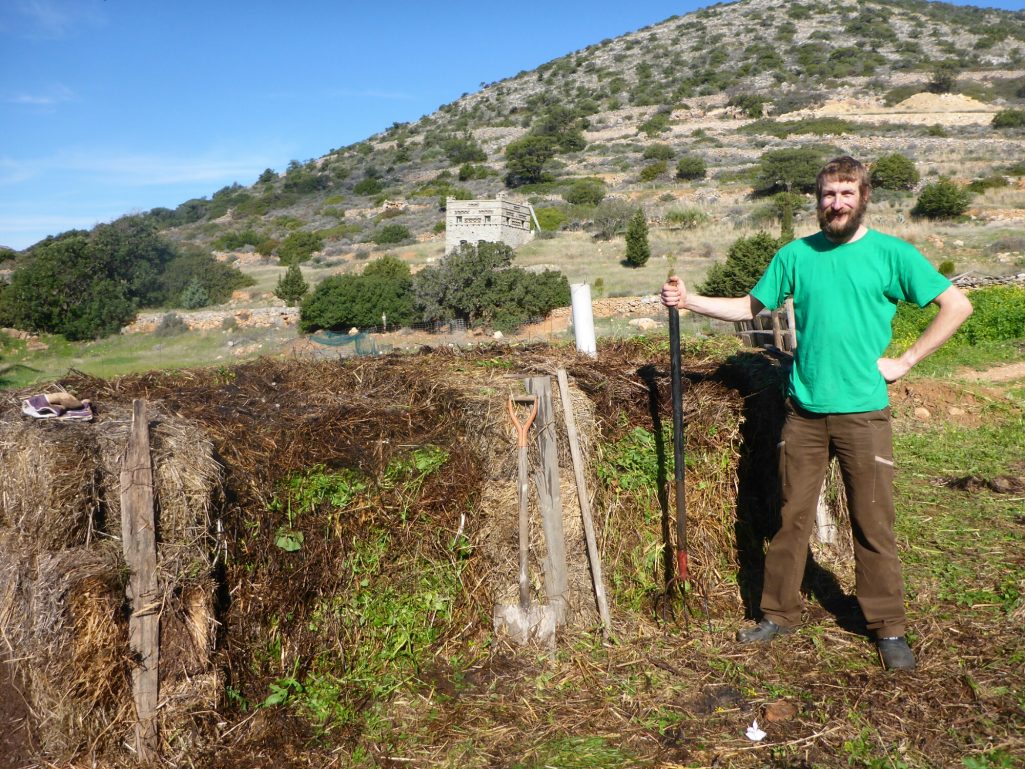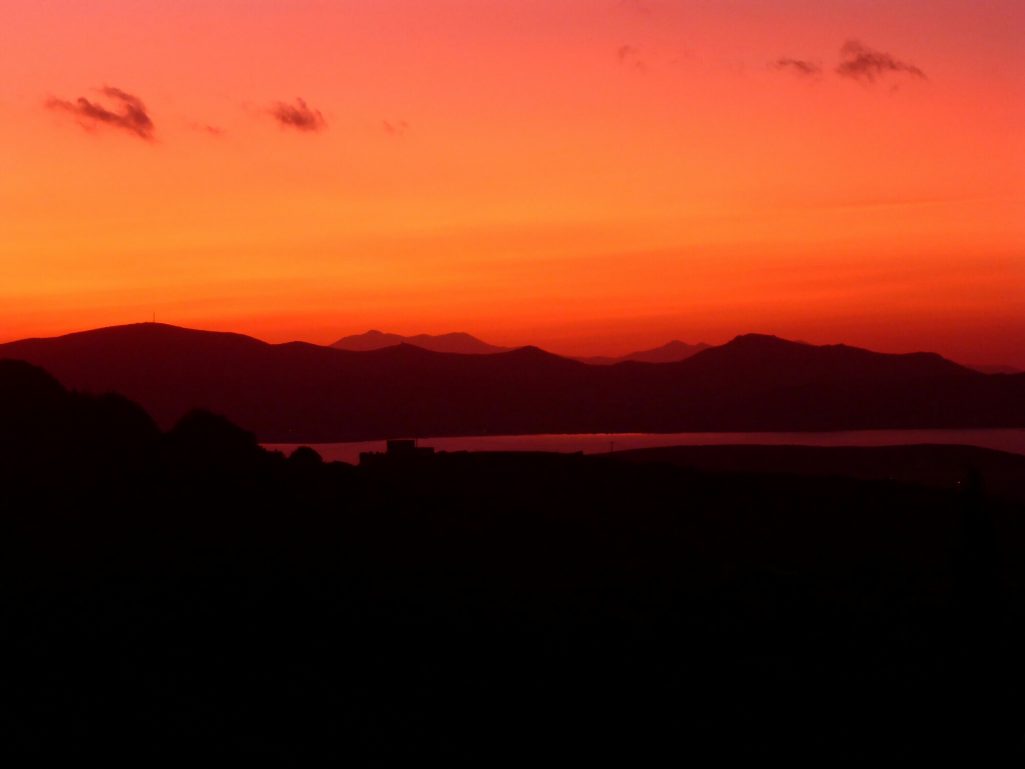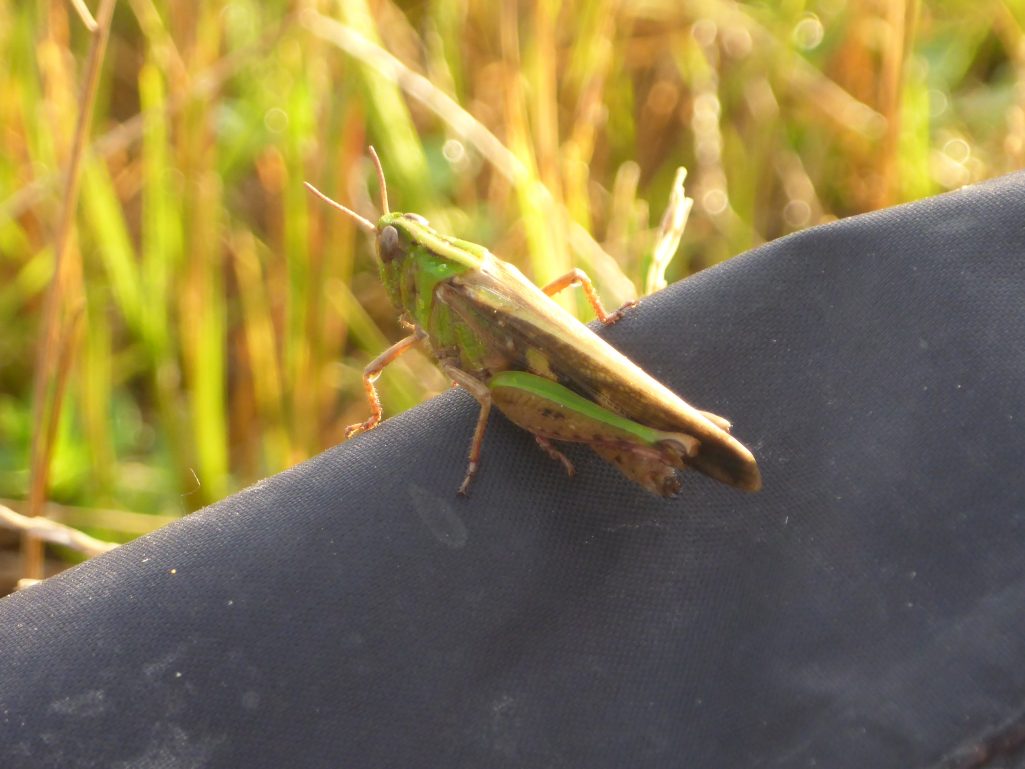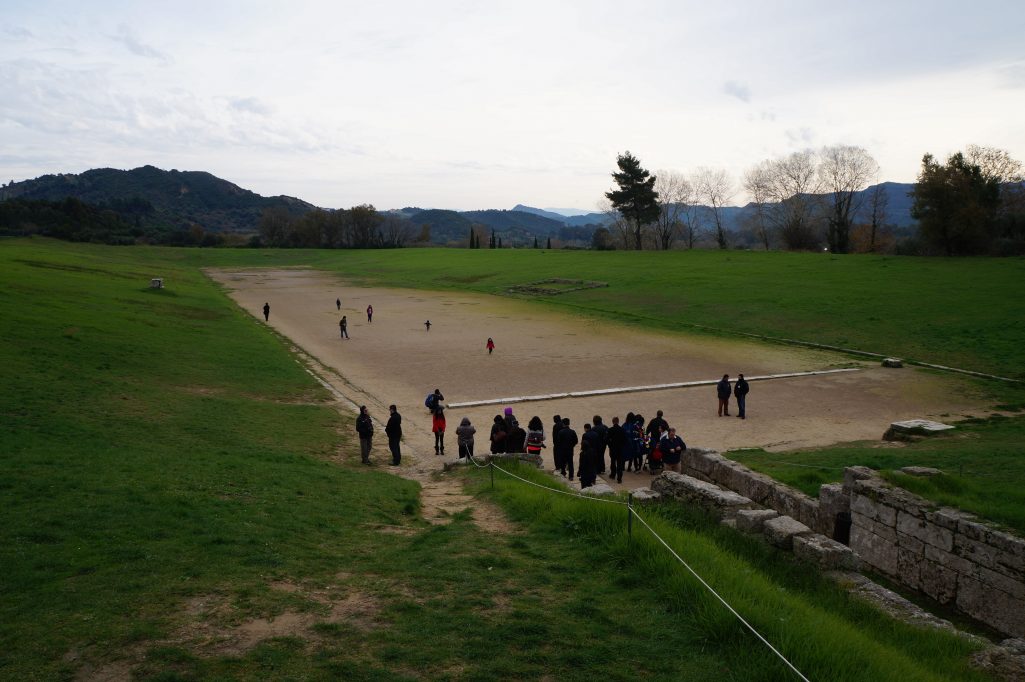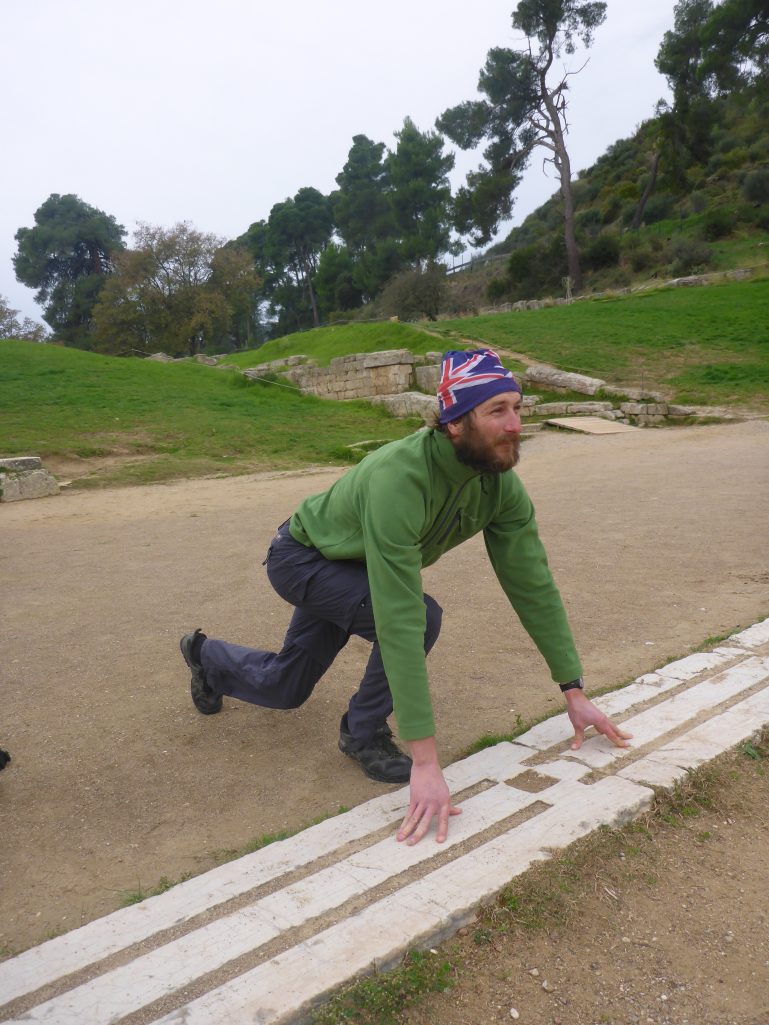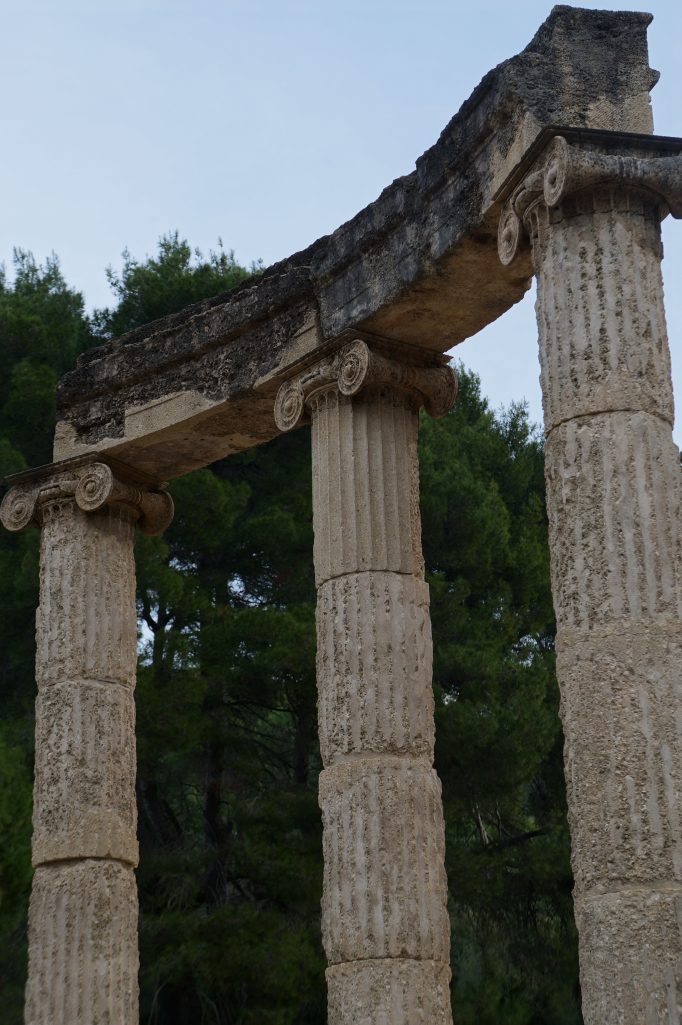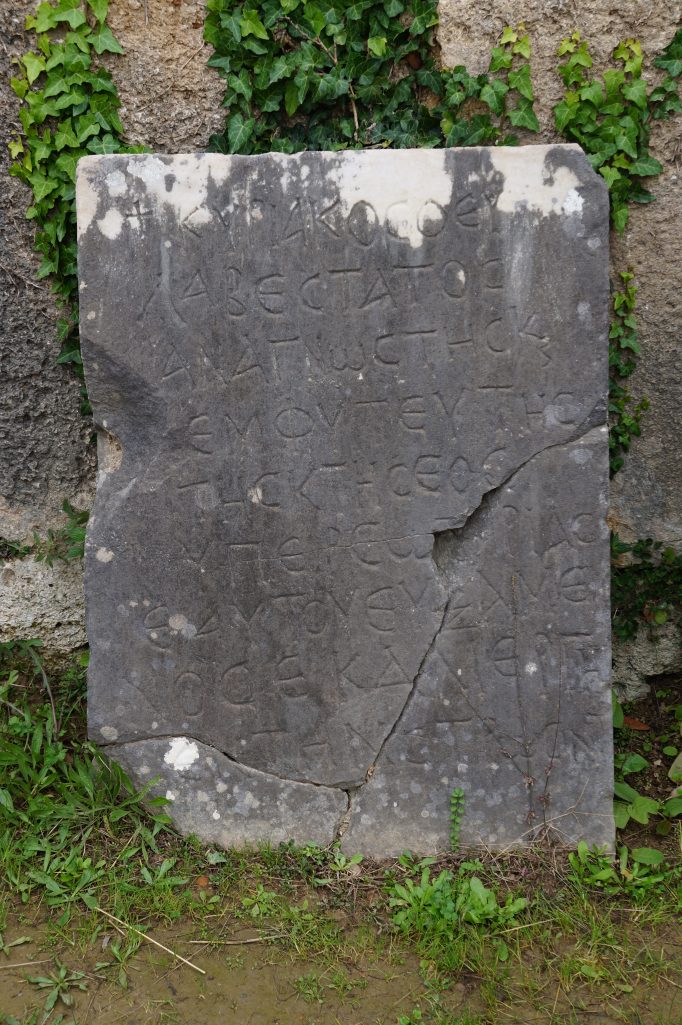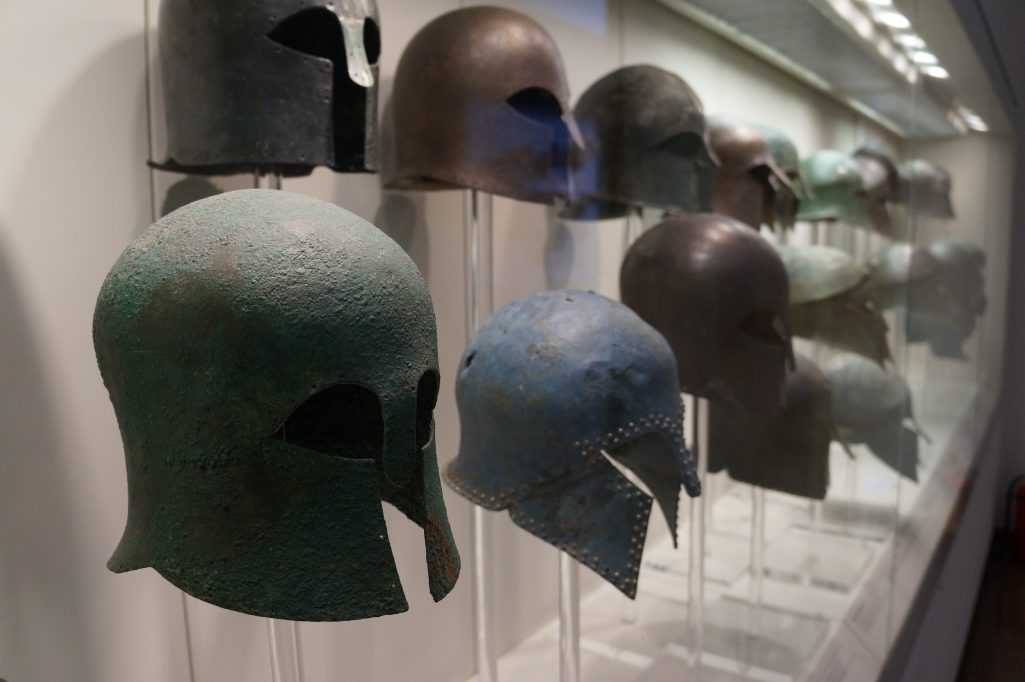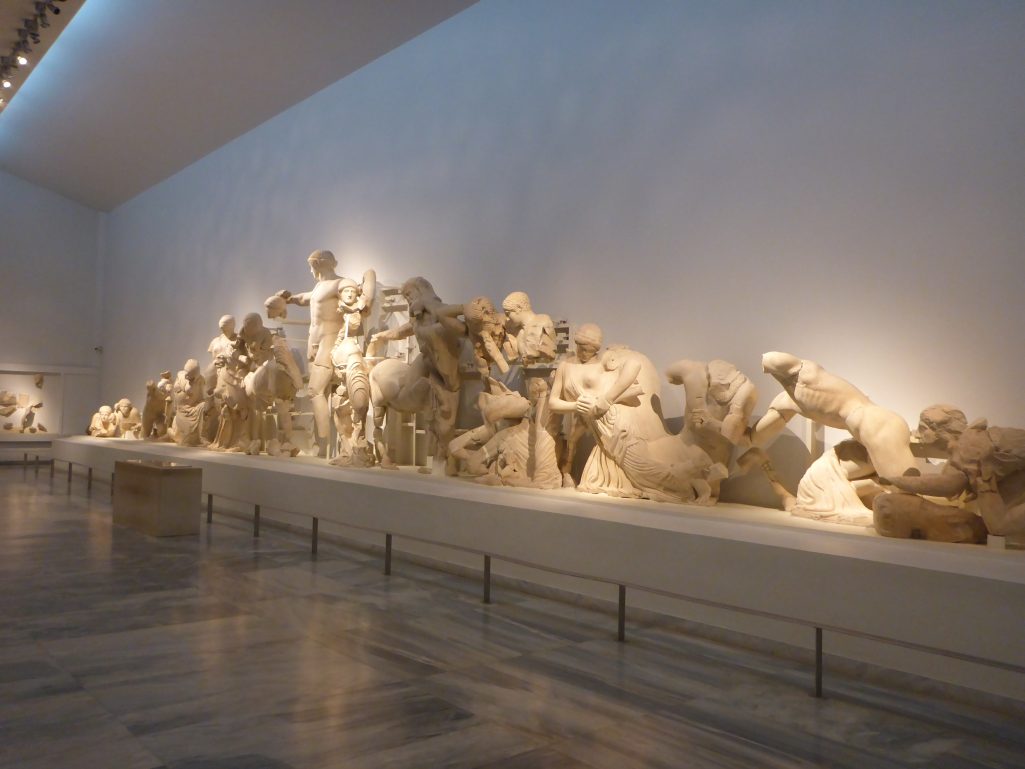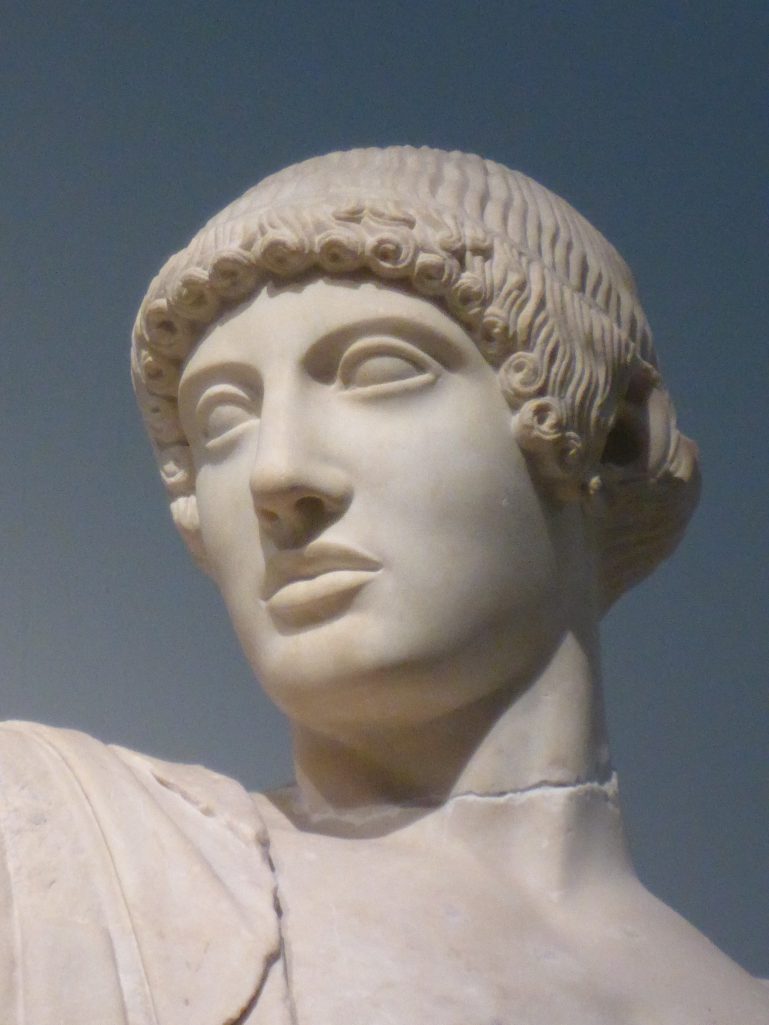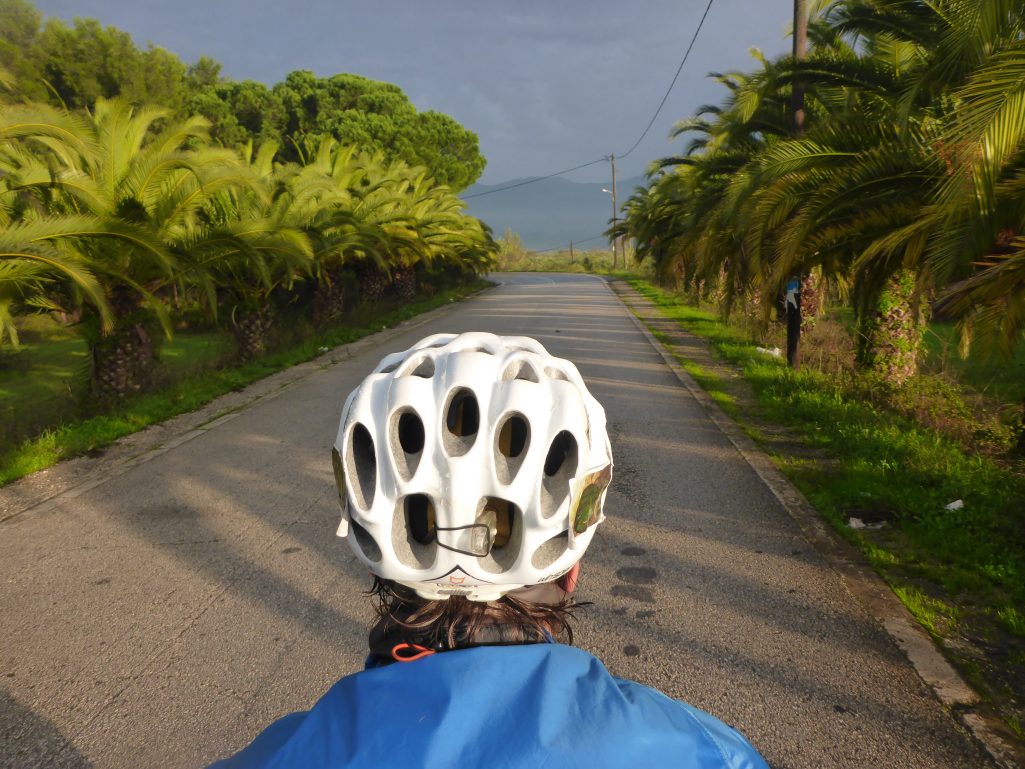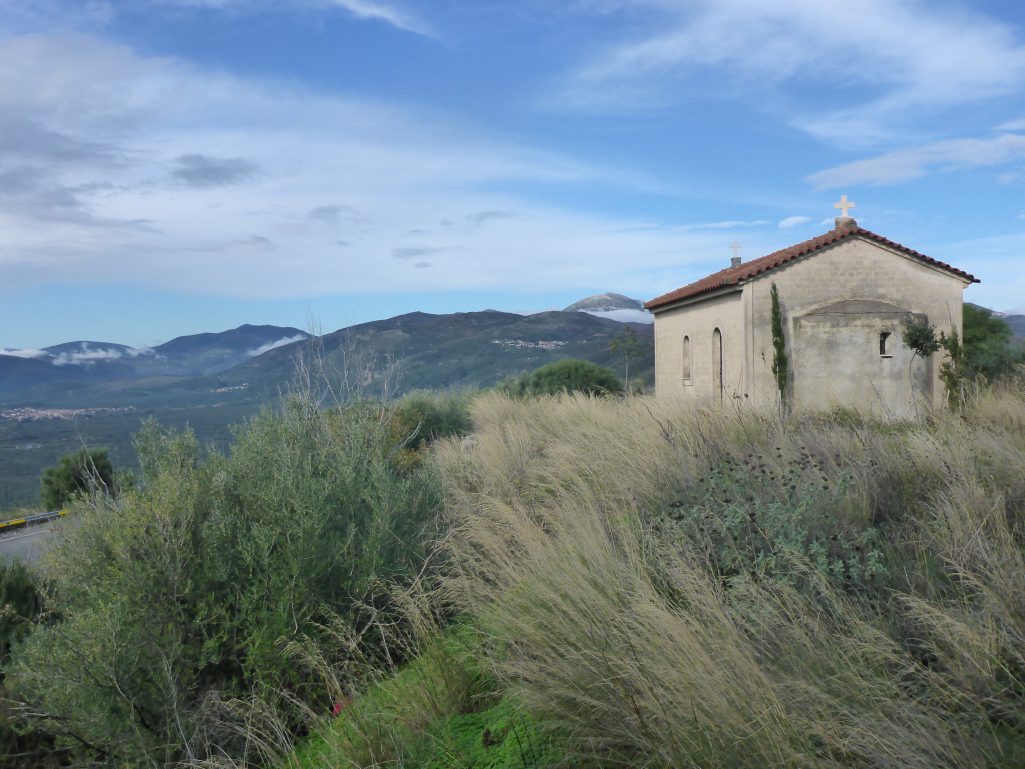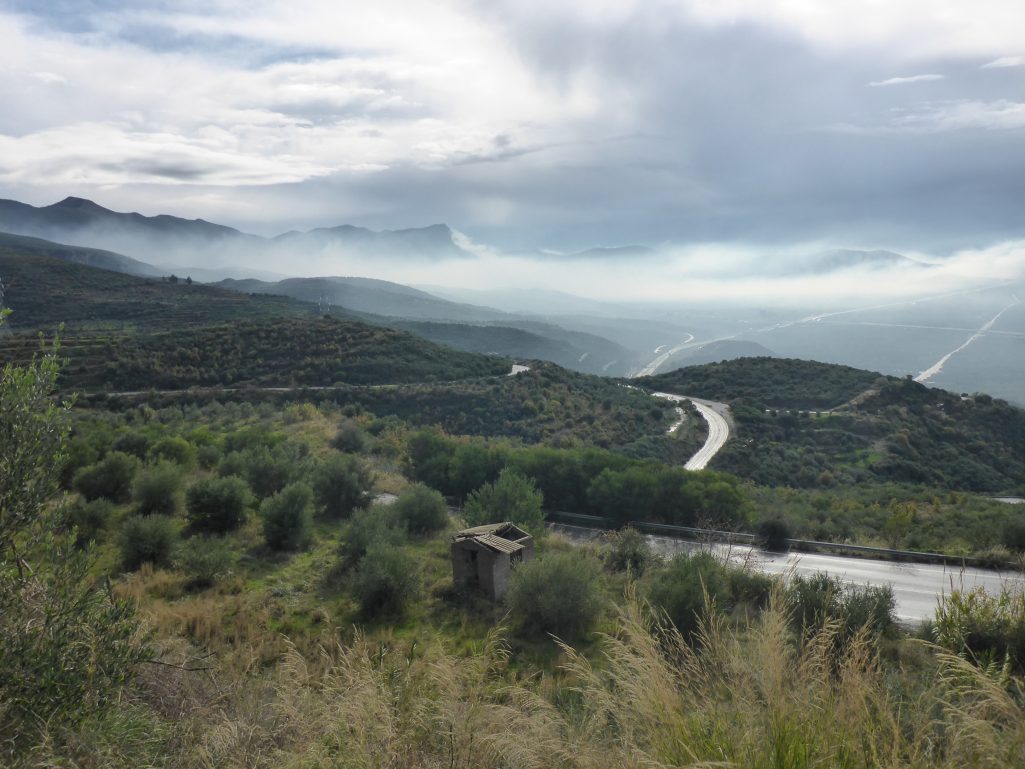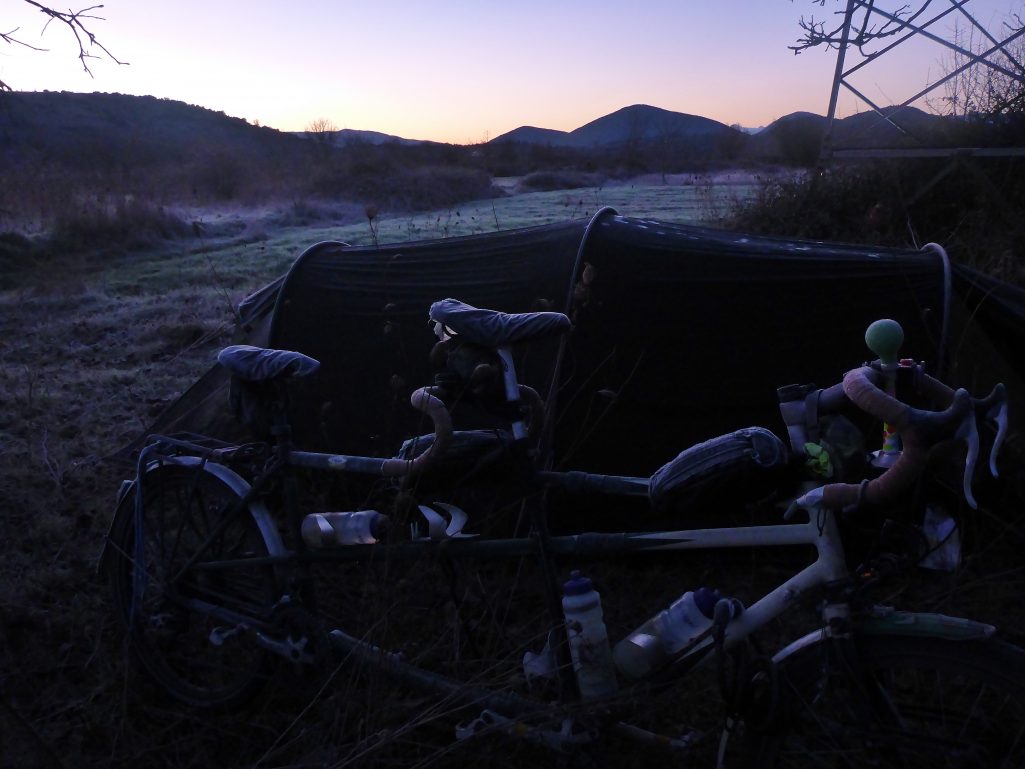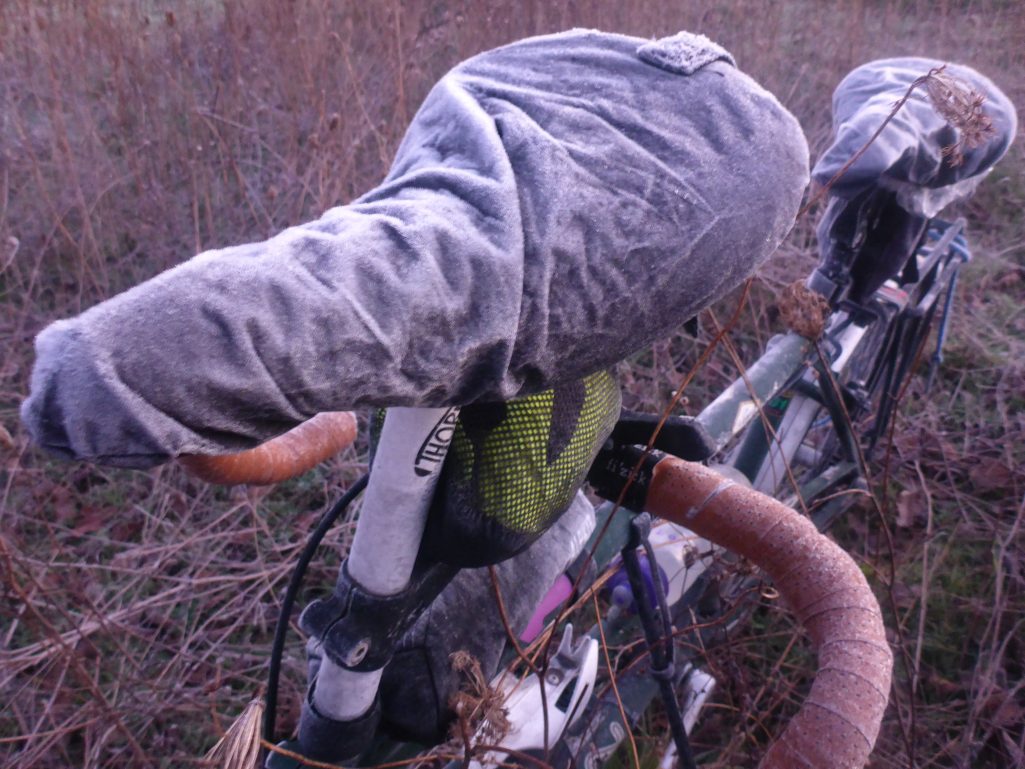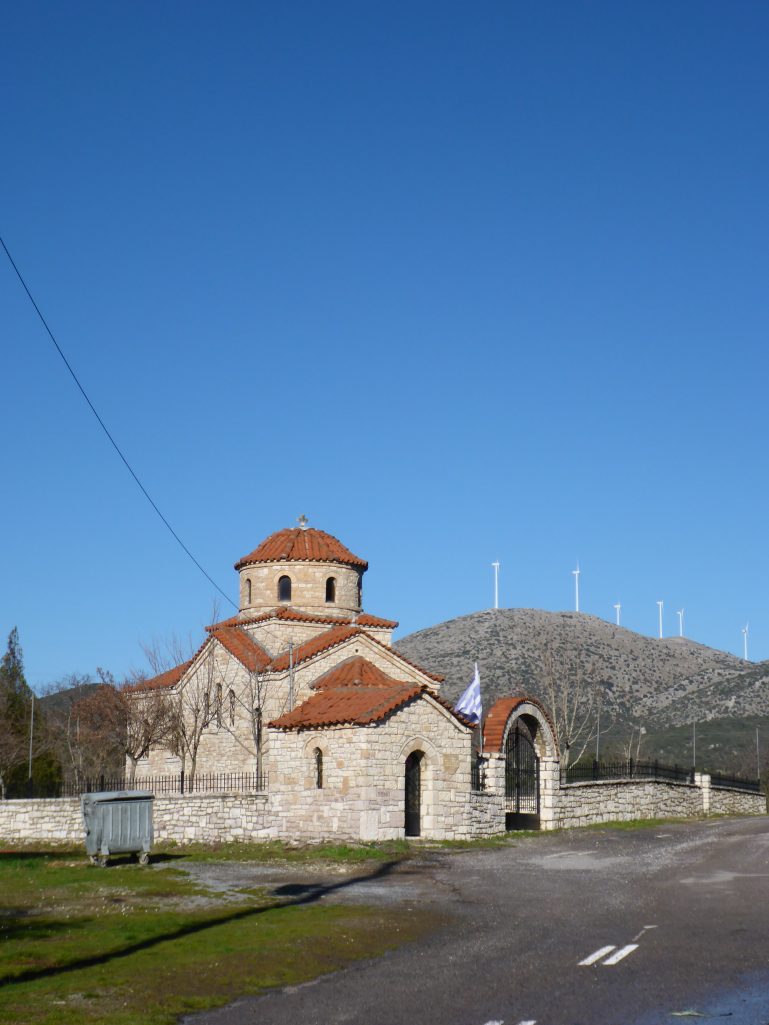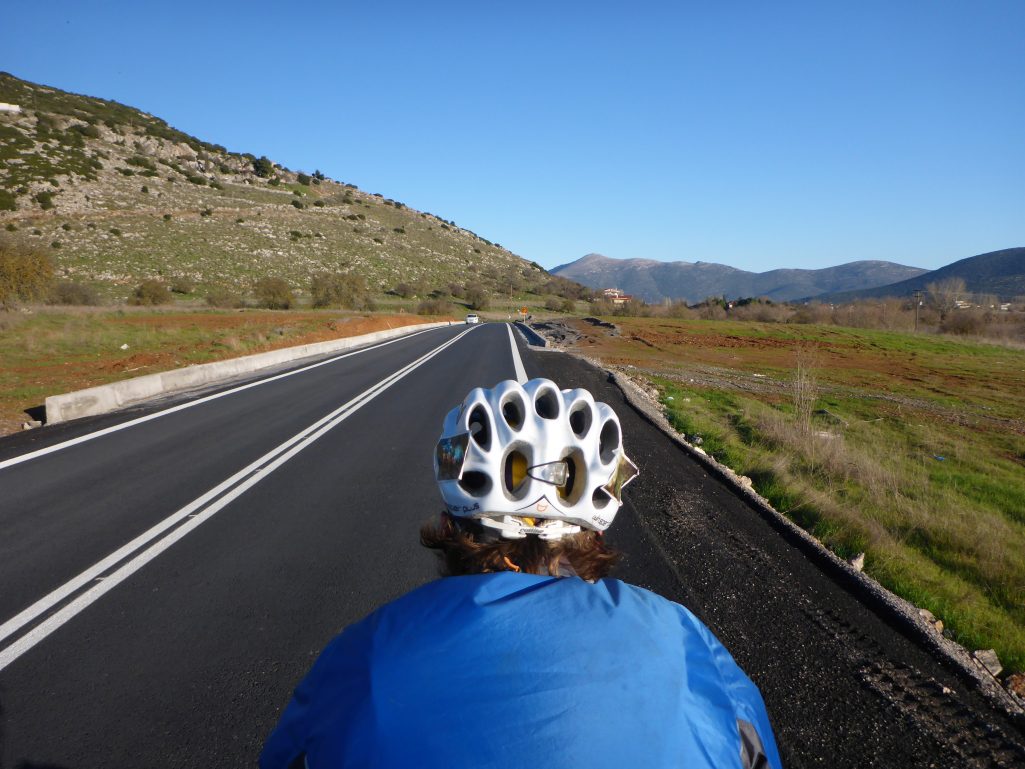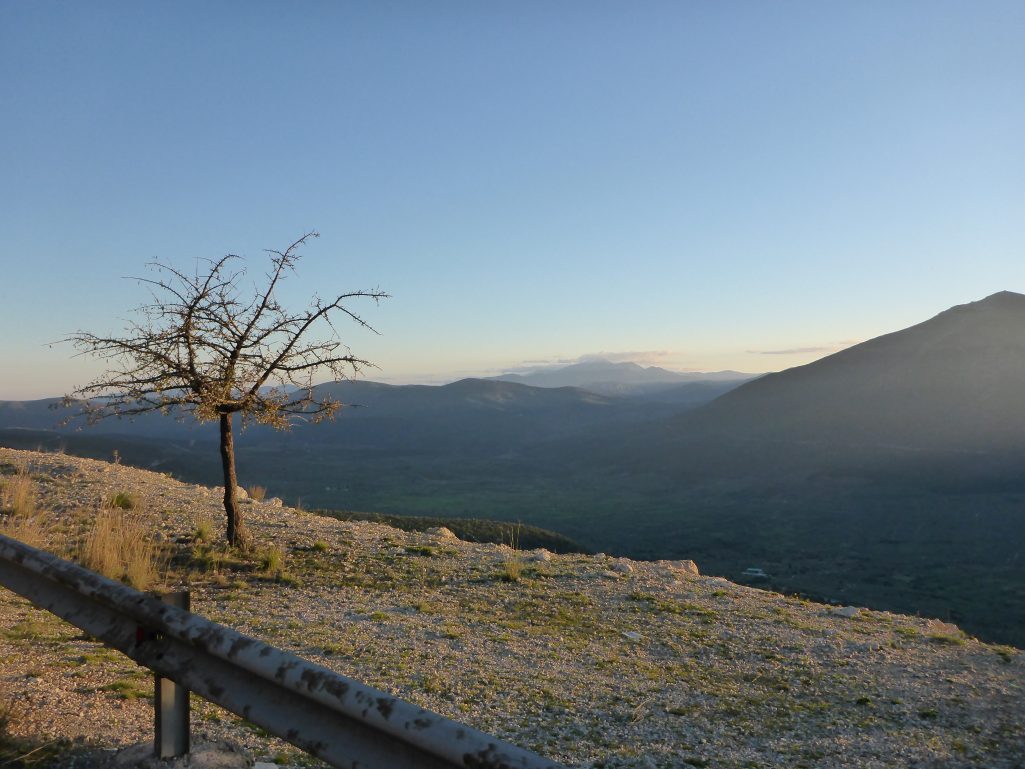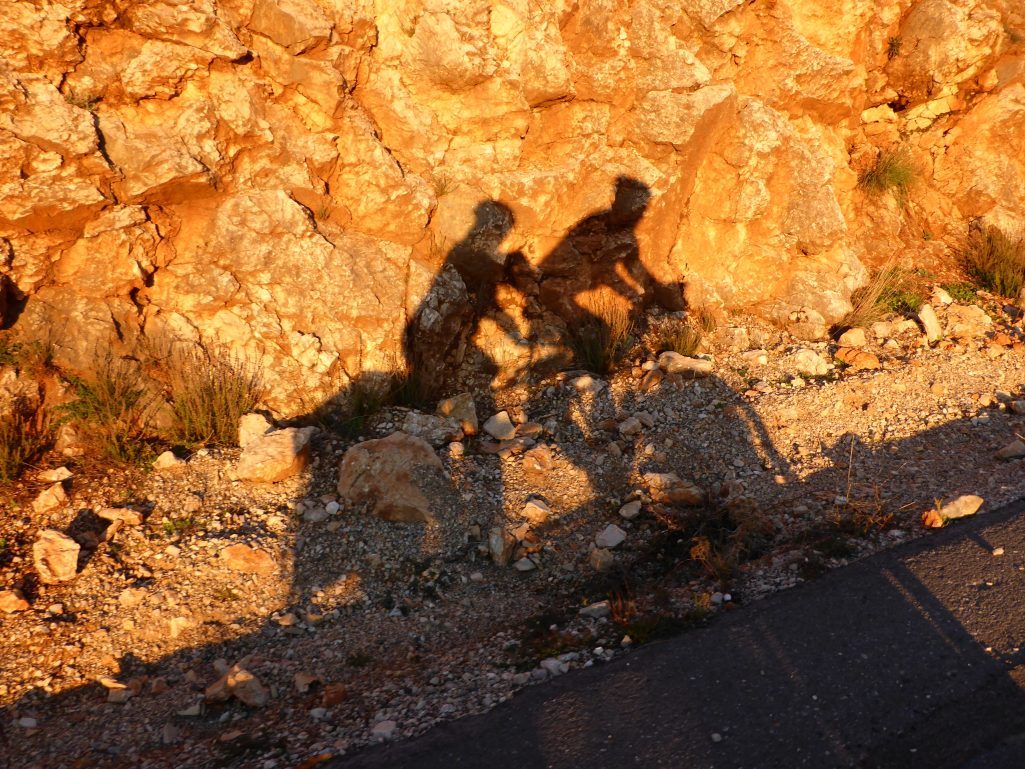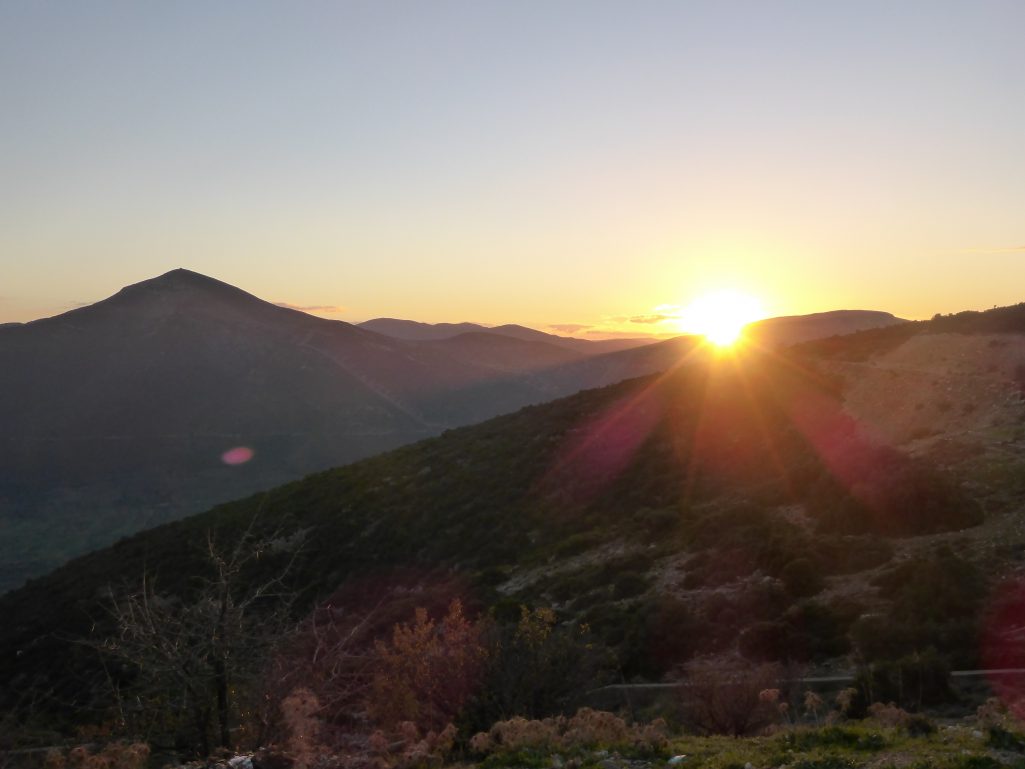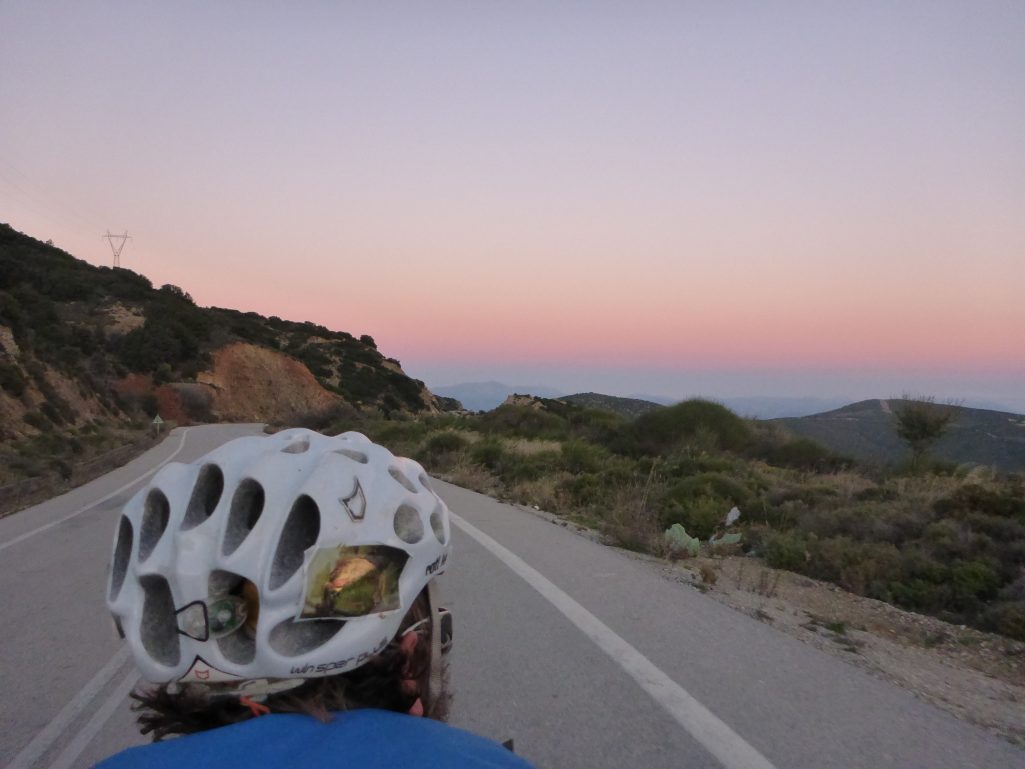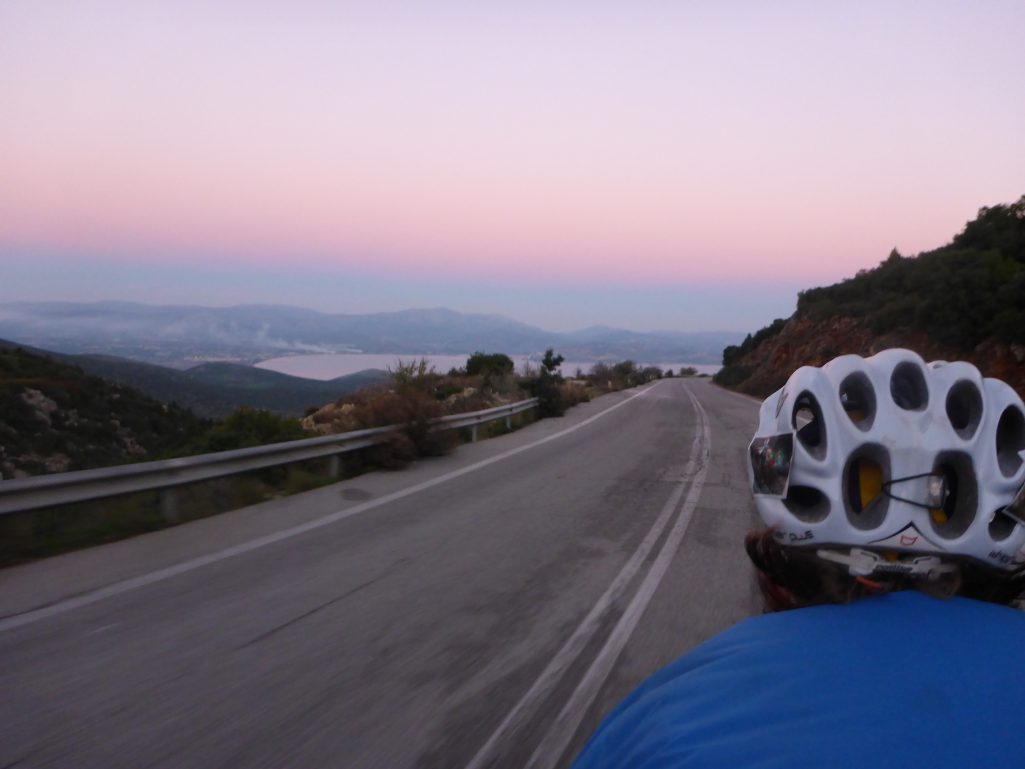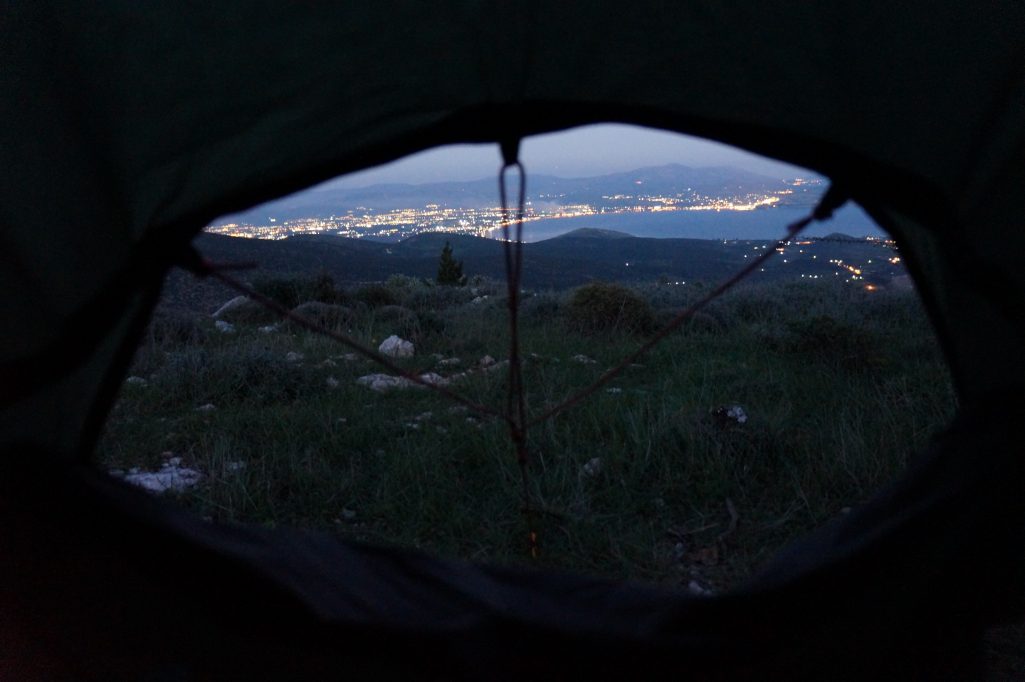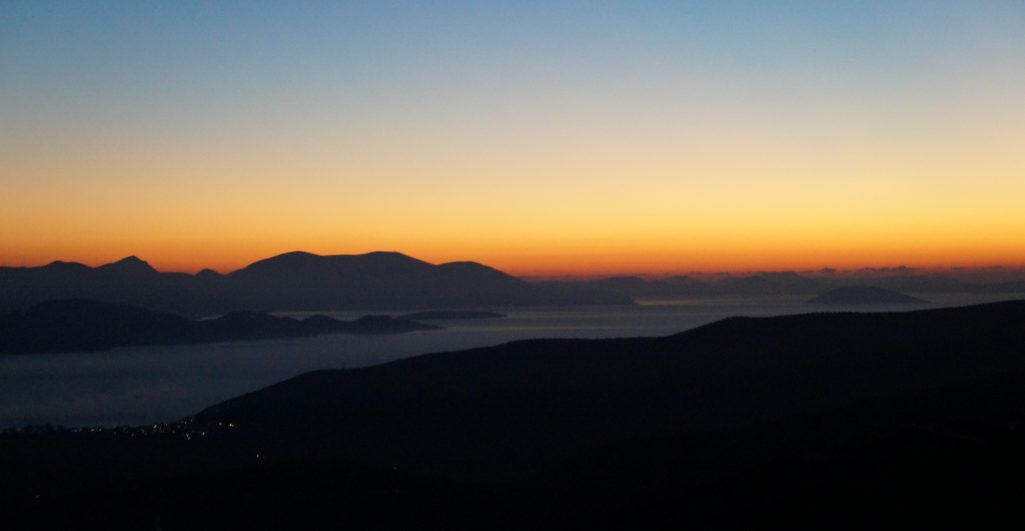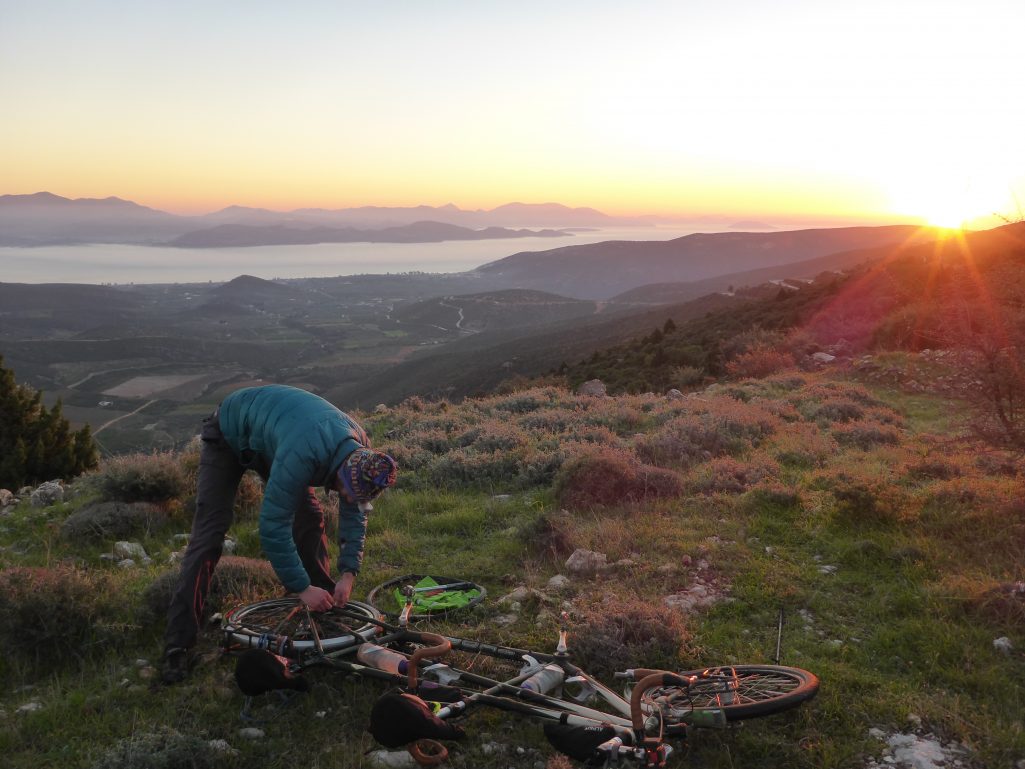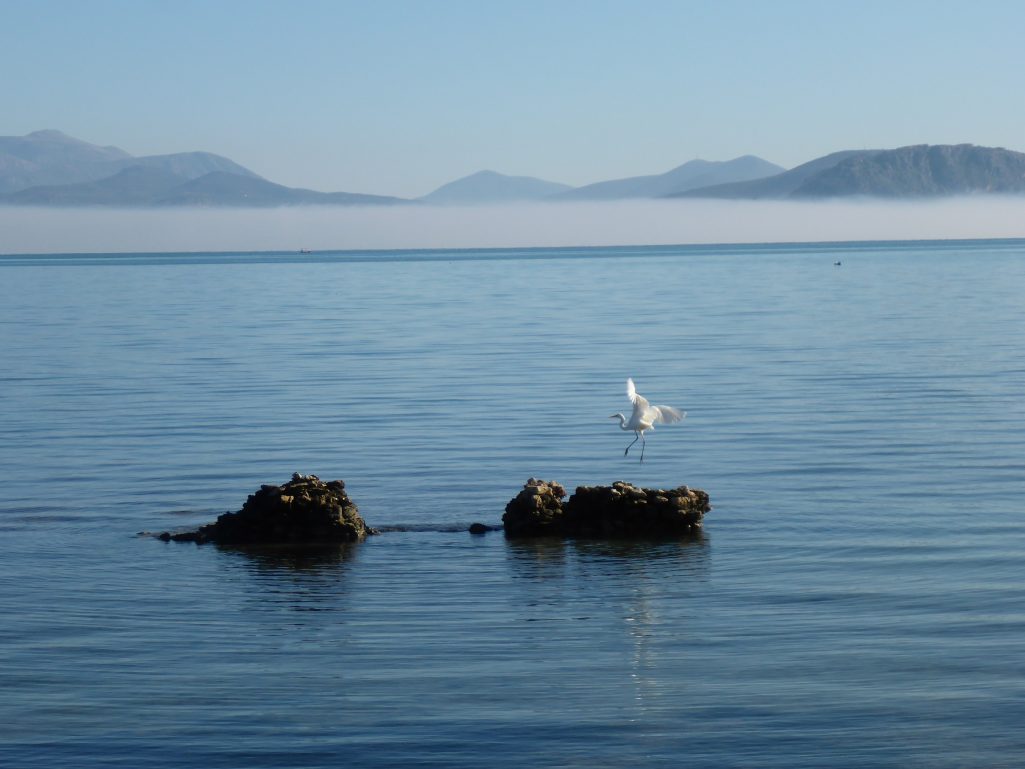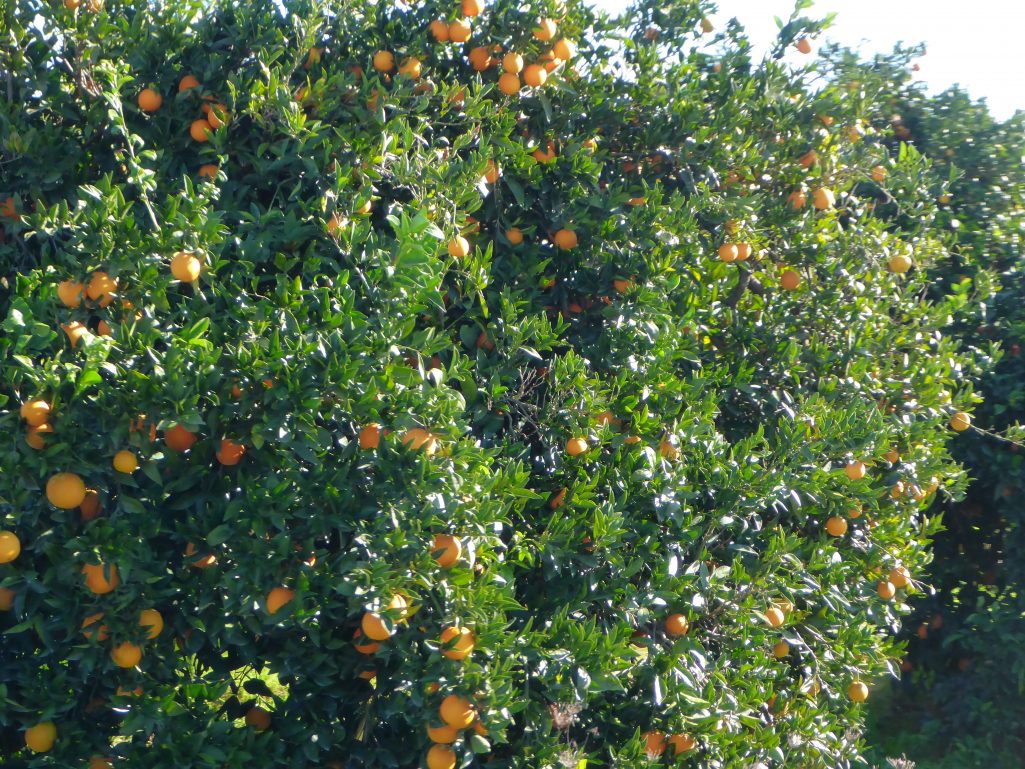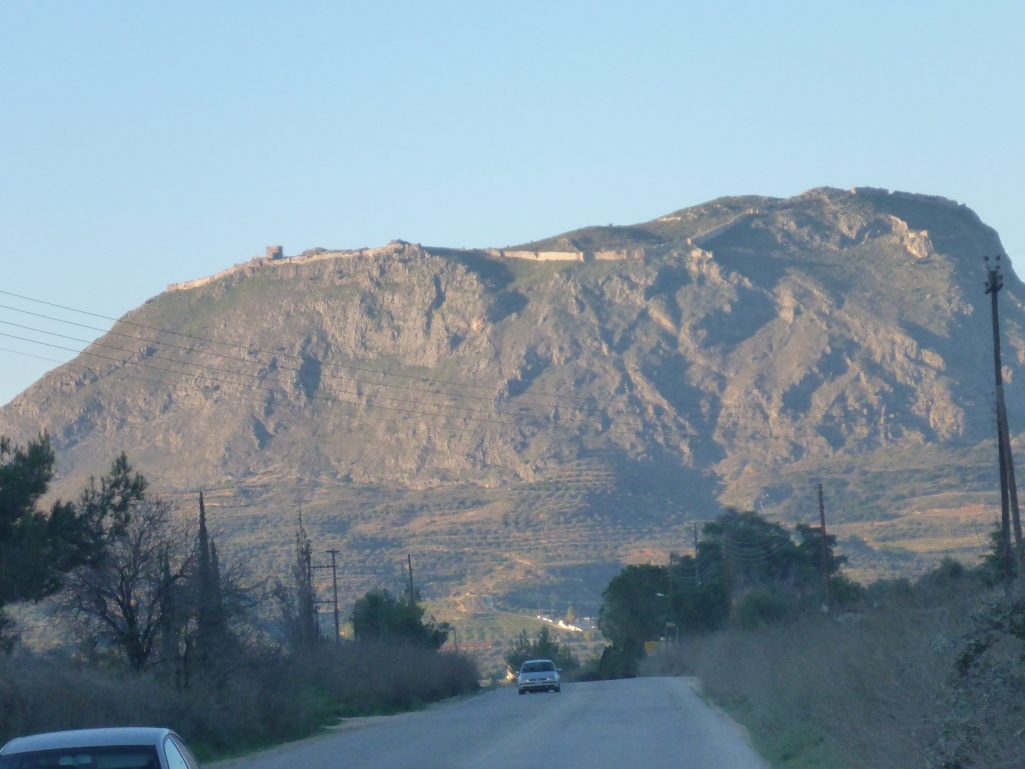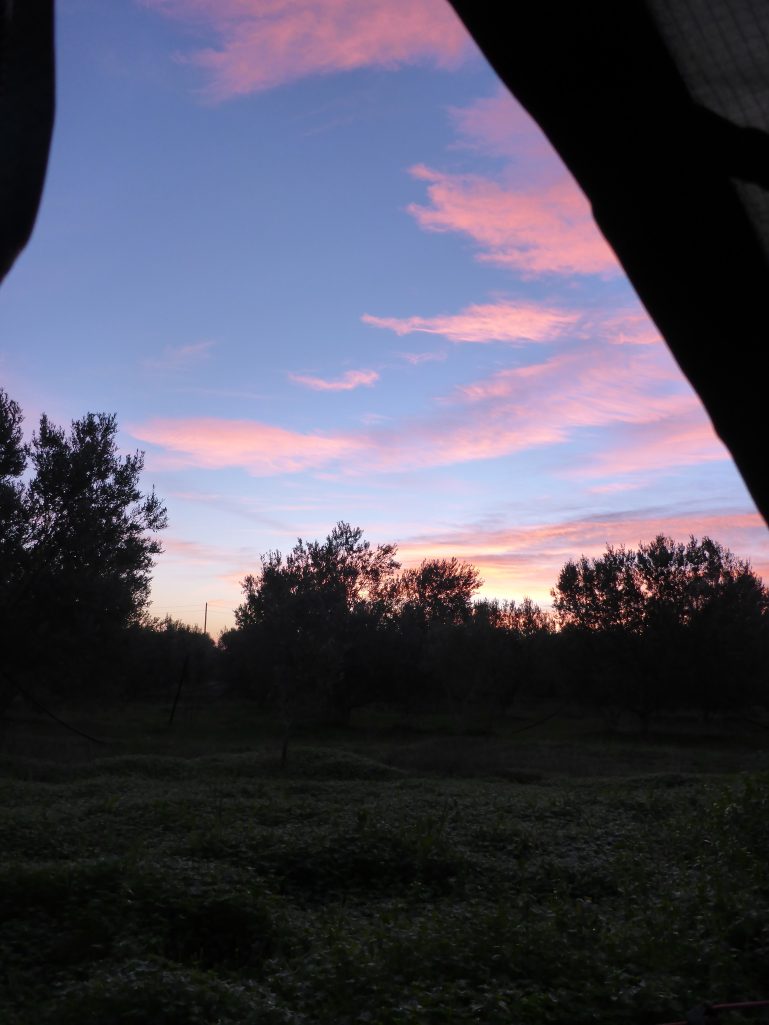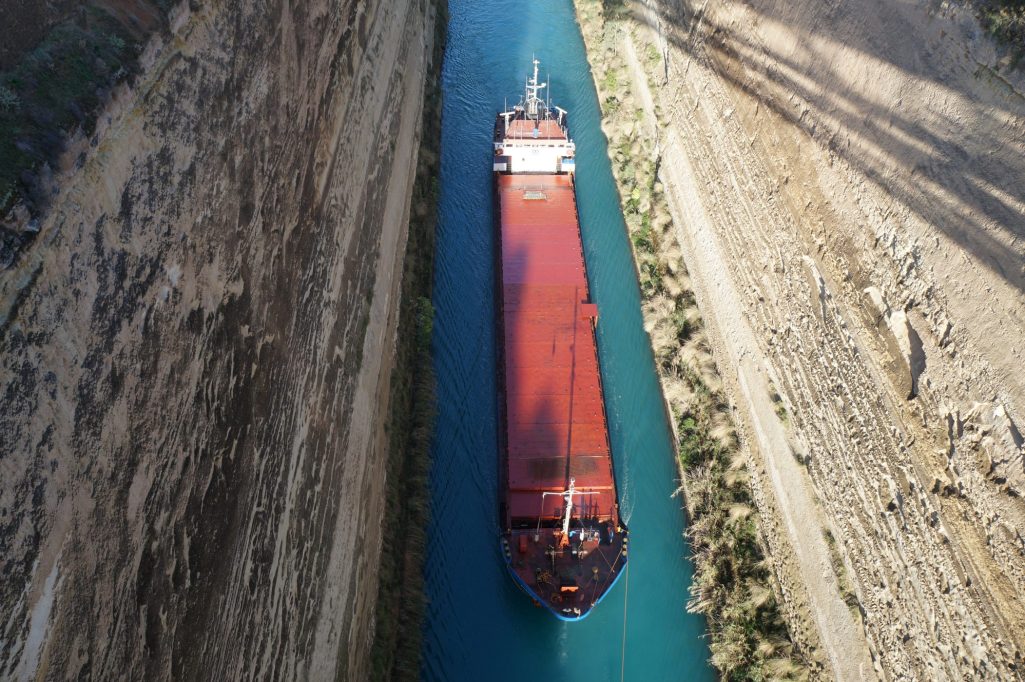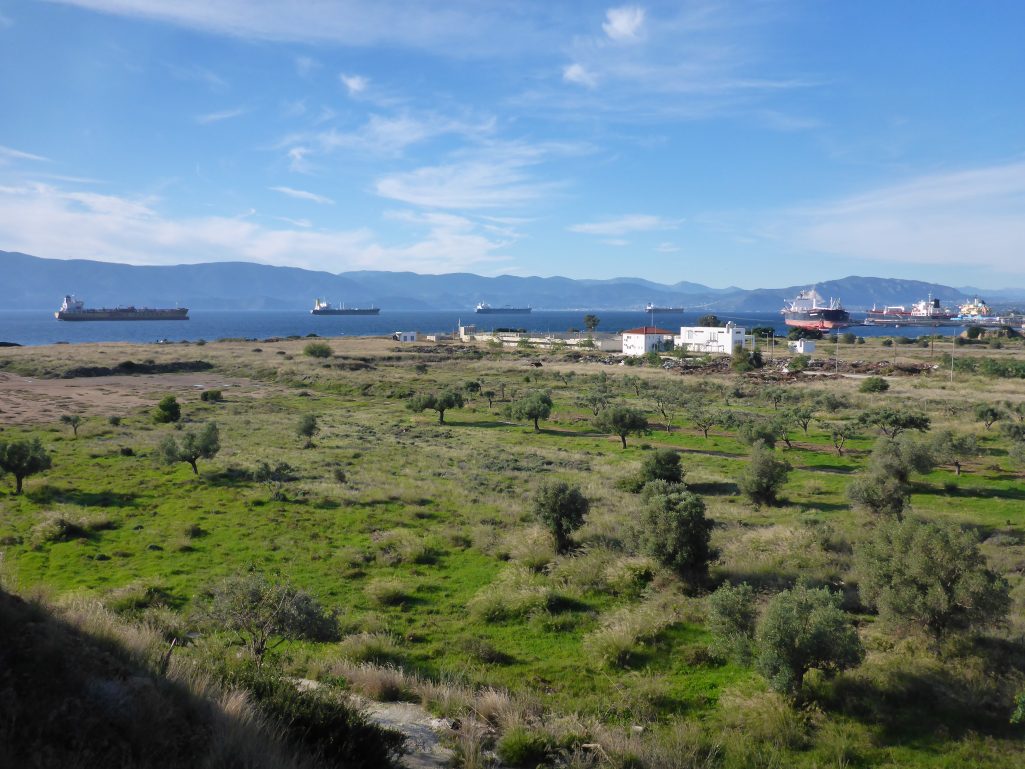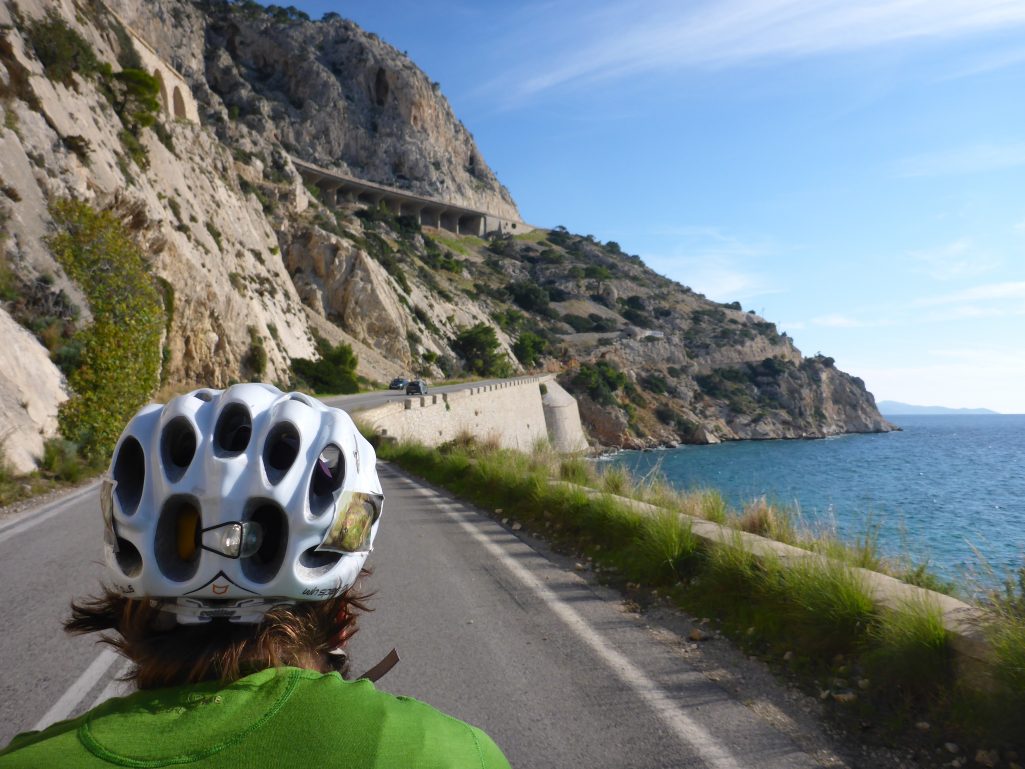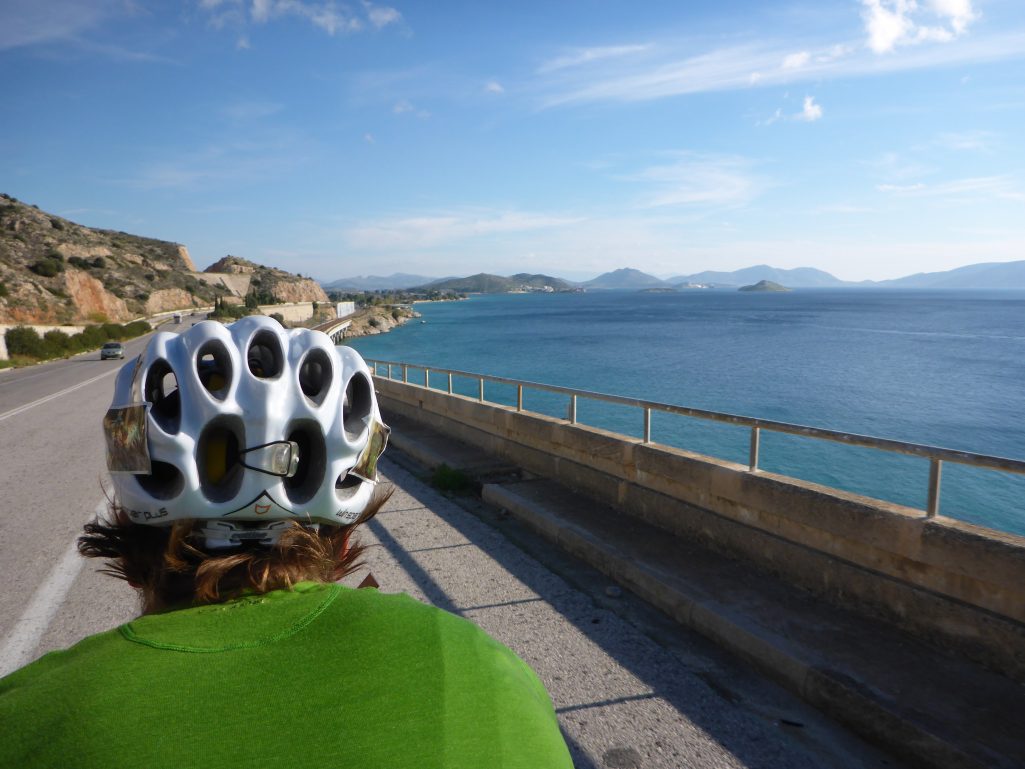Thessaloniki to Istanbul

There are some cycling records that are truly remarkable feats of human endurance. The round the year award which is to cover as much distance as possible over the course of a 12 month period is probably the most impressive. The current record was set by Tommy Goodwın in 1938 when he rode a staggering 75,065 miles in one year, an average of 205 miles per day. 3 men are vying to better that this year including Steve Abraham who I had the pleasure of riding part of the Mille Cymru with in 2014 and I can only wish him the best of luck for this huge commitment. Incidentally the ladies record of just over 30,000 miles (average of 81 per day) remains uncontested since it was set by Billie Flemming in 1938. Perhaps its time for someone to have a go at this one too?
Taking 6 months to get across Europe isn’t exactly a new world record (last year a friend did it in 2 weeks) but it is a personal milestone for us that we have to admit we’re quite proud of. We’ve also crossed the 10,000km mark without realising. It turns out the trip computer had been calibrated for smaller tyres so had been underestimating our distance and speed by 4% each day sınce the beginning of the trip. This all adds up so we’d covered 400km more than we thought we had! Steve Abraham will cover this distance every 33 days throughout the year.
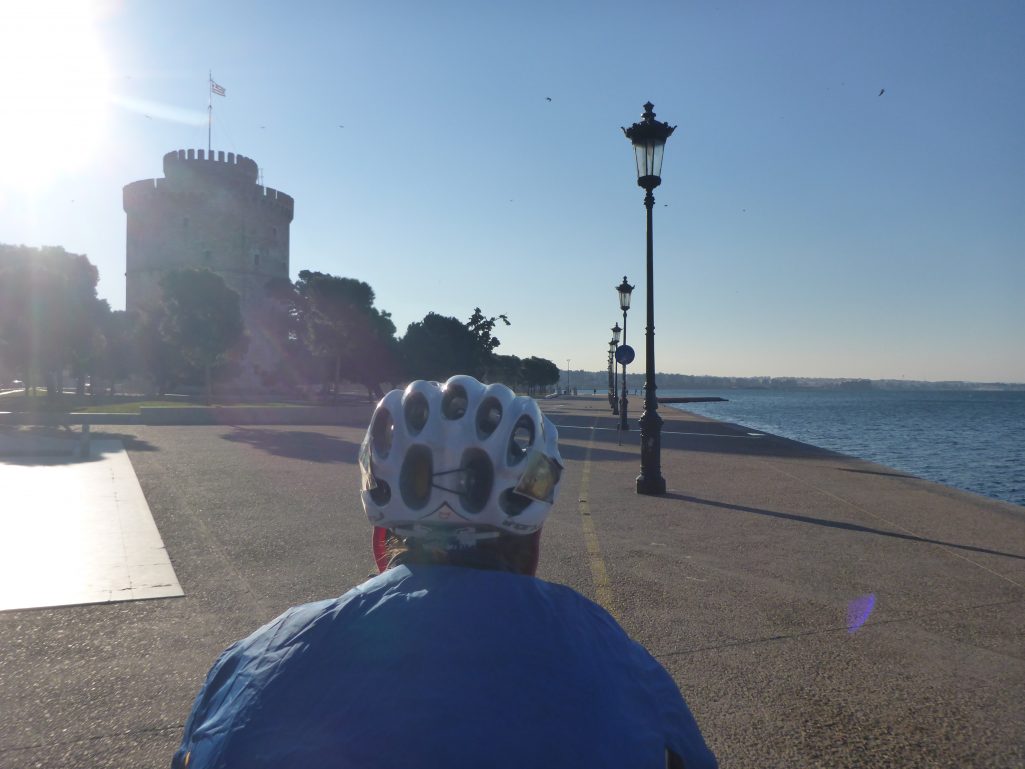
Our snow day in Thessaloniki starts with a spin across the city to Georgios’ shop, Action Bikes. On the way a car pulls alongside while we ride and the passenger insists on giving Kirsty a pair of gloves shouting “Take them, TAKE THEM!”.
Georgios has managed to find a new freehub, the one remaining part İ wanted to replace on the rear hub making it effectively now all brand new. His father, Costas, used to turn spanners for the Greek national cycling team so goes about the task of fitting the part and giving the bike a thorough service with a meticulous eye.
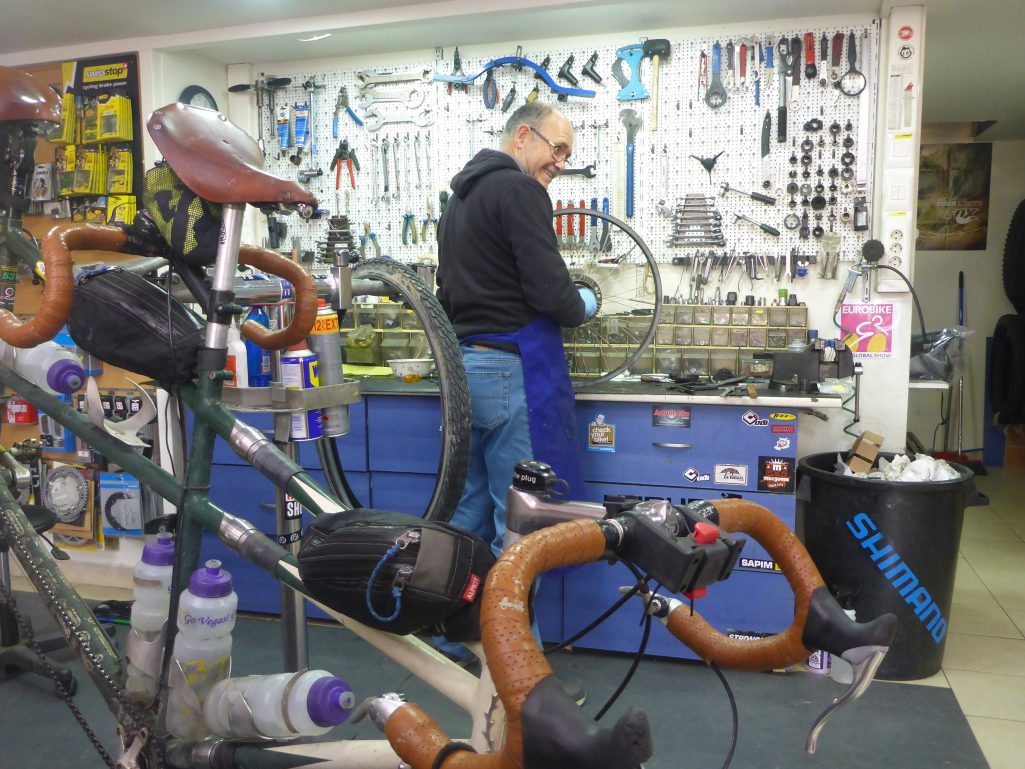
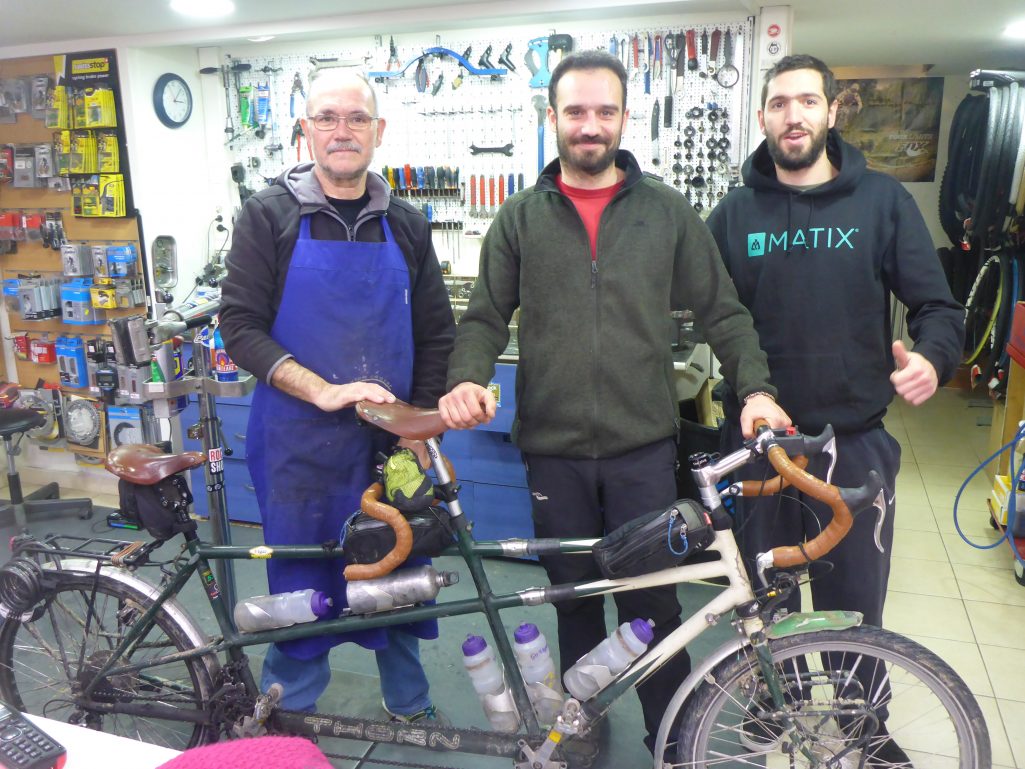
We try and arrange meeting up with a walking tour guide later in the day but they send us the wrong location for the rendez-vous so we end up standing around in the cold on opposite sides of the town. Instead of the tour we head back to Georgios’ office (the first one) where his partner Eleni shows us to our accommodation for the night: the floor of the board room.
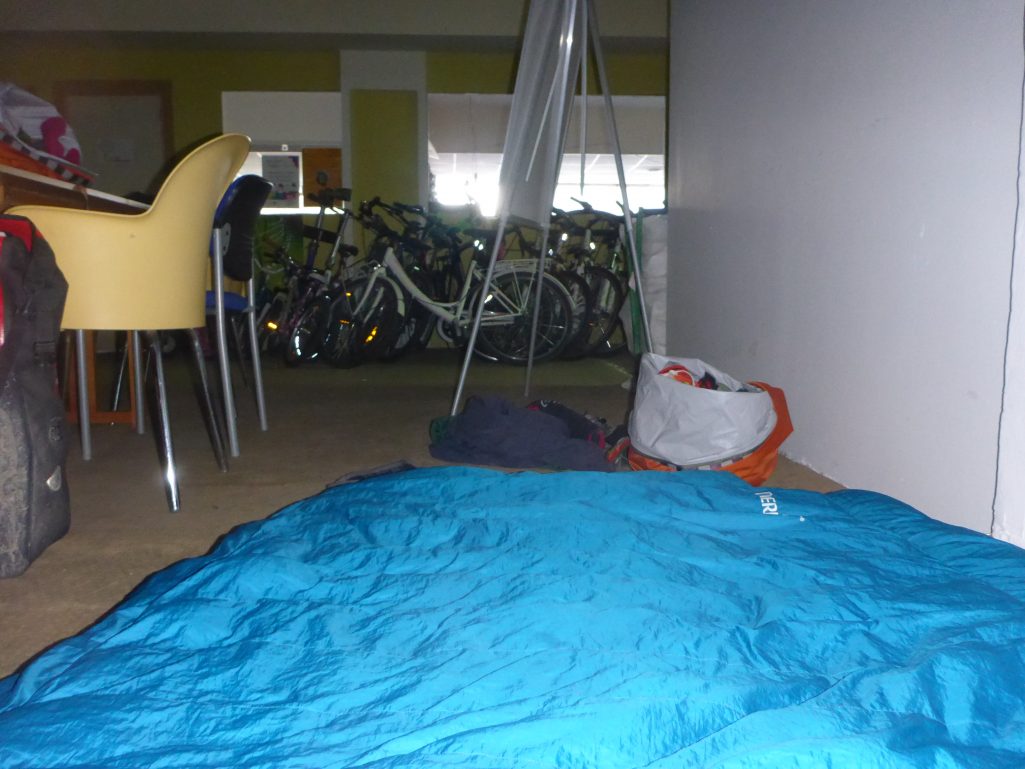
On our way out of Thessaloniki the next day we pay another visit to Action Bikes to pick up a new Ortlieb rack bag that Georgios sells us at a price we can’t refuse. We have been contemplating buying one of these for several months as, with a bit of rear end reorganisation, it should give us a bit more capacity for when we need to carry more than 1 or 2 days worth of food and water. Georgios sends us off with some recommendations for our route east and also the number for a friend who lives in a village along the way who he suggests we visit.


We’ve been sent on the hilly but quieter route and pass through the appropriately named Panorama that gives great views back down to the city. There’s still plenty of snow high on the hills all around us but it’s a cloudless bright day. Over the top we get to see a range of much bigger mountains over the border into Bulgaria as well as the lakes that we drop down to follow for the afternoon.
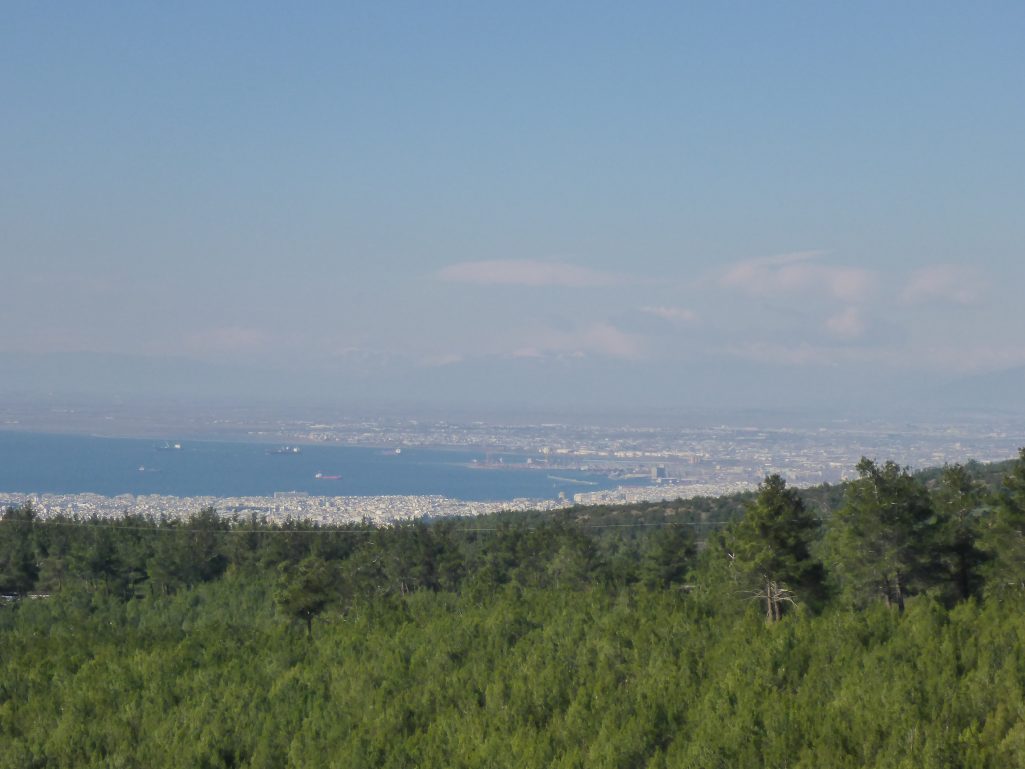
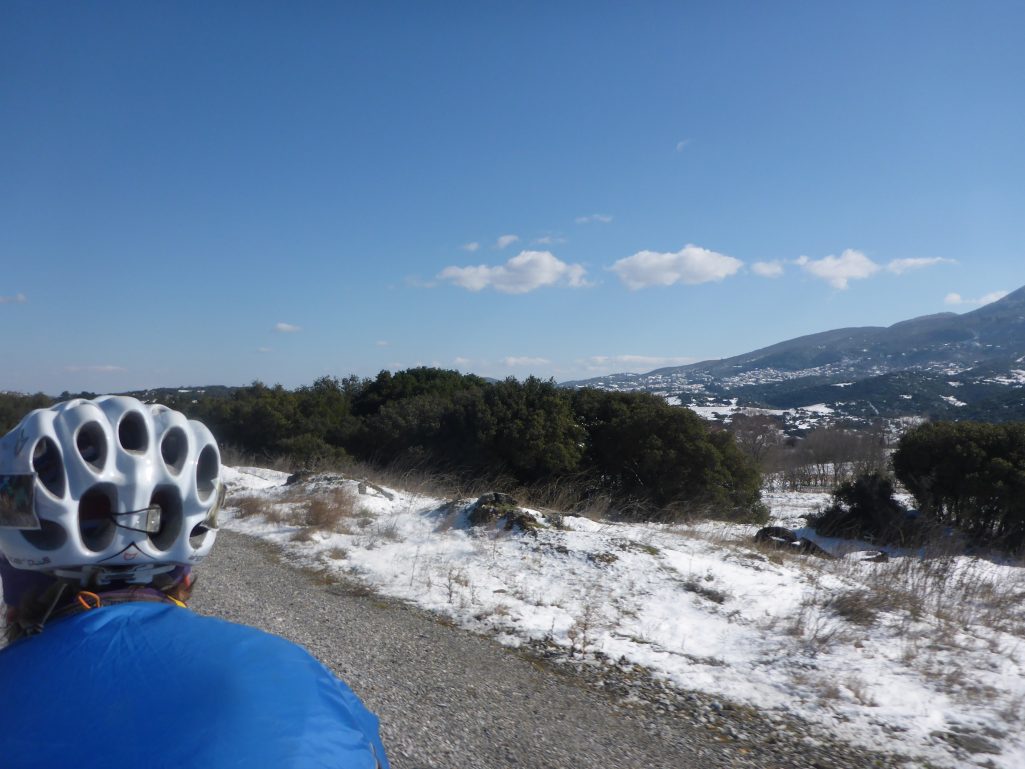
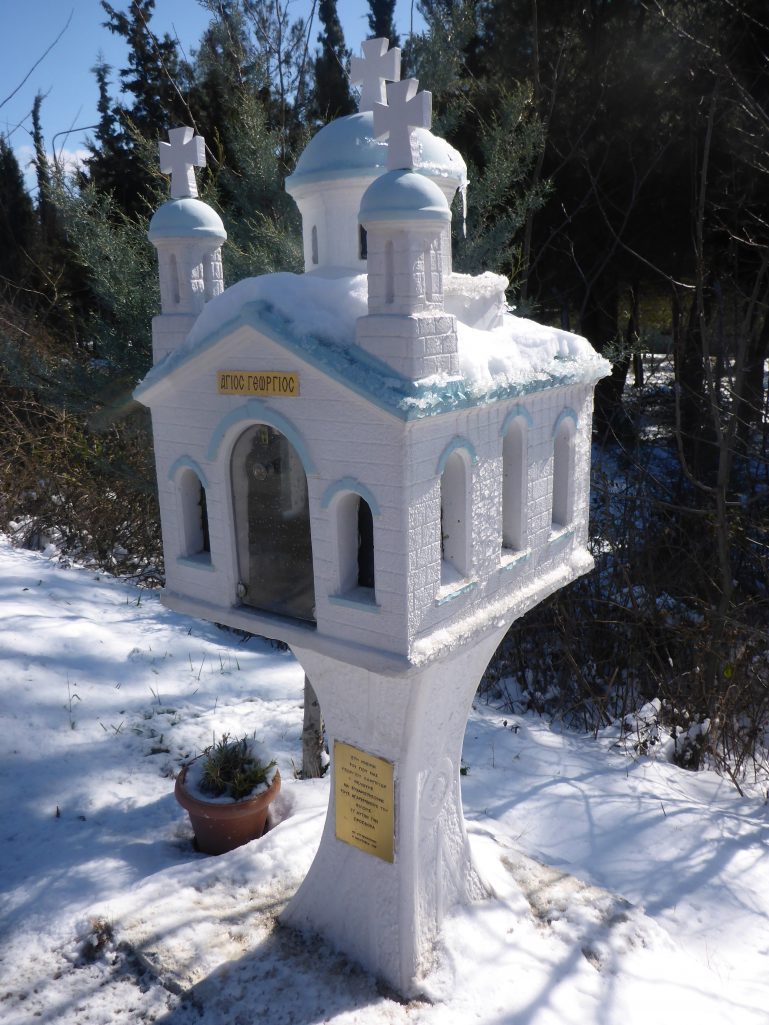
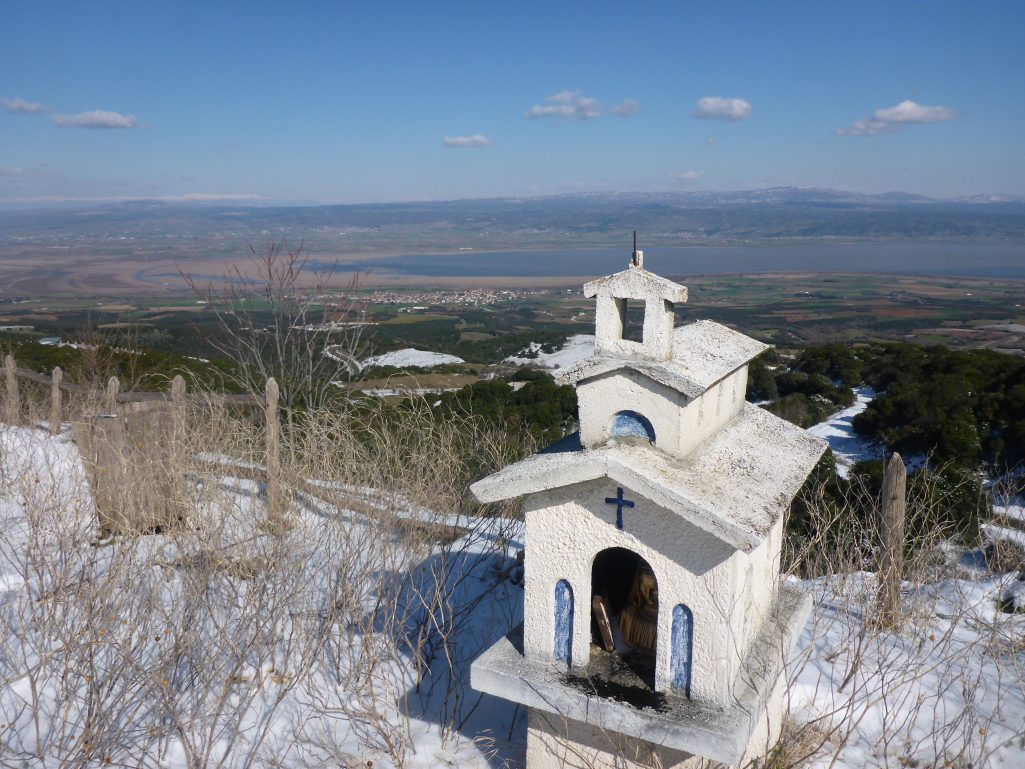
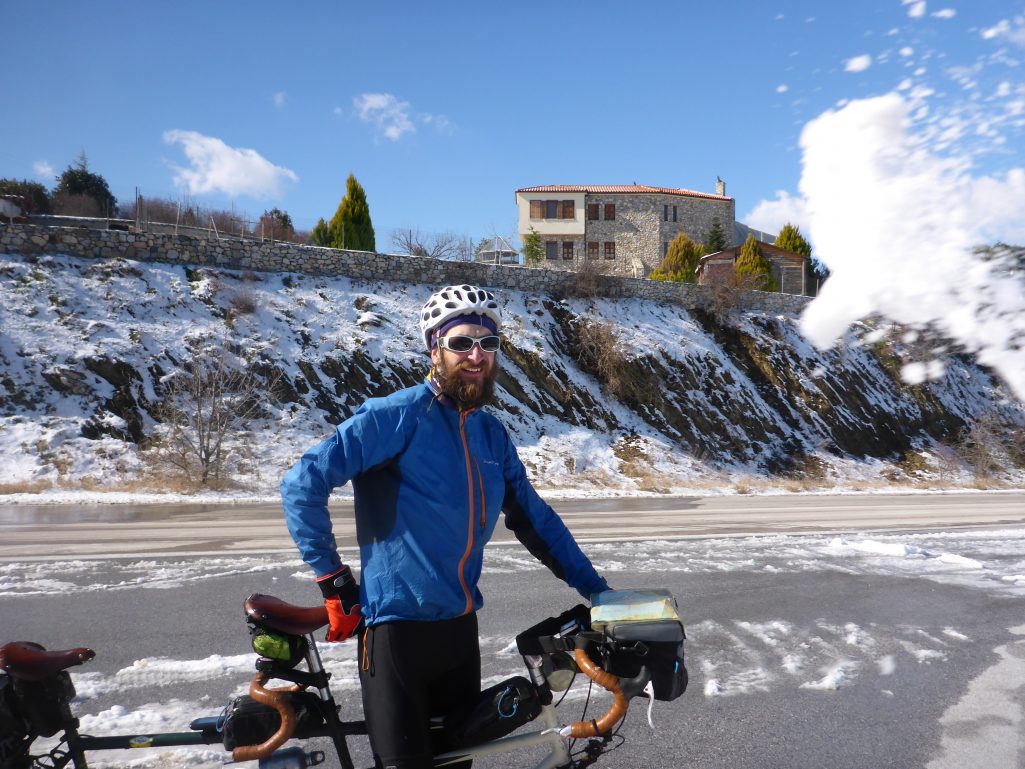
By the evening we’ve made it to the coast at the north east tip of Poseıdon’s Trident: Halkidiki. The forecast is for subzero temperatures overnight so we’re keen to find some shelter if we can but there are no cosy churches in sight along the sea front at Vrasna. We stop to ask someone if we can camp in an olive orchard on the basis that he has a scarecrow on a bike in his front garden so must be cyclist friendly. While he’s trying to direct us to a campsite (that will definitely be closed), his wife comes out and invites us in for coffee. Their wood burning stove, fresh coffee and even fresher roxakia cakes, a traditional Macedonian delicacy, are all very much appreciated and bring some warmth back into our toes. Ah yes, this is the Greek region of Macedonia and the reason why the country that sits to the north west has to be called FYROM.

While we enjoy the coffee and cakes their Dutch neighbours are brought round to translate so we explain what we’e doing on a bike on a freezing February evening. Before long we’ve been invited to make use of a carpentry workshop just round the corner, and the owner, Vassilis, sets to work sweeping the floor and loading up a huge stove with broken pallets. It soon becomes very warm and inviting and we’re left to set up our beds and use the huge band saw as a dining table.


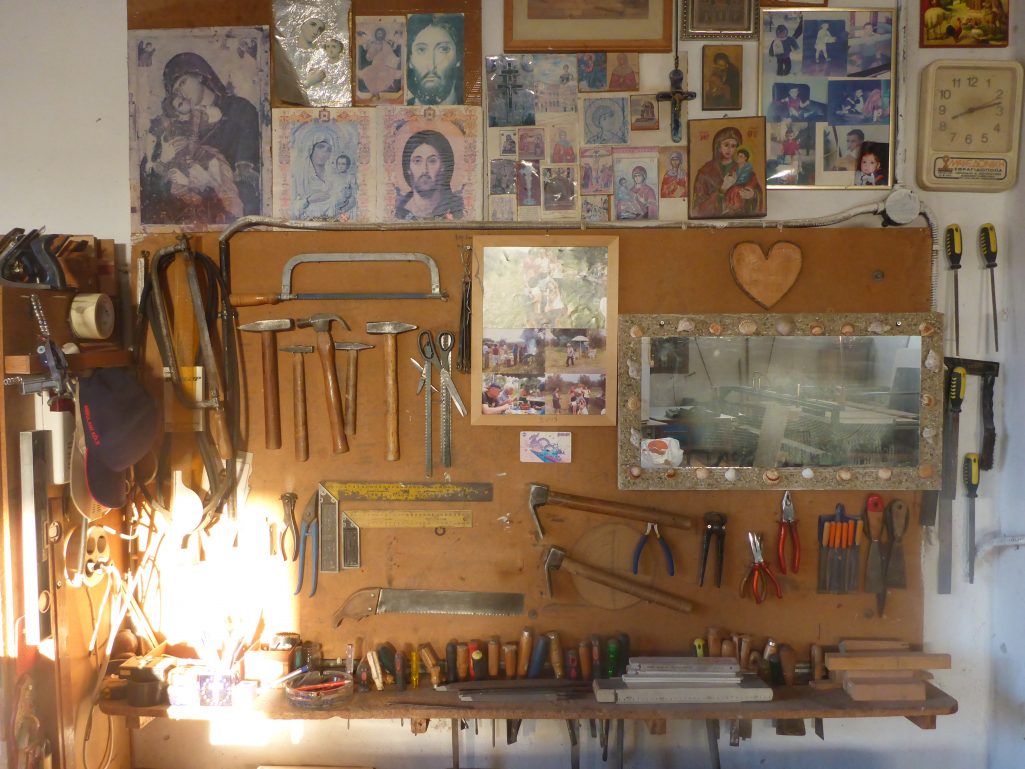
Vassilis brings us fresh bread in the morning then sends us on our way back following the coast to the east. Its cold but clear and when we get the chance we turn up towards the mountains to generate a bit more heat with some climbing.
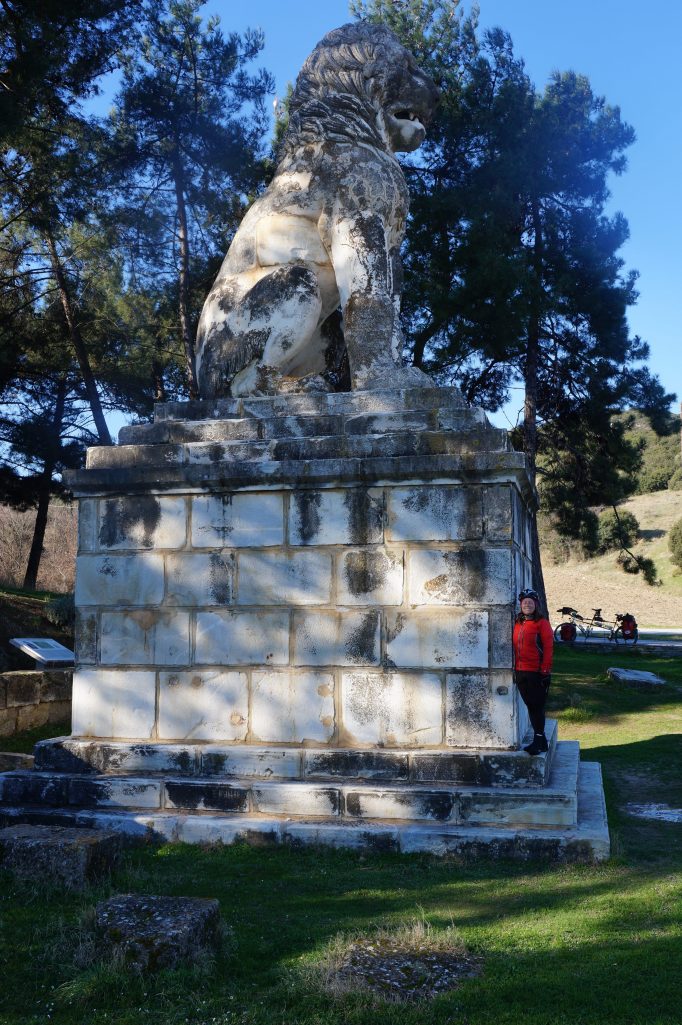
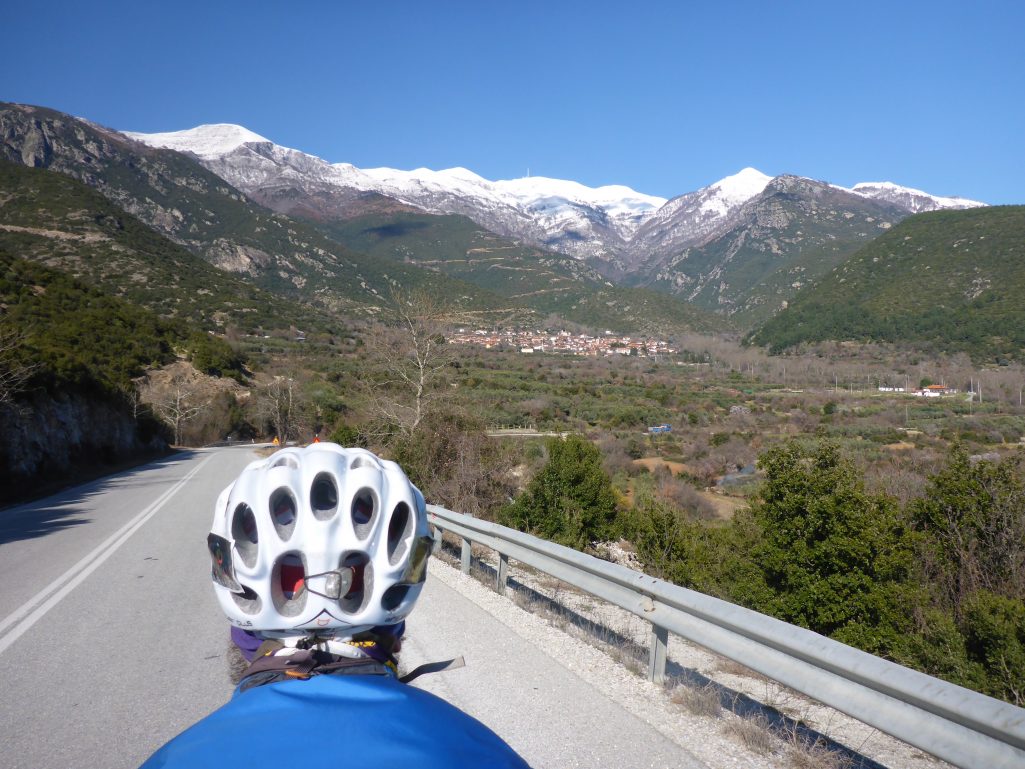
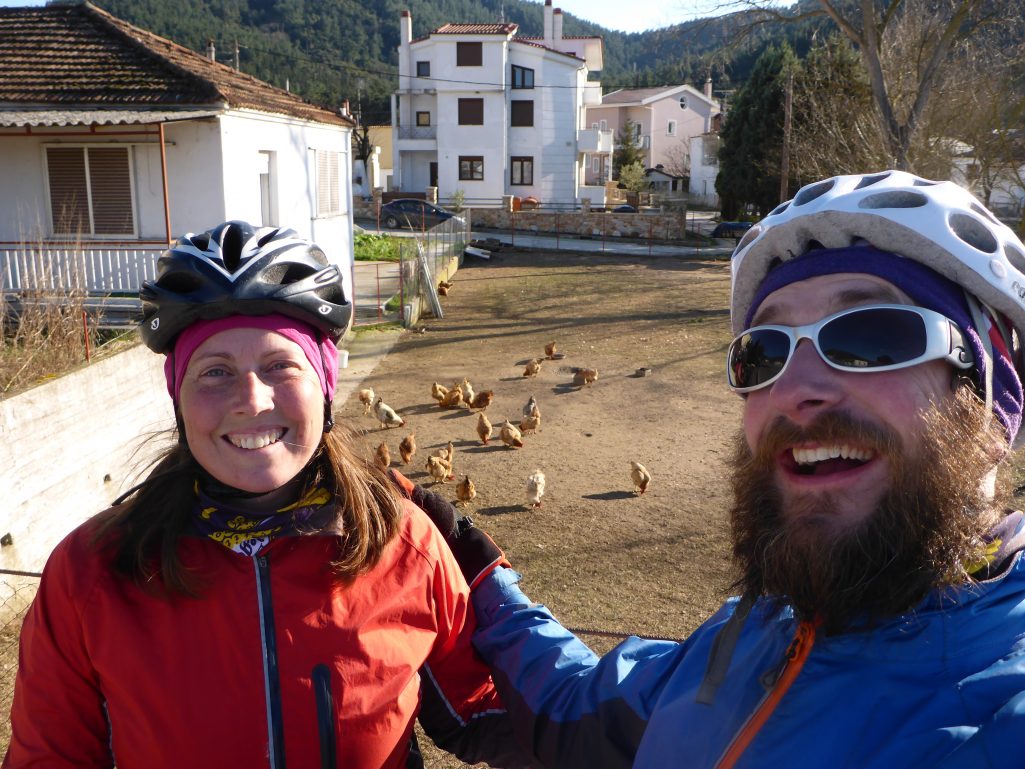
A kind cafe owner refuses payment for our coffees at the top of the hill, then we drop down to the coastal town of Kavala. Here we get chatting to the owners of a small kiosk while we try to buy some stamps for some nieces’ birthday cards and get another complimentary coffee and a big bottle of water. This side of Greece seems to be much friendlier than the west, possibly as it sees fewer tourists but also maybe because we’re getting further east.
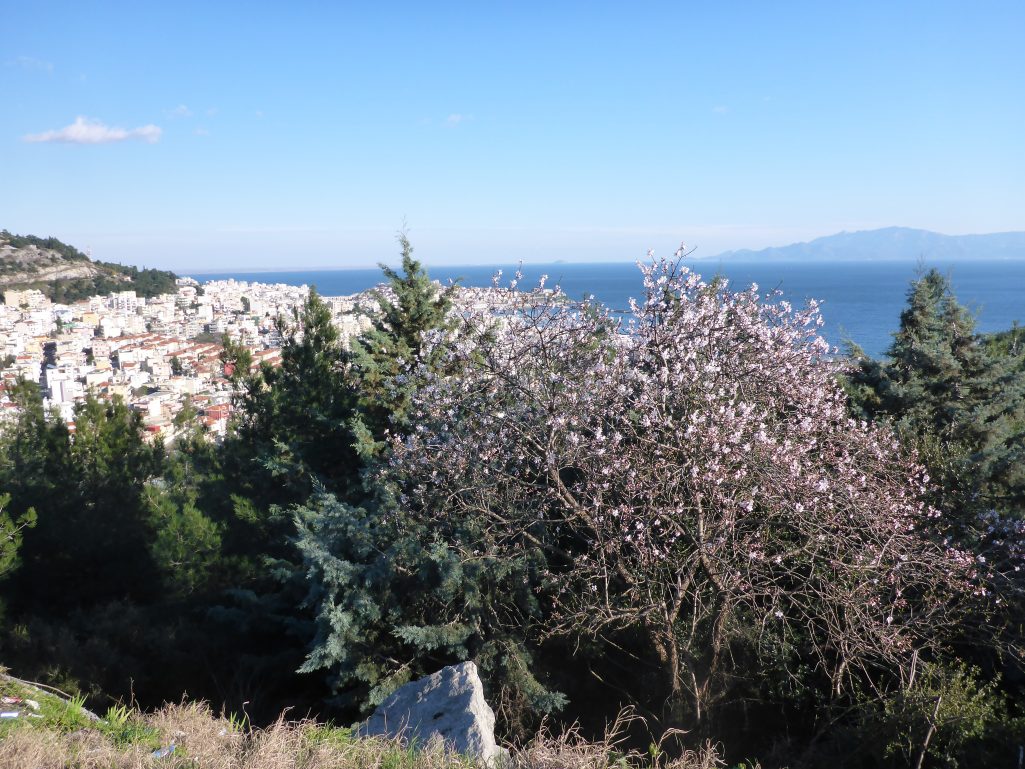
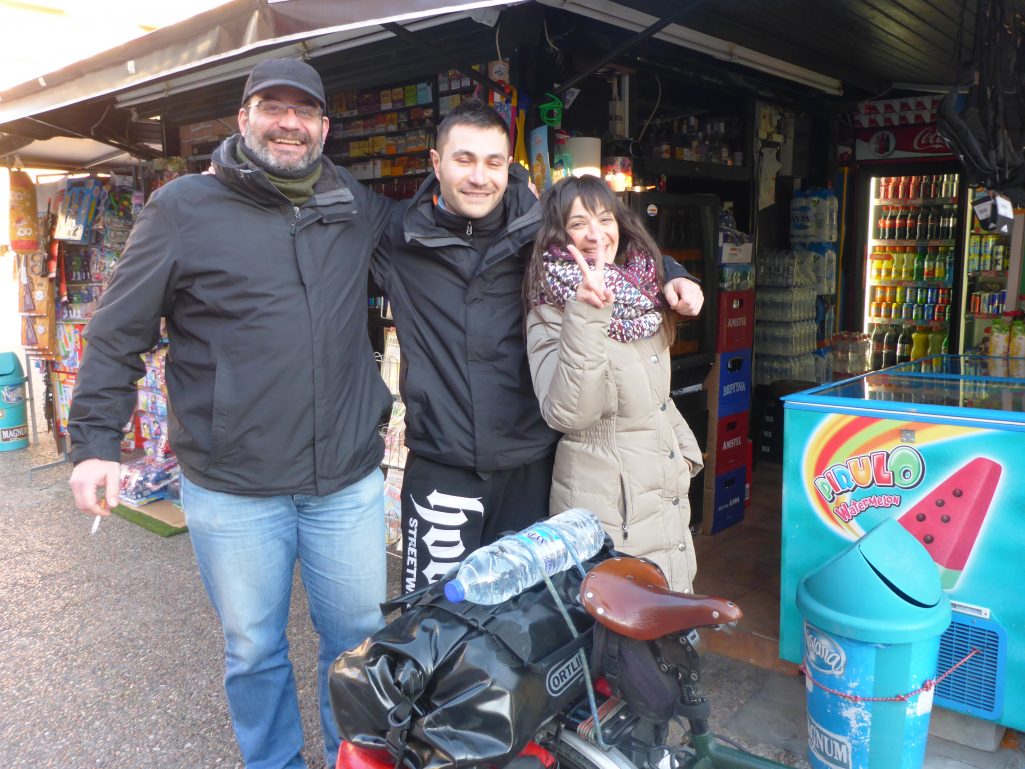
The mercury is set to plunge again overnight so once we’ve found a nice spot on a clifftop looking back to Kavala we get a small fire going and sip some of the ouzo we were given before pulling on all our clothes and diving into the tent
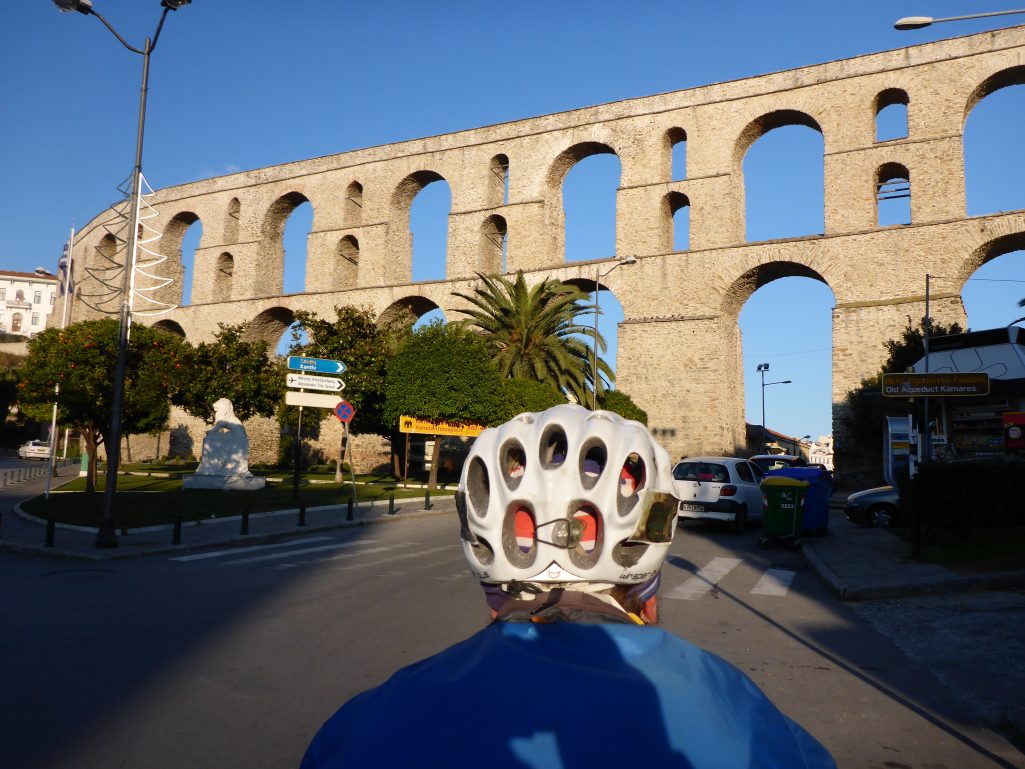
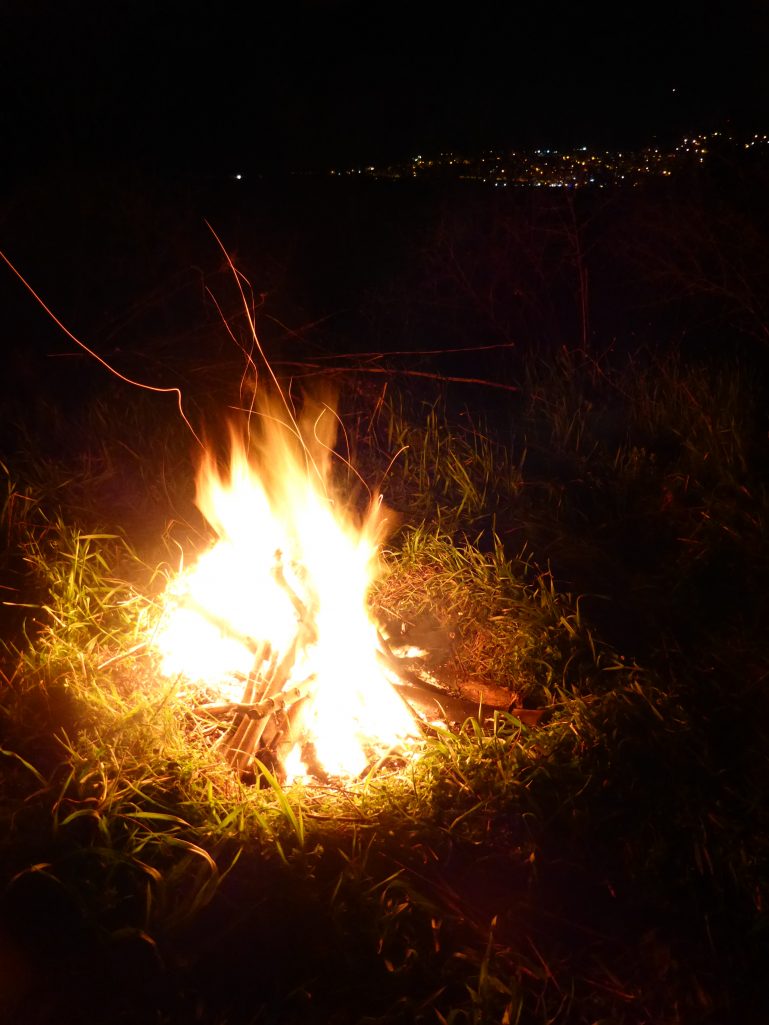
Sophia and Antonis, the friends that Georgios had recommended we visit, live in a small village on the banks of the river Nestos which is where we’re heading the next day. The factor that convinced us to call in is that Sophia runs a small bakery, so when we arrive in Toxotes we head straight there and begin choosing from her range of delicious pastries. It happens to be the first day of a carnival season that runs up to Easter so to celebrate there will be some festivities later that afternoon and Sophia tells us we’re welcome to attend.
There’s time for a coffee and to tuck into the pastries before we join Sophia at her house then walk down to the village hall where a BBQ has been loaded up with souvlaki and meatballs. With loaded plates and cups of wine we get introduced to some of the other villagers while the local priest fires up a pair of turntables to try and instigate some dancing.
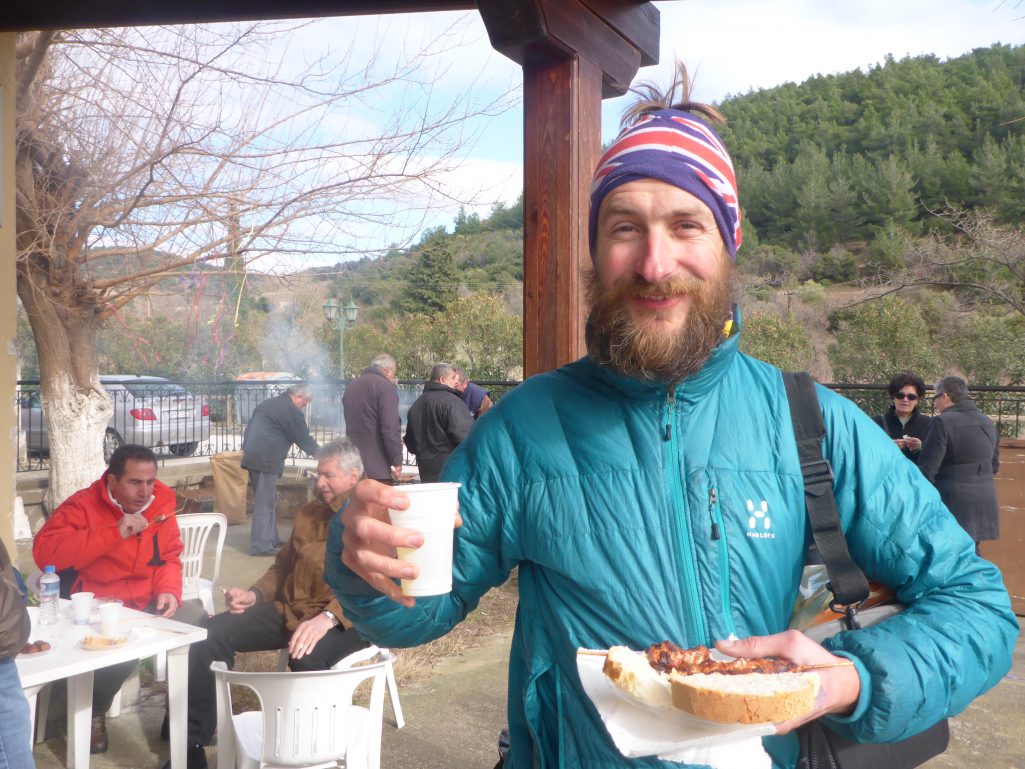
The children are all dressed in various costumes and Sophia’s daughter Eva has come as a leopard. We get to watch a puppet show in Greek that we think involves a witch, a river and a judge that is actually a love story. Afterwards there’s sack racing, more music from DJ Dog Collar and then we retire to the house of some friends of Sophia and Antoni’s for another BBQ and homemade tspirou. Strong stuff!


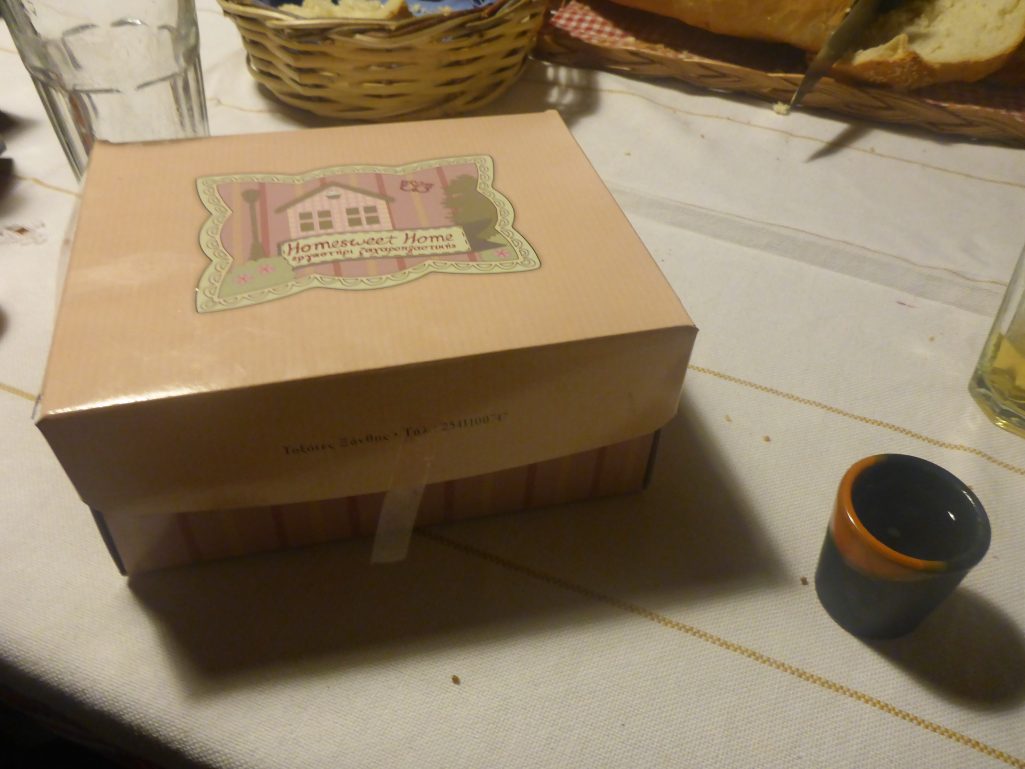
The couple who put on the puppet show, Miltos and Sozo have given up life in Athens to set up a farm in the mountains and suggest that this is something more people should be doing. It’s a surprisingly popular dream amongst people we’ve met all through Europe with a common desire to become more self sufficient.
Sophia and Antonis kindly offer to let us stay for the night to avoid having to pitch the tent so we’re grateful for another warm bed. We’d only originally intended to stop to buy food!
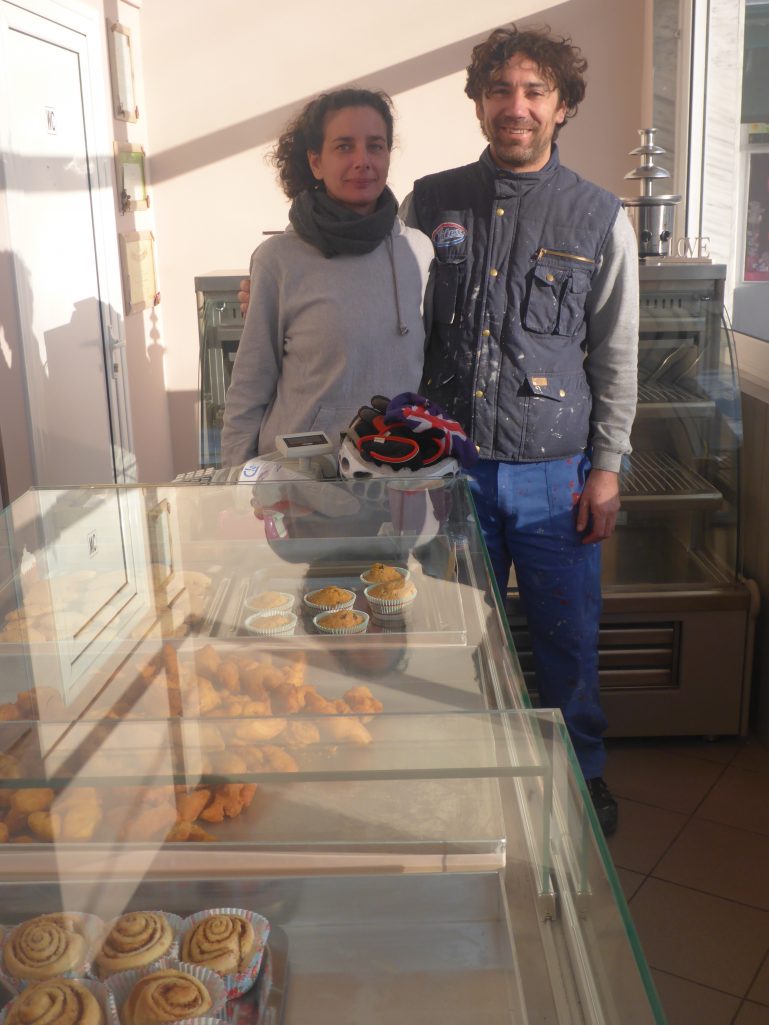
In the morning we call into the bakery again to load up the Ortlieb bag with fresh supplies for the day then wave goodbye before rejoining Route 2 eastwards.
After 20km we spot a sign for thermal springs at Loutra Potamias so decide to take a look. We find a steaming hot ditch full of water with a small bath house alongside that the proprietor lets us dip into in return for one of Sophia’s biscuits.

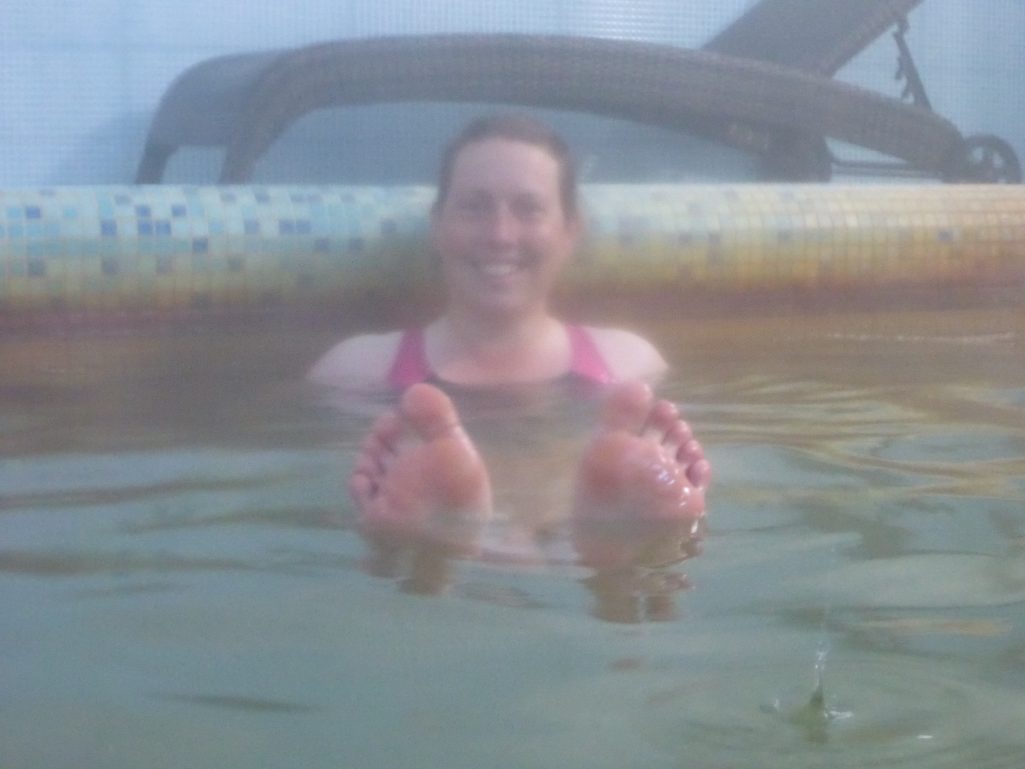
A collapsed bridge forces us to push through a stream to get back onto the main road again and then we come alongside Lake Vistonida. It’s a prime spot for bird watchers, but even with our limited ornithological knowledge we can recognise the flocks of flamingos all on one leg, then later a dozen or so pelicans.



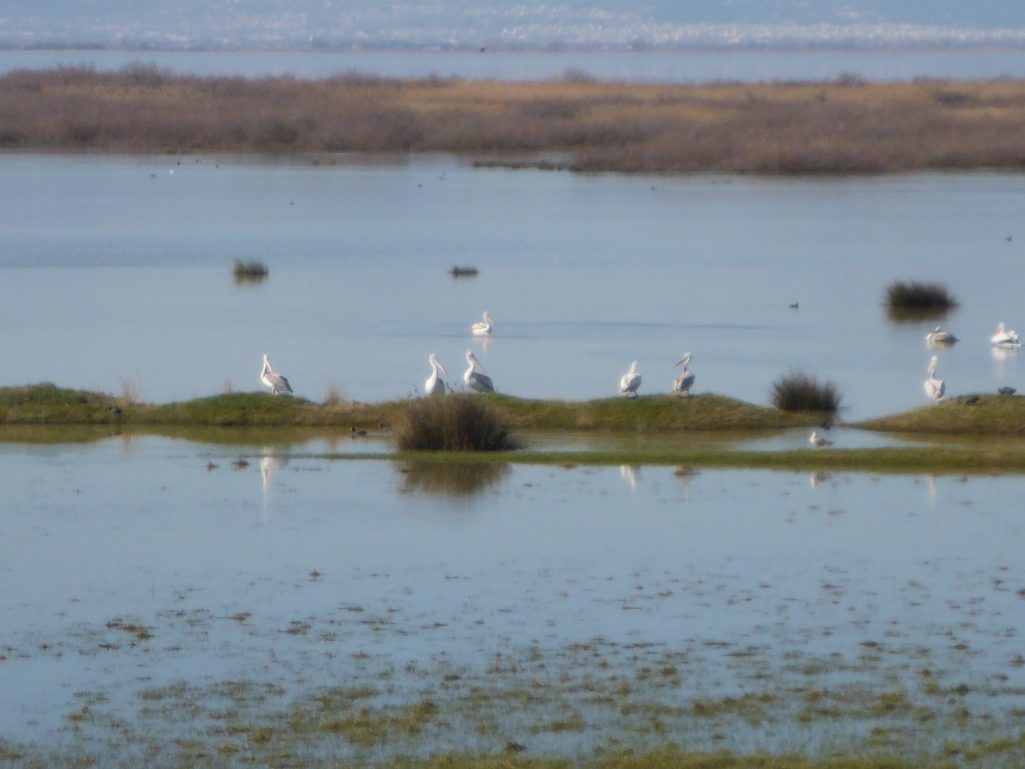
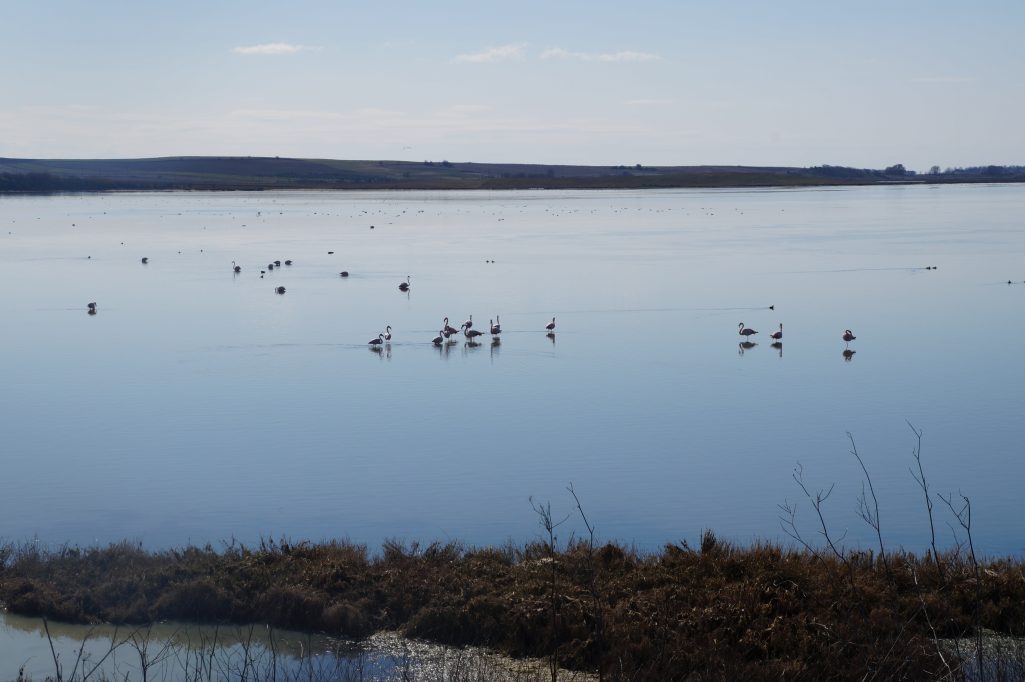
After lunch we venture onto another shortcut that takes us onto a minor road beside cotton fields. As with previous shortcuts it presents the odd challenge with 3 or 4 fords to negotiate and one that requires shoes and socks to come off and we get cold toes.
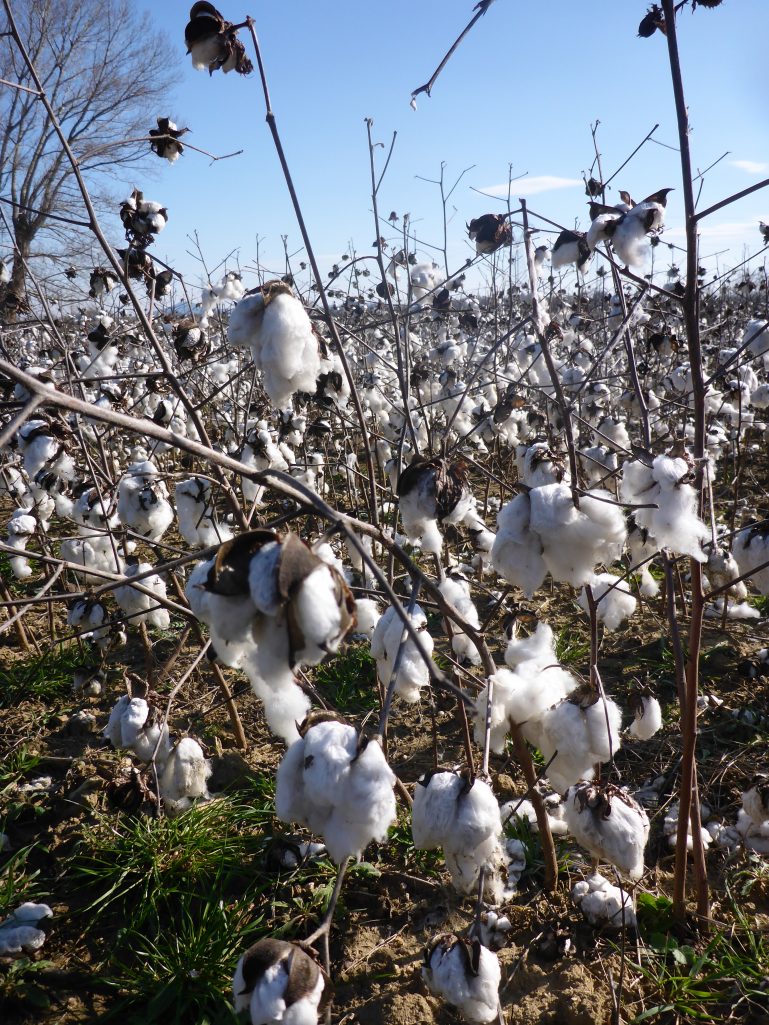
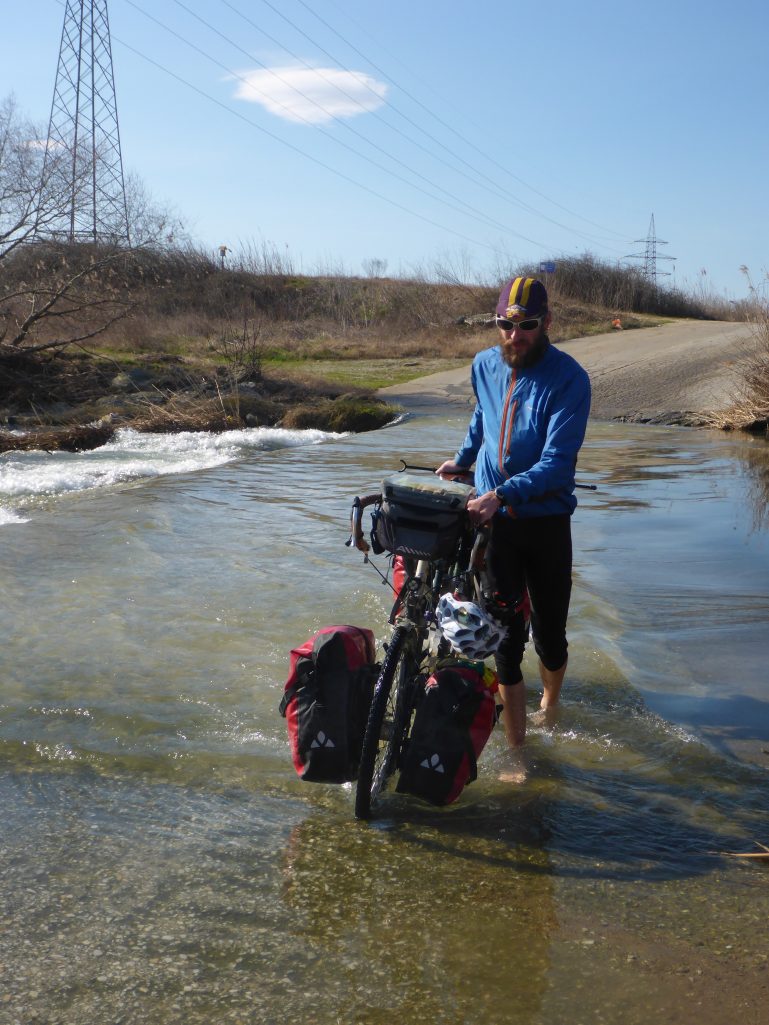
The landscape is changing with rolling plains and bigger gaps between basic villages. We’re also seeing more mosques than churches as this region was formerly Turkish and retains a large Muslim population.
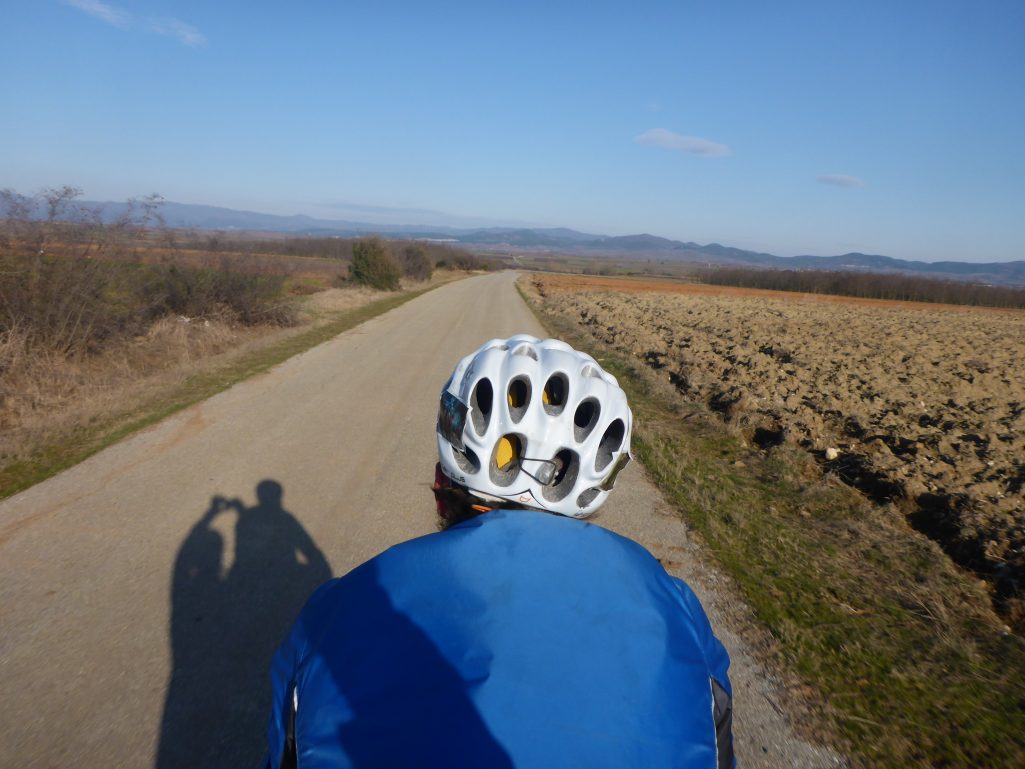
We set up camp next to the remains of the Via Egnatia, a Roman road that linked Rome to Istanbul and crosses from Albania through Greece into Turkey. There’s enough of it left to invoke images of chariots making a similar journey to ours 2100 years ago but we’re glad to have nice smooth tarmac instead of cobbles.

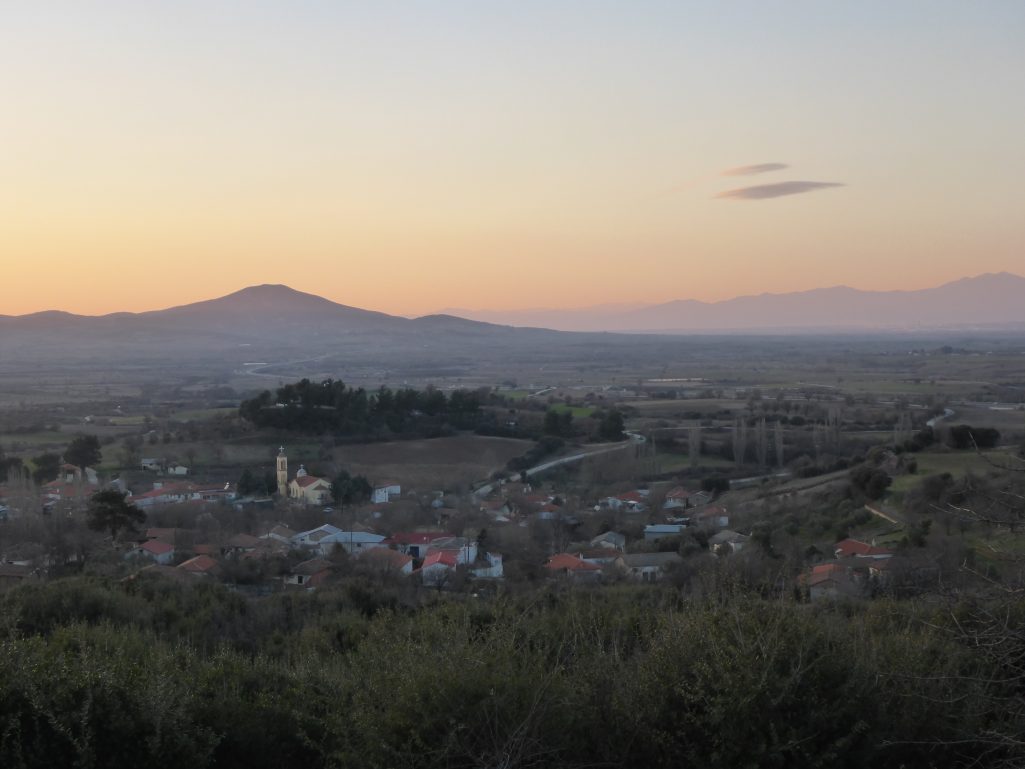
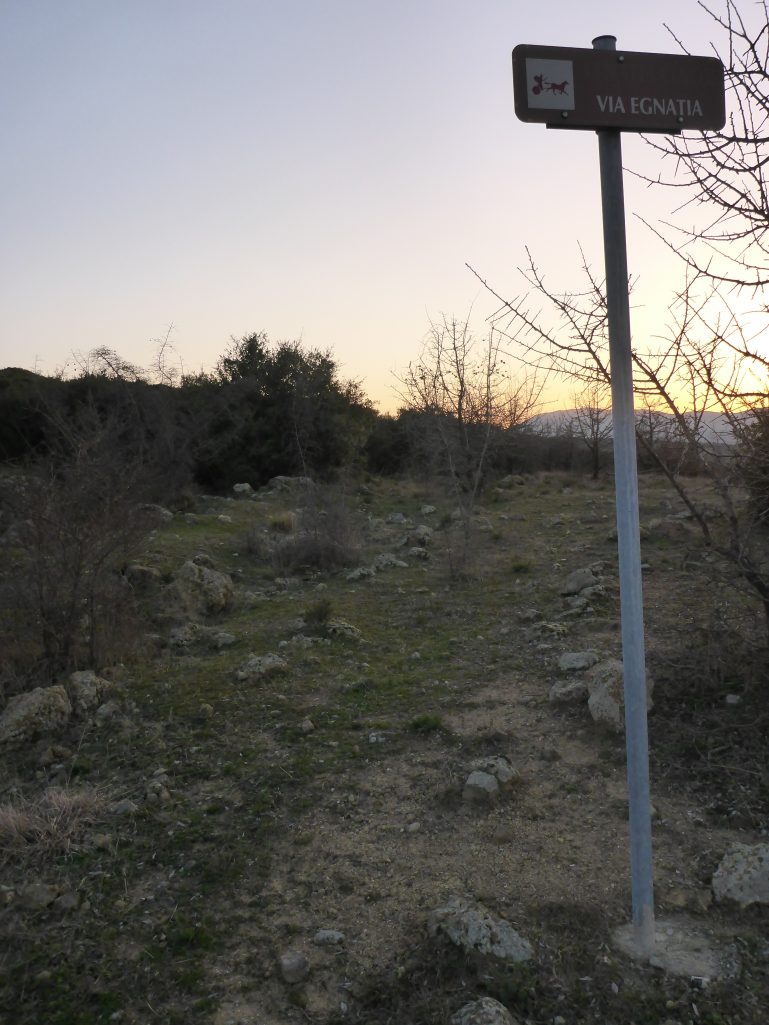
We’re woken just before dawn by the ezan sounding out from the mosque in a village below us then the sound of barking. A pack of 7 or 8 dogs have decided they don’t like the look of our tent, and they like the head that pops out of it even less. They soon get bored though and leave us to enjoy our last breakfast in Greece.
We climb over a ridge then swoop down to the coast again into Alexandroupolis. Here we pay an emotional visit to what could be the last Lidl in Europe so stock up on some of our favourite biscuits and sheep’s milk yoghurt.

We need to print out our Turkish visas before we reach the border and look for possible options while riding down the high street. A computer printer shop seems suitably equipped and is more than happy to oblige.
But at the border our freshly printed visas aren’t even checked and after visiting 5 different men behind 5 different windows we’re through and into our first new country for over 2 months. As is often the case with roads leading away from borders, there is a large dual carriageway with barely any traffic due to the natural throttling effect of the passport control. Also typical of roads in and out of a border are the number of petrol stations. İt’s as if drivers are being told that this is their last chance to fill up with good quality Greek/Turkish fuel before crossing into the unknown.

After 20km we’re still 15km from the nearest supermarket and the light is fading fast, so we stop at a petrol station with restaurant attached and ask if we can camp behind it on the basis we’ll be buying our dinner from them. This seems to be a popular tactic with most cycle tourists passing through Turkey as there is almost always a nice picnic area beside each service station. So the answer comes back “Of course, but we have a hotel here too!” but we politely decline and pitch the tent then enjoy a romantic valentines meal in the empty restaurant, huddled round the only heater in the room.
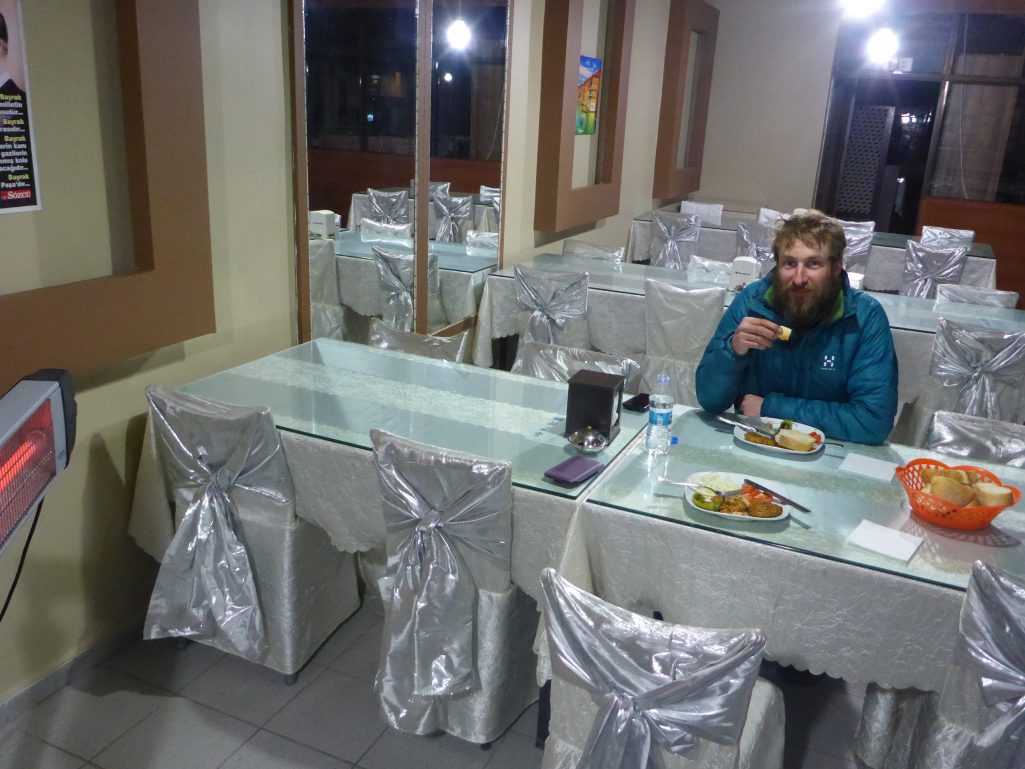
As well as the picnic area the service station has a coop full of chickens and a peacock and also a mini mosque so we get the combined cry of cockerels and ezan to rouse us in the morning.
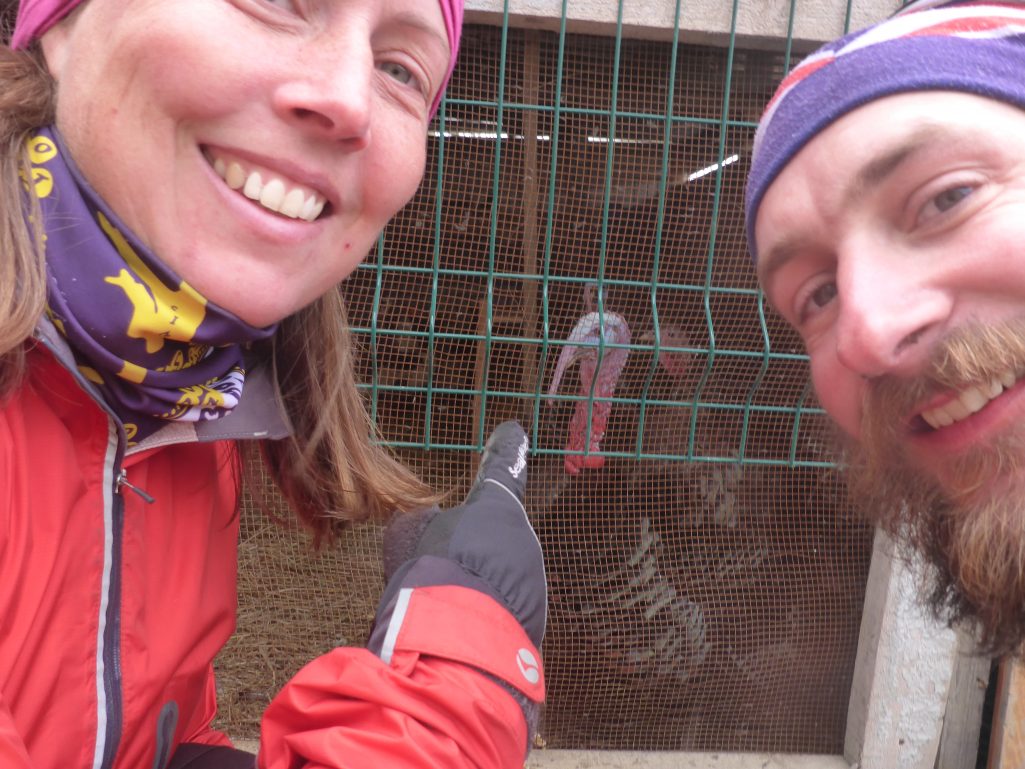
We have a windy and hilly day on a road that reminds us of a similar stretch in Finland. Curiously this is the D110 and the road in Finland was also the 110 so this is clearly a number saved for tedious roadways. The day is brightened a couple of times by some complementary çay when we stop for a breather at a cafe and later a service station.
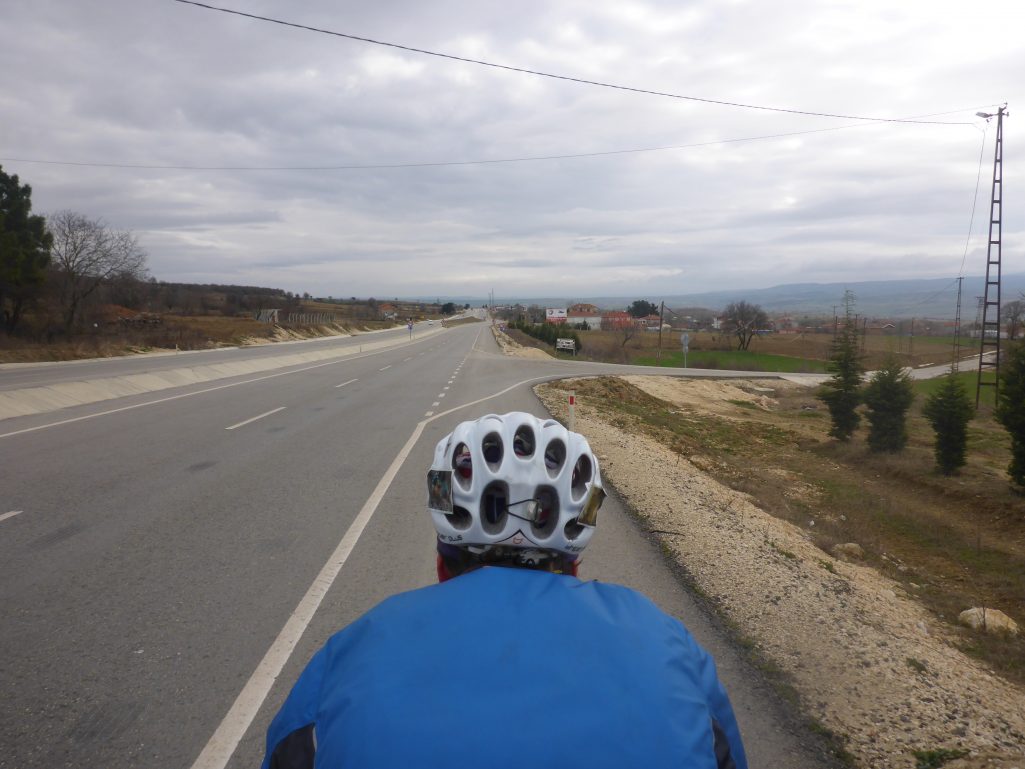
By the afternoon a heavy drizzle has set in so we’re thankful that we have a reply from a Warmshowers host in Tekirdağ offering us a place to stay. But there are some complications. Zafer won’t be home until 11pm so has suggested we go to stay with another friend until he gets back. While we’re sat in a cafe trying to arrange this, another email arrives from Serpil saying we can stay with her, so to save rushing around town in the middle of the night we accept Serpil’s offer and send our apologies to Zafer. He doesn’t mind as Serpil is one of his friends too!
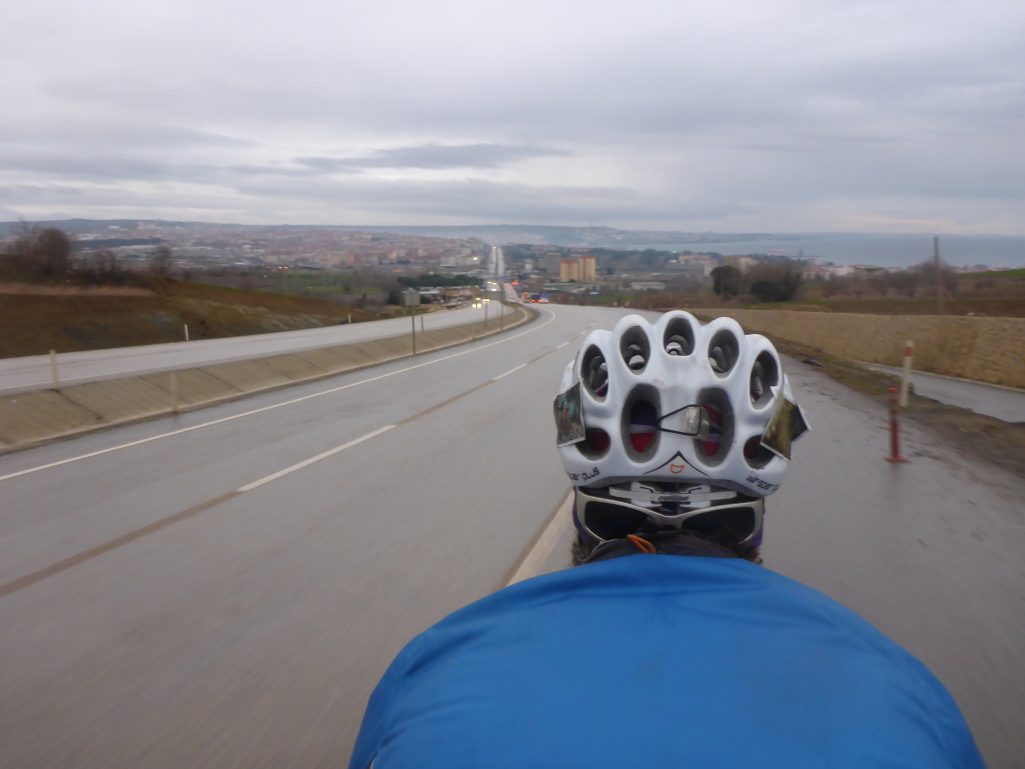
Serpil’s flat is at the top of a very steep hill but once we arrive and catch our breath she, along with her daughter Ada and cat Bleu Orage make us feel at home allowing us to dry out and warm up again. Although she’s not a cyclist Serpil loves travelling and loves hosting travellers just as much. It seems a shame that she’s never been to Greece despite it being so close though but the EU Schengen visa is prohibitively expensive for her. We should be very grateful for how easy it is to travel as a UK citizen.
In the morning Zafer makes a surprise visit so we get to thank him in person for trying to help us. He offers us a generous gift of a kilo of chocolates which should require roughly the same number of calories to haul them up the hills as we get from eating them.
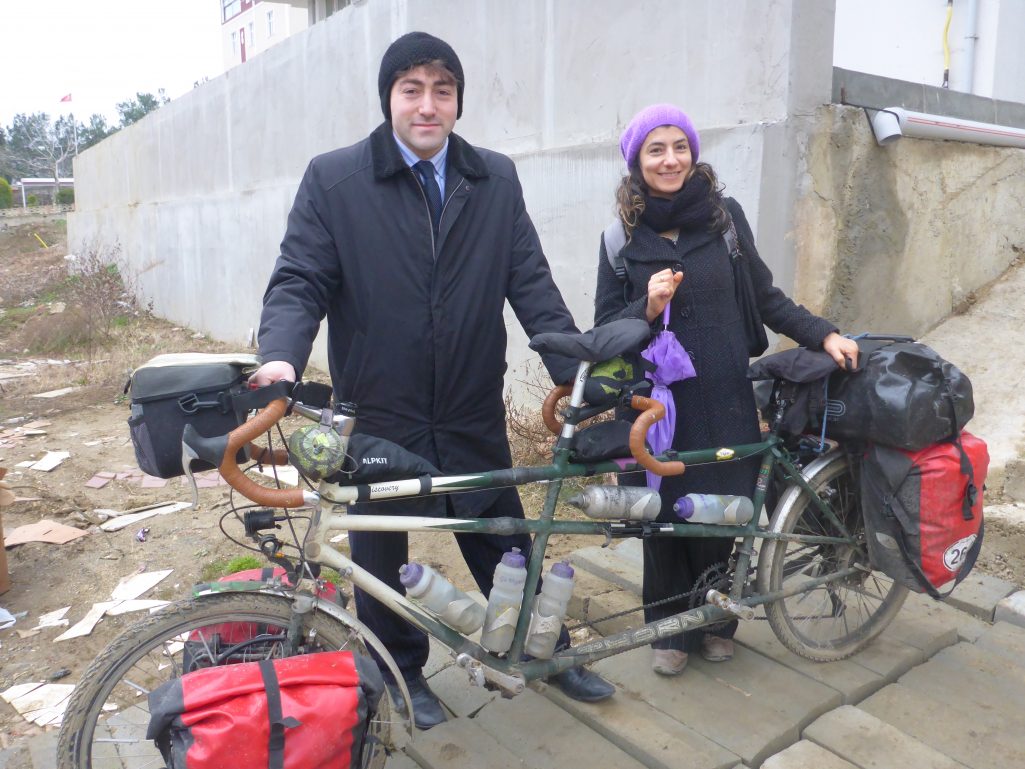
Back on the D110 its a similar ride to the day before only the traffic begins to get heavier as we get nearer to Istanbul. At the risk of sounding like a broken record the wind is of course blowing in an againsterly direction so we’re keen to find shelter when it gets to lunchtime. While standing out of the gale behind a closed supermarket, a couple of securıty guards spot us and invite us into their cabin to offer us some sort of fruit drink that tastes fantastic. The four bar heater is a welcome sight too and there’s a rısk we’ll not be able to extract ourselves and get back on the bike. But we just about manage it and just in time for the rain to start again.
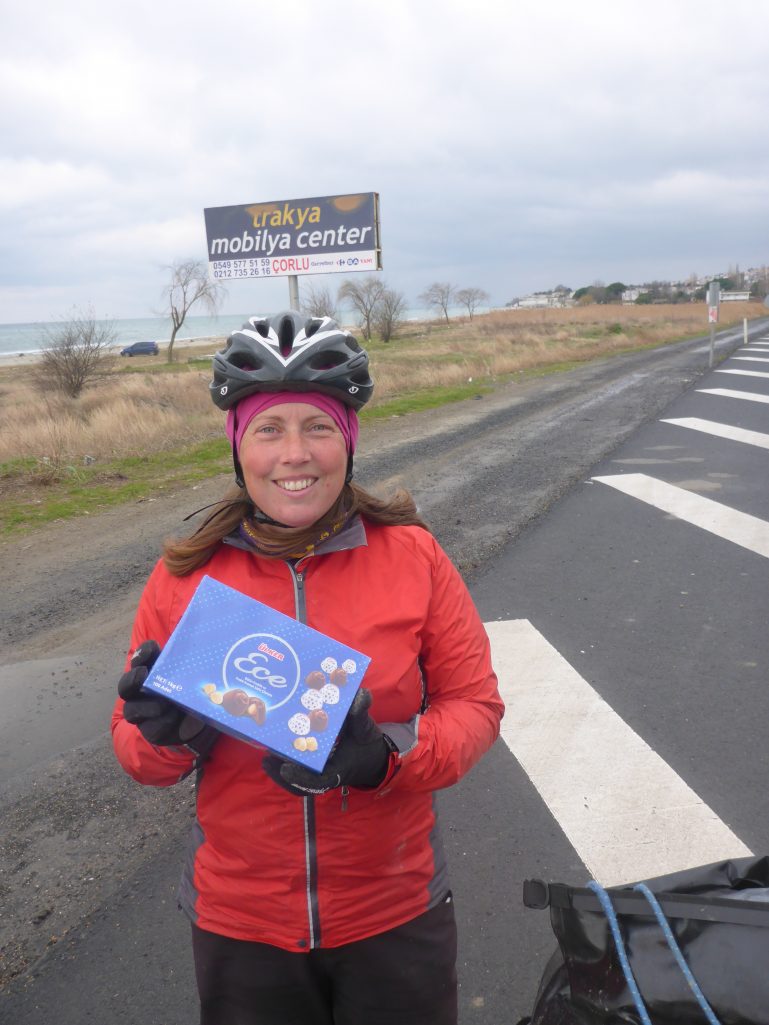
The D110 becomes the notorious D100 at Silivri and the change of number only seems to increase the volume of traffic. Inevitably a city of 15 million people sat on a land bridge between two continents creates a mighty bottle neck that has to be served by some major infrastructure. The subject of how to ride into Istanbul without perishing is the subject of dozens of blog posts and Internet articles with many reaching the conclusion that the best plan is to use the train. Minor roads are few and fiddly and cycle paths start to appear nearer the city centre but for now we have to just grin and bear it on the hard shoulder, which is thankfully wide enough to keep us away from the trucks speeding past.
At the top of a long, soggy climb ınto Büyükçekmece and with energy levels low after a tough day we pull into a service station to check for emails. We’d sent 2 last minute Warmshowers requests and were praying that one of them had been accepted but unfortunately both of them had to decline. The garage staff take us into their office and serve us çay while we check for nearby hotels on Bookıng.com. 15 mınutes later we’re checked in, muddy panniers are chucked in the shower and its a relief to lie down in a warm and quiet room after all the noise, fumes, cold, rain and hills.
It was colder than we thought outside as in the morning there’s a compete white-out. A few centimetres of snow has fallen and its beginning to snow again when we set off which should make the D100 even more interesting.
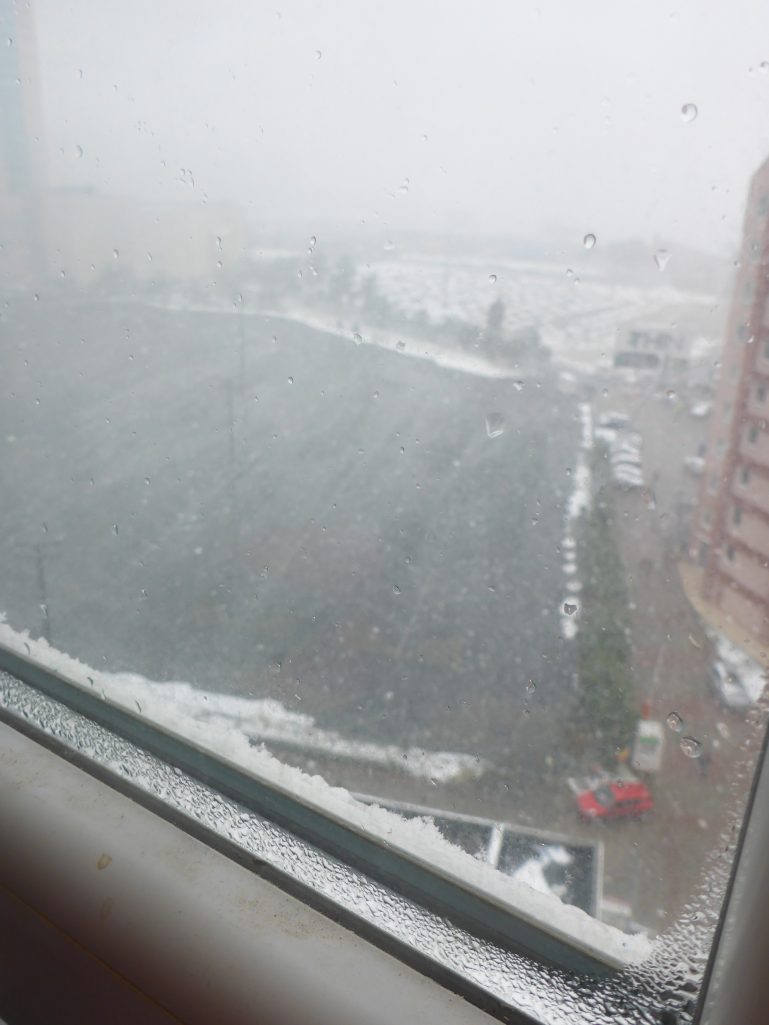
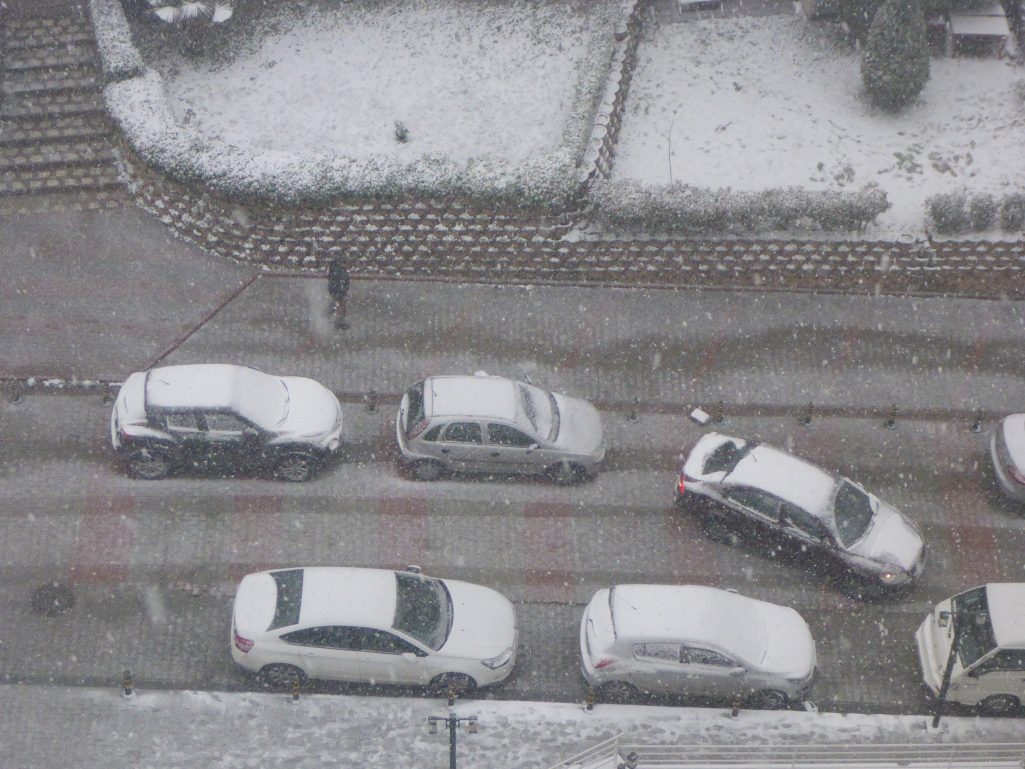
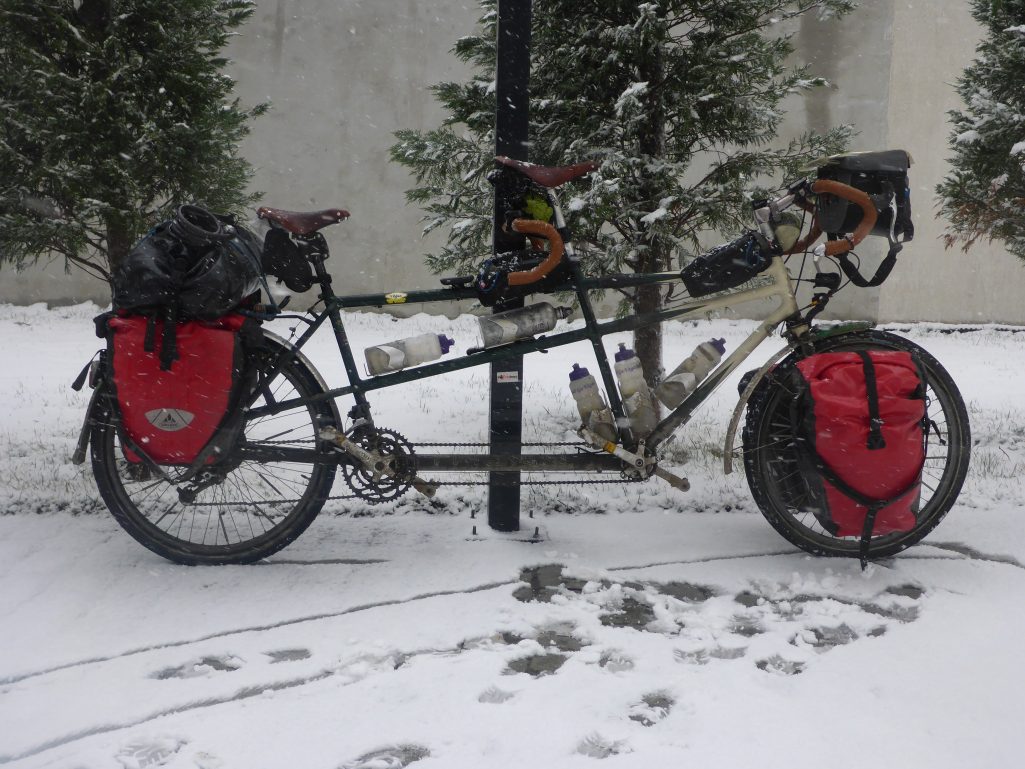
Luckily the road is well gritted and the weather is slowing the traffic down to a speed not much greater than ours. I position the bike right in the middle of the lane to prevent any unwanted overtaking manoeuvres and we seem to be getting plenty of space from all the drivers. Most of them quite rightly think we’re mad being out in this weather and a few wind down their windows to tell us exactly that, but with plenty of smiles and waves of encouragement. The snow is falling heavily again and after a long downhill from the hotel the front of the bike is coated like a giant coconut cake and I have to prevent total snow blindness by wiping my glasses every 30 seconds.
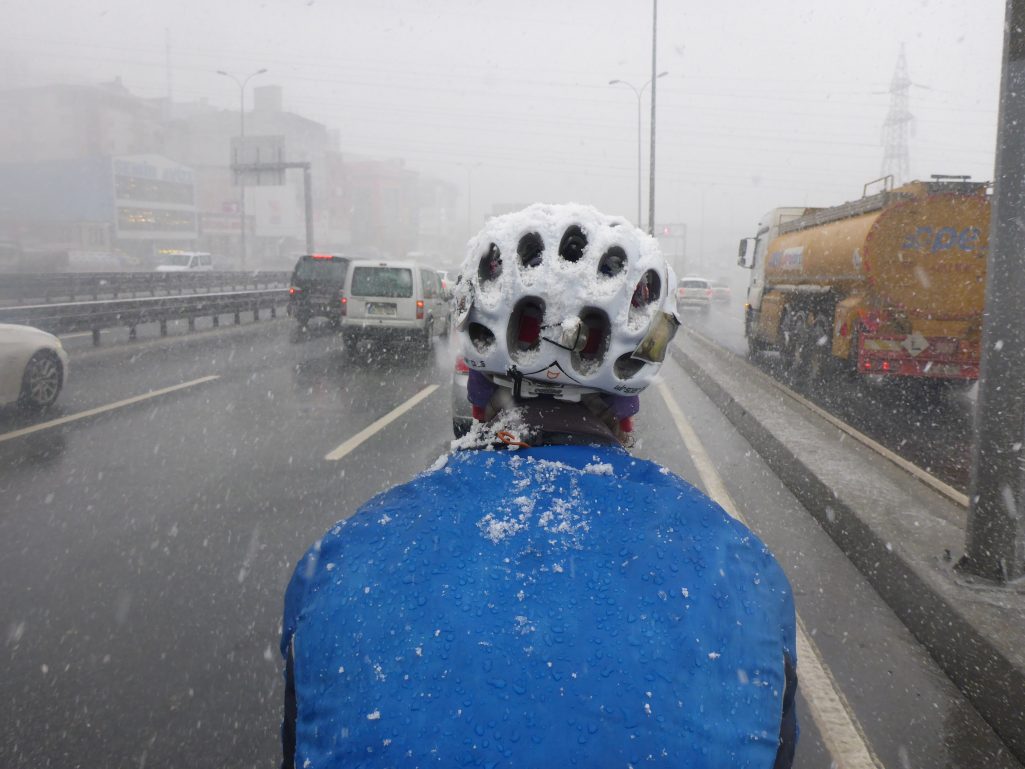


Eventually we get to turn off the main road and pick our way through side streets crammed full of shops selling anything and everything and with the aromas of all sorts of interesting smelling foods wafting out of doorways.
We arrive at the tall apartment block that the Garmın tells us belongs to our host, Erdınç but the entry code we’ve been given doesn’t seem to work. Nor does the doorbell and he’s not answering his phone. Cold and wet and standing in the foyer we contemplate our options but just as we’re trying to explain our situation to someone living in the block Erdinç calls back and asks where we are. We’re not outside his flat that’s for sure as that is where he is calling from, so we hand the phone to a bemused cleanıng lady who has been watching us and she describes to Erdınç our location. While we wait for Erdinç to rescue us we get given an orange by the cleaning lady and offered çay by a security guard. We were actually a 10 minute walk from the correct apartment block so not too far out.
So now we’re finally in Istanbul, gateway to the east and with a vast city to explore. Only we’ve been housebound for the last 2 days. The snow continued to fall heavily and there’s at least 50cm filling up the balcony and covering cars and the surrounding roads. Flights have been cancelled and there were 800 reported traffic accidents on Tuesday so we have to be very glad we made it here when we did. İt’s the heaviest snowfall for at least 10 years. But the chances are that if we try to get a bus into the centre we may be stuck on it all night, so our best option is to sit tight and wait for the big thaw which should be starting by the weekend. Luckily Erdinç and his parents are superb hosts with the typical generous Turkish hospitality that we’ve already seen so much of. If we’d been one day later then we could well have been holed up in the tent behind a service station right now!
